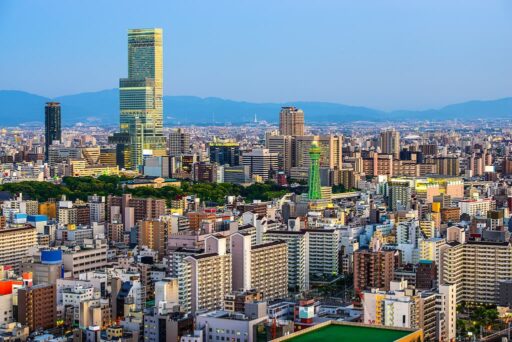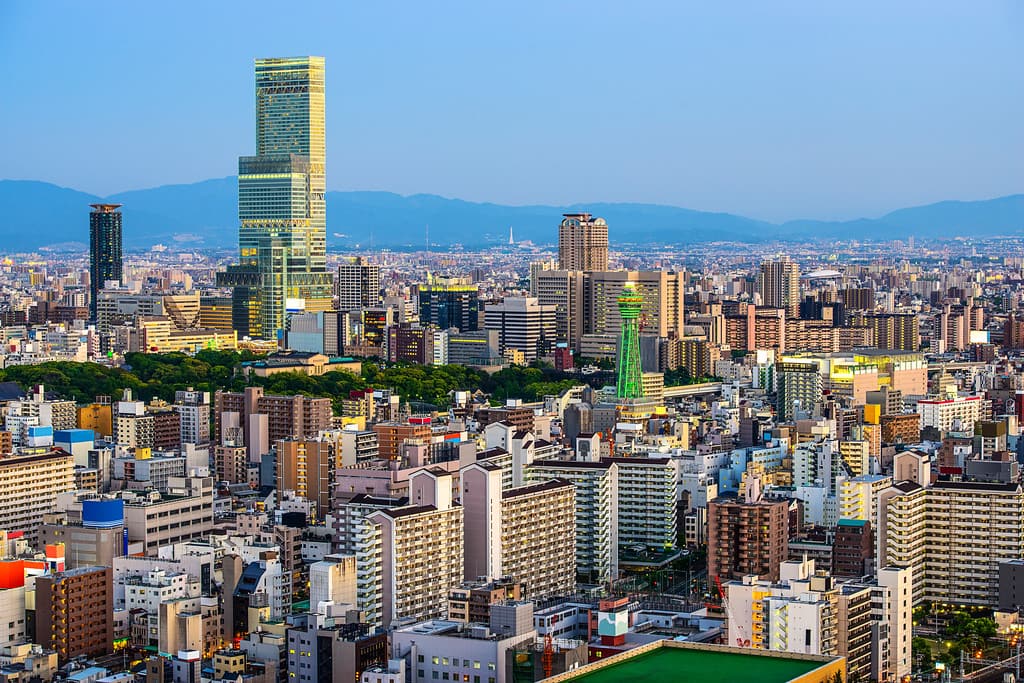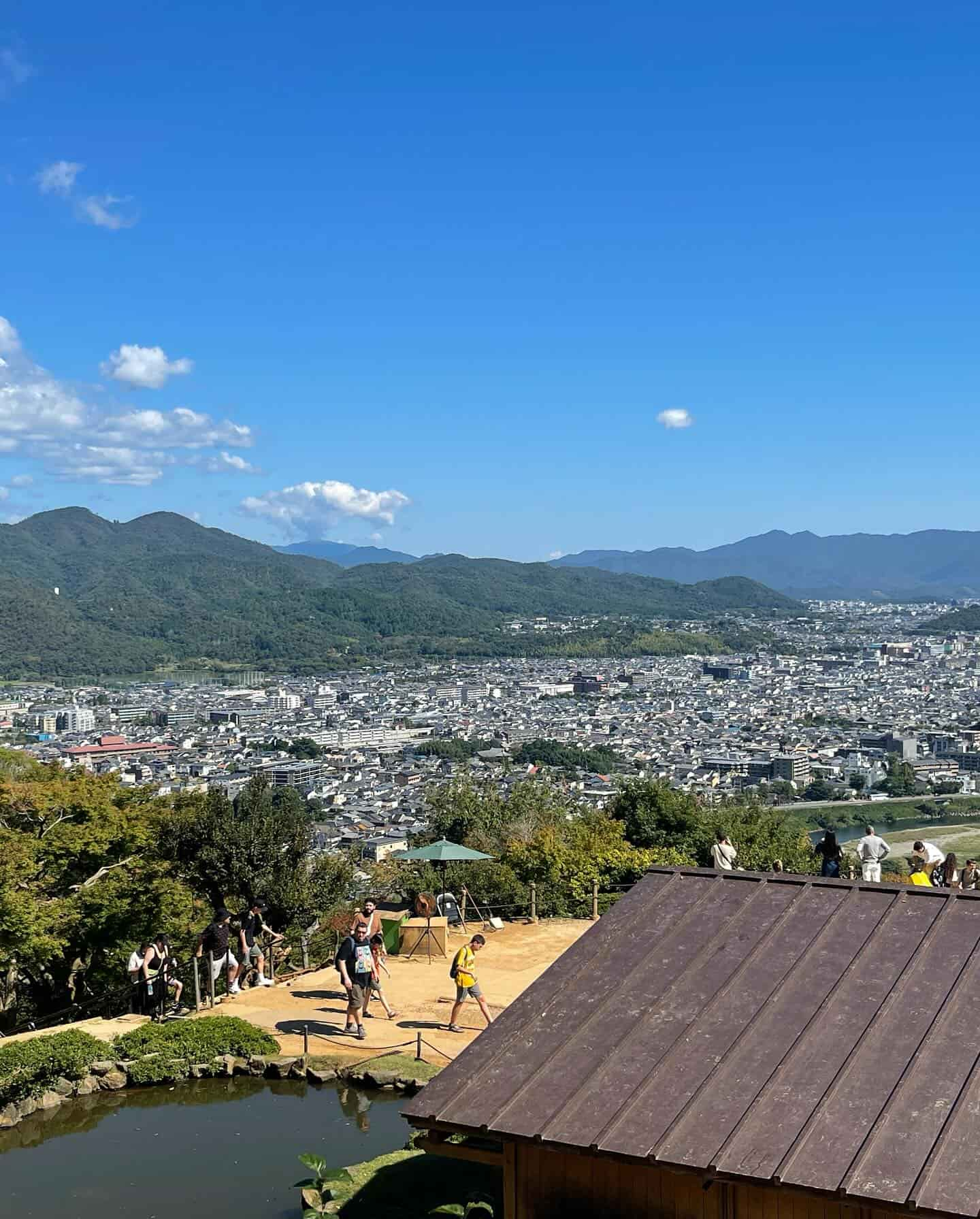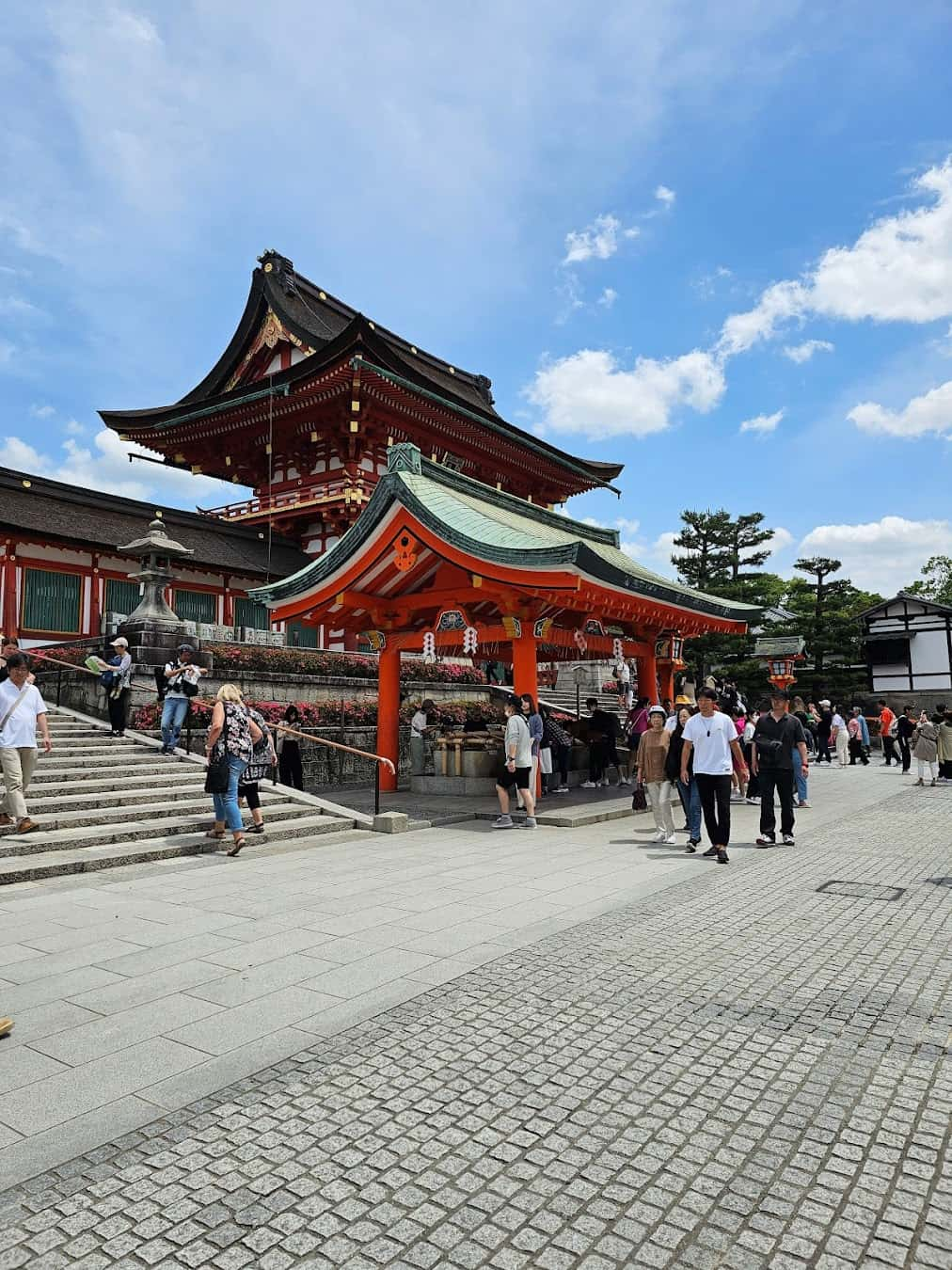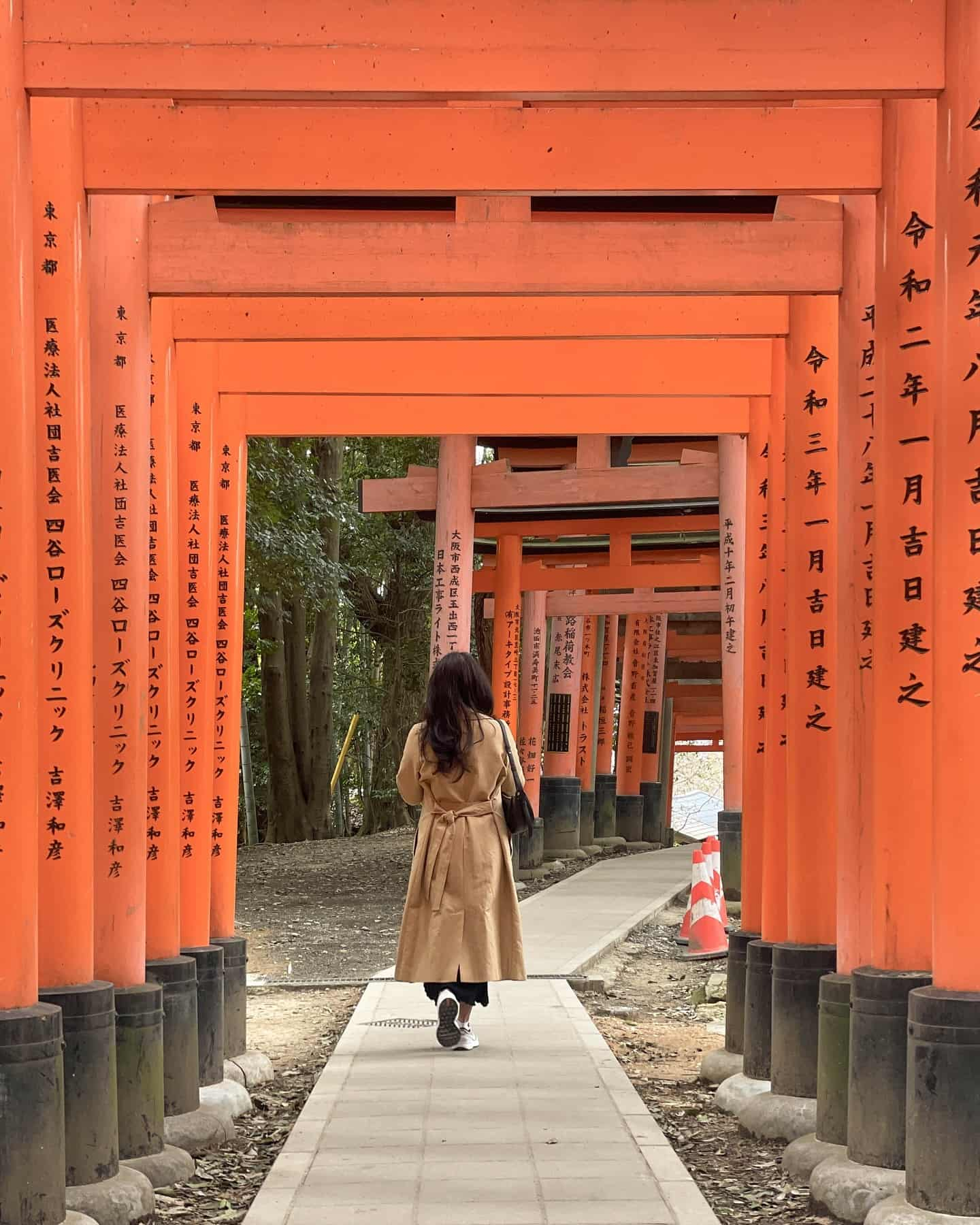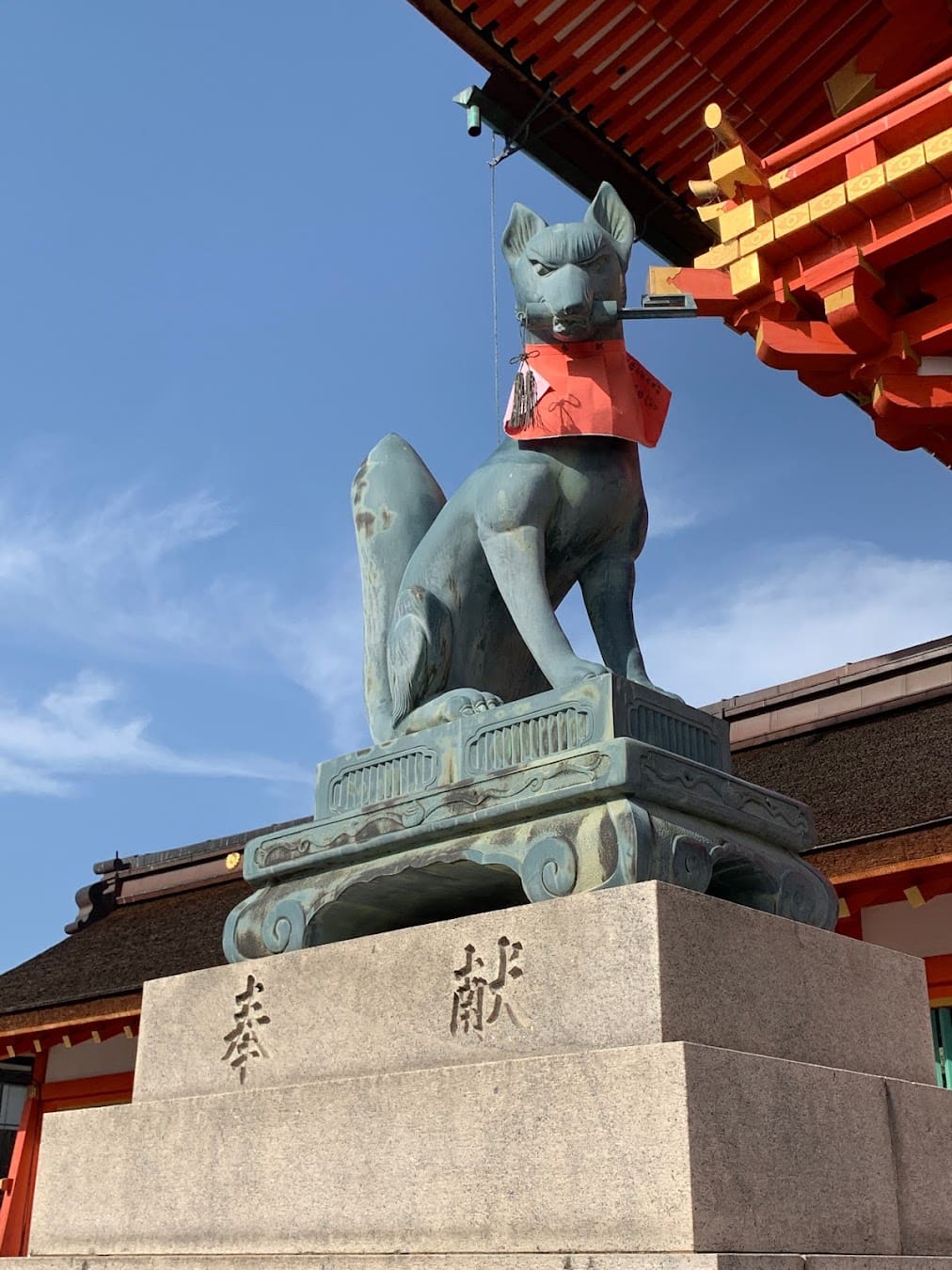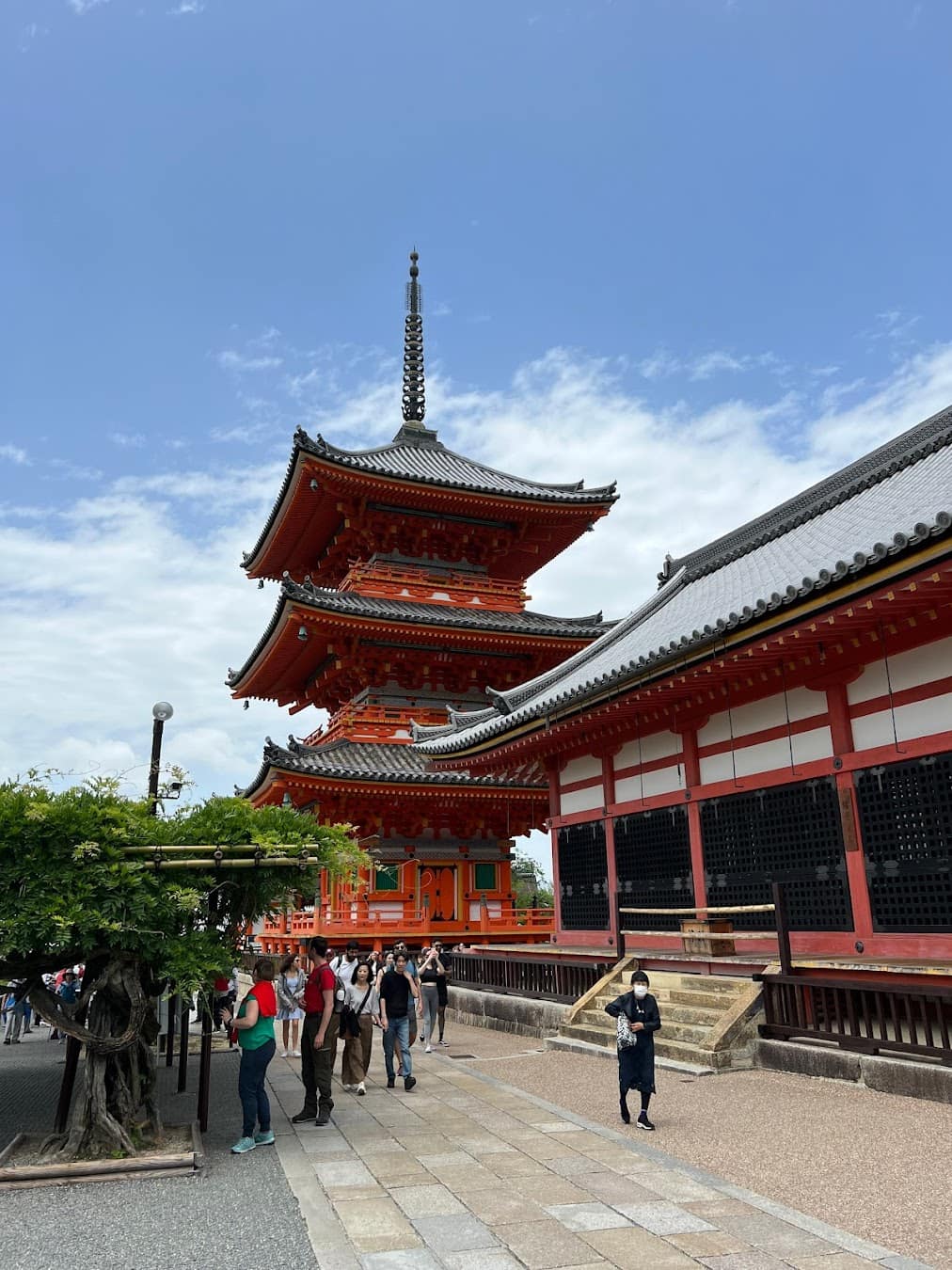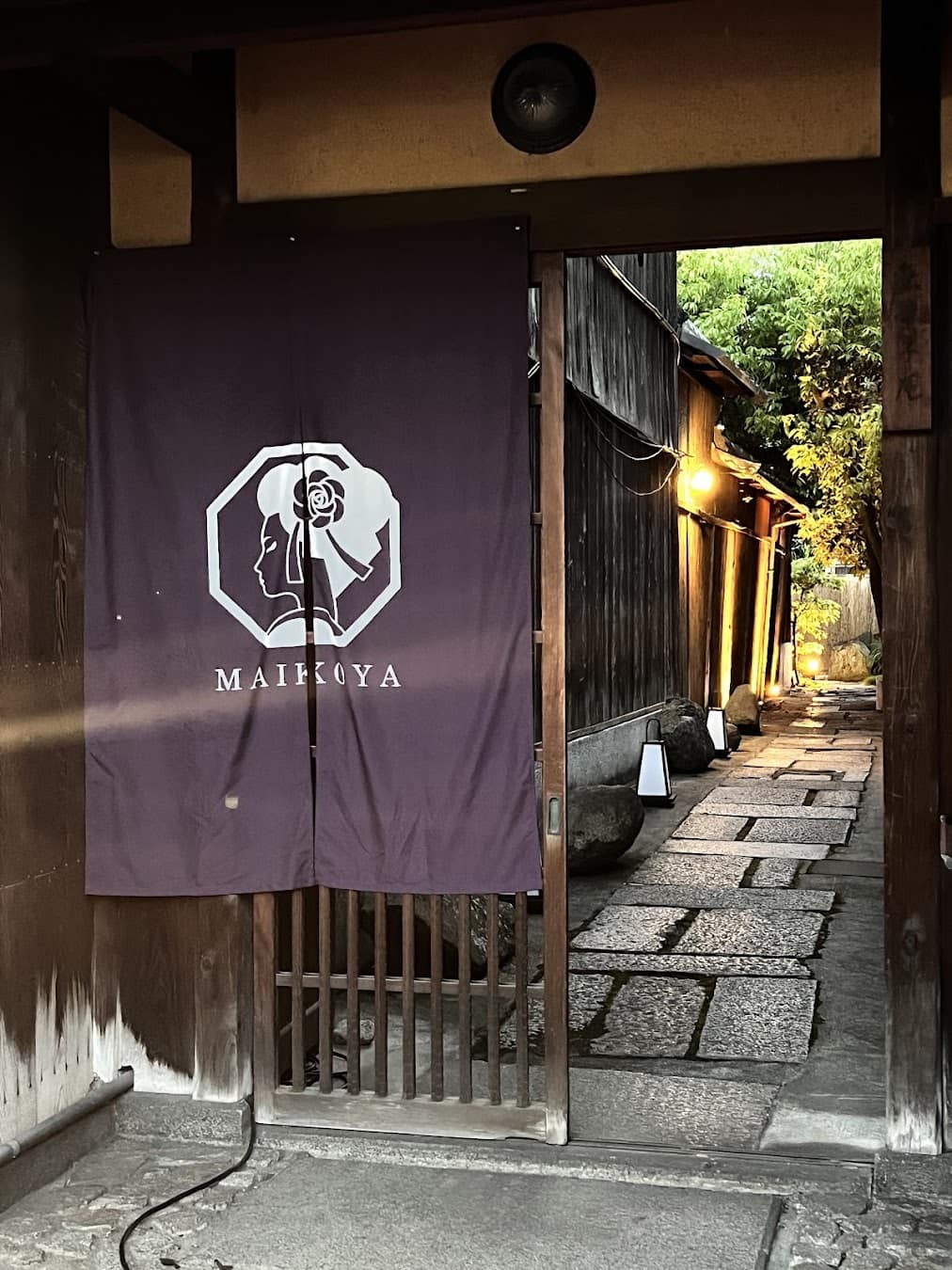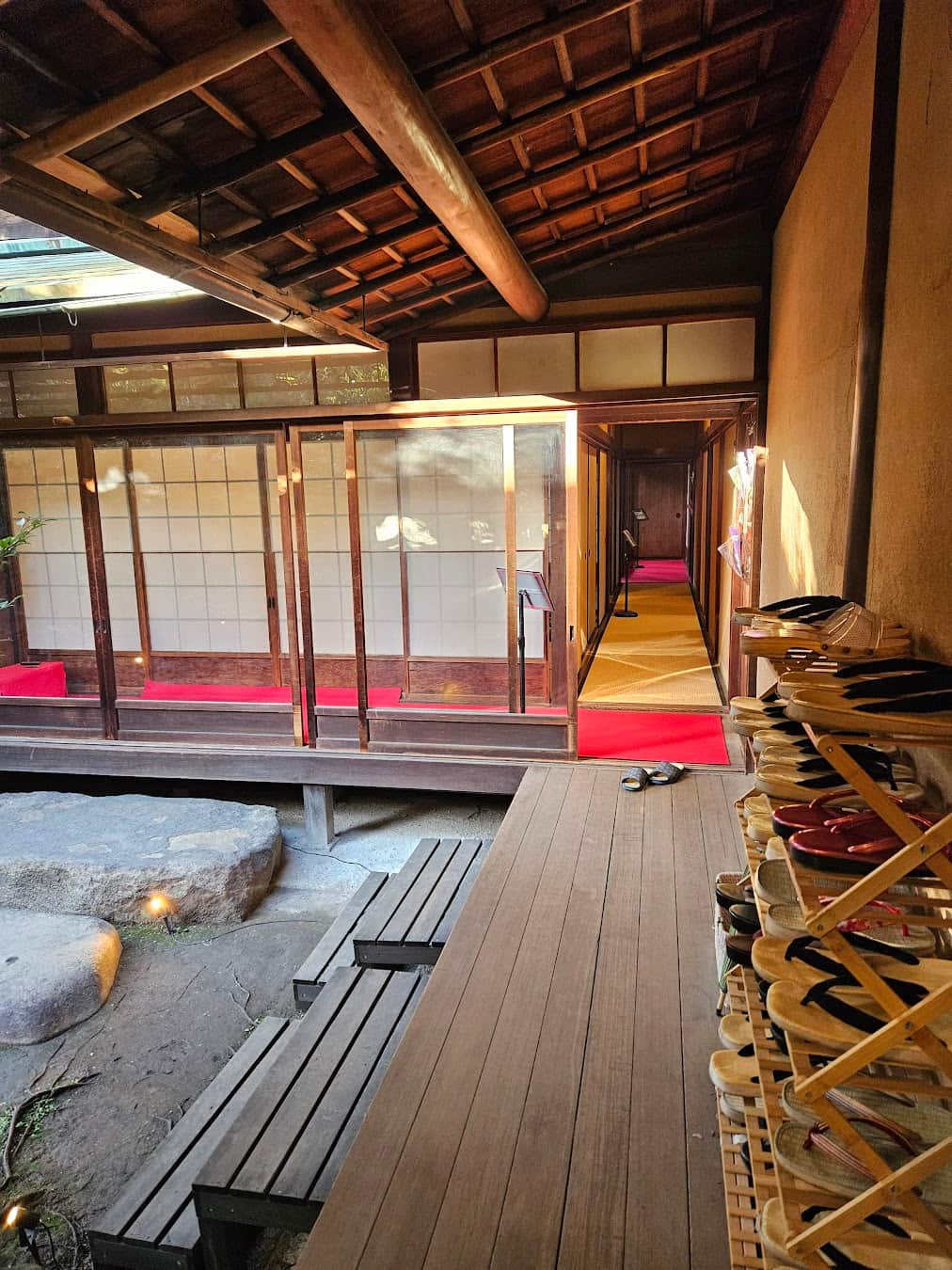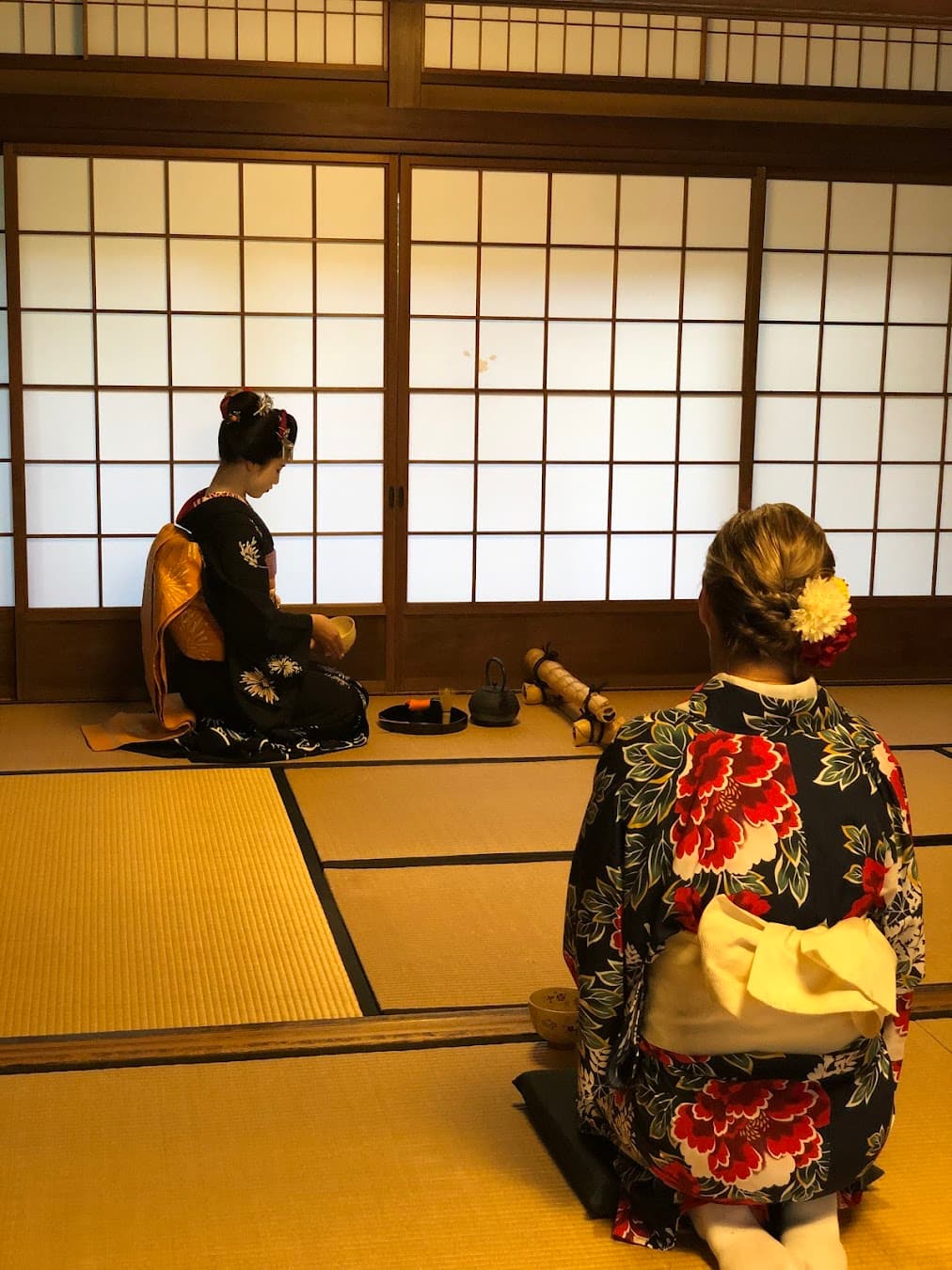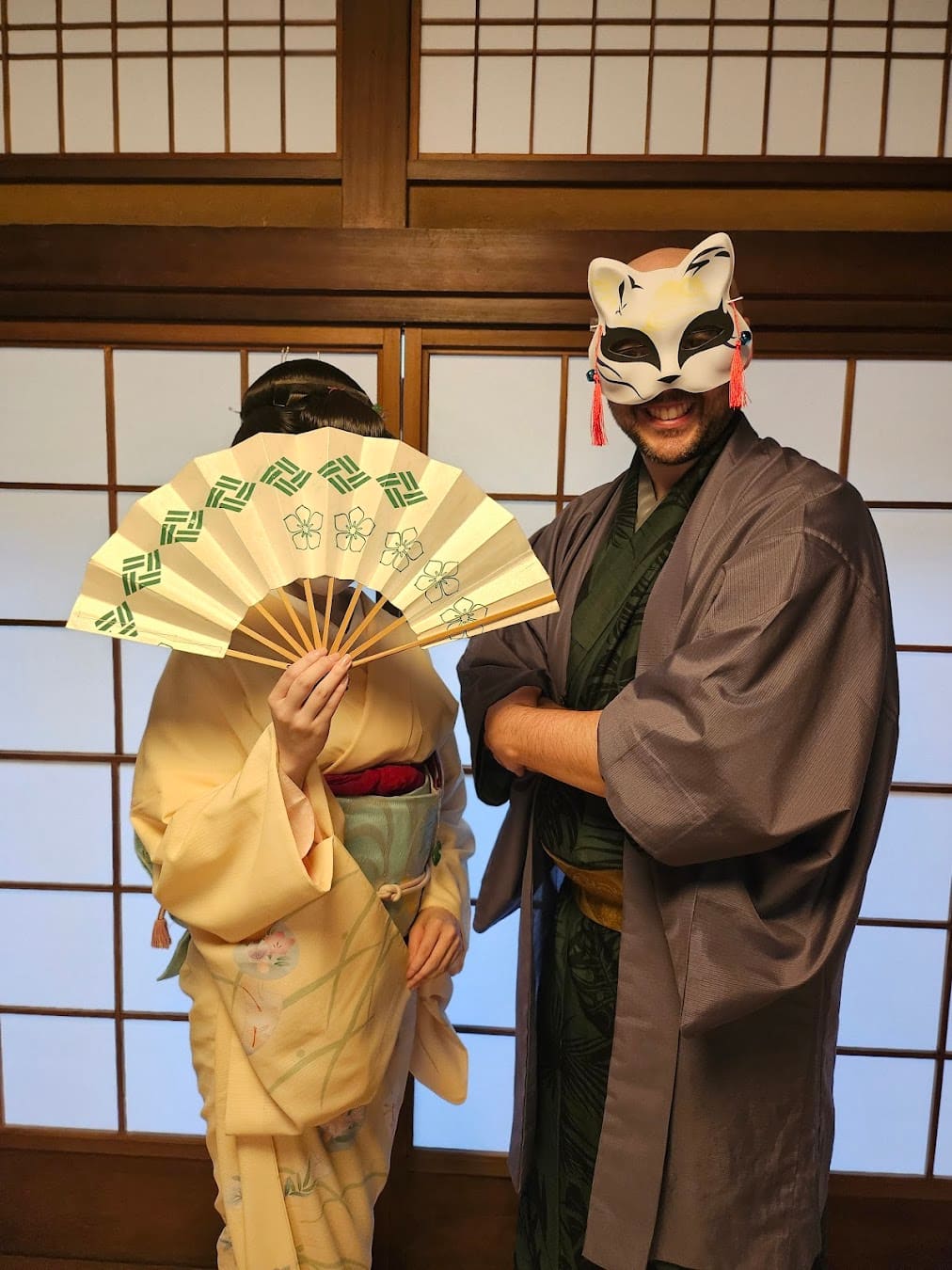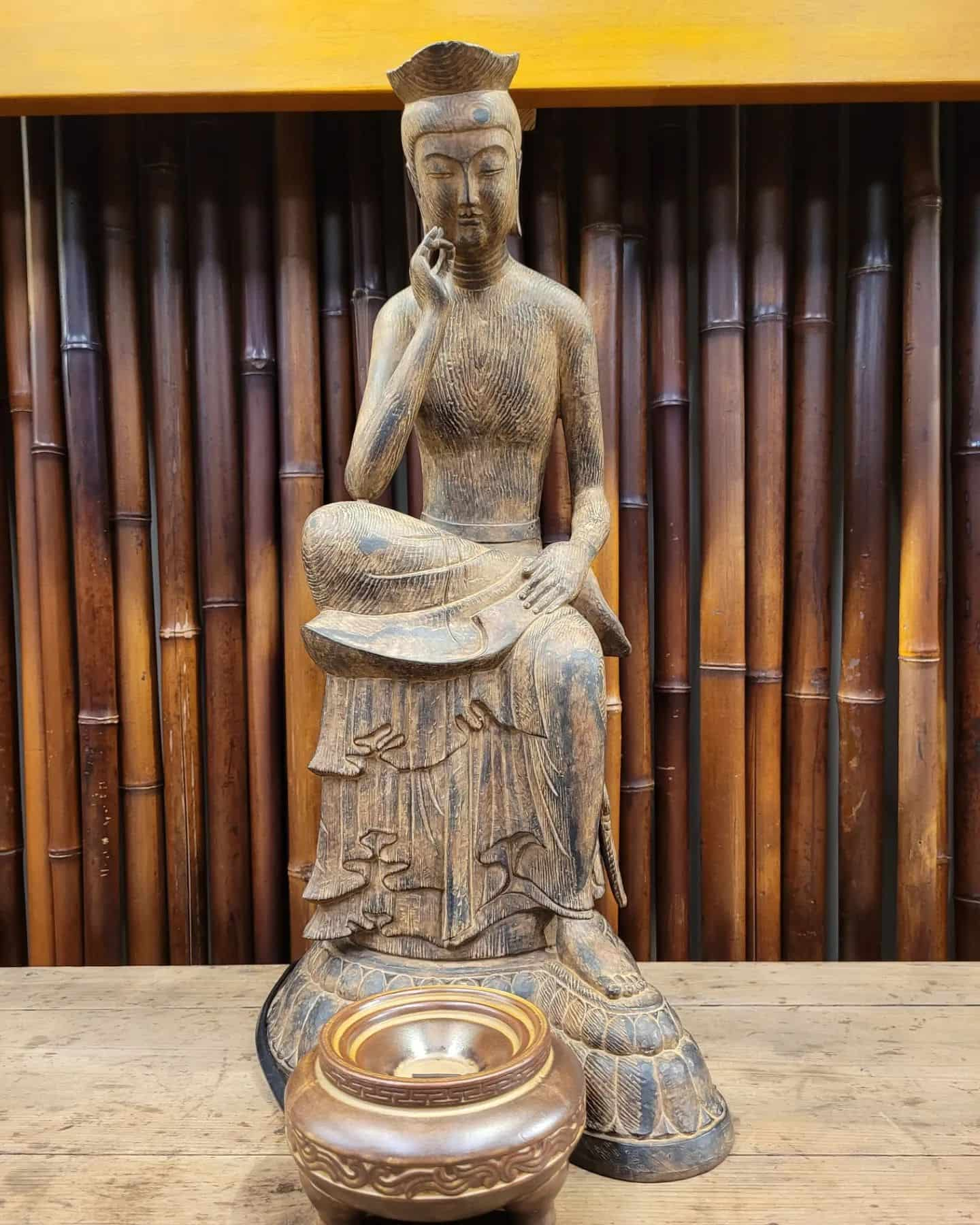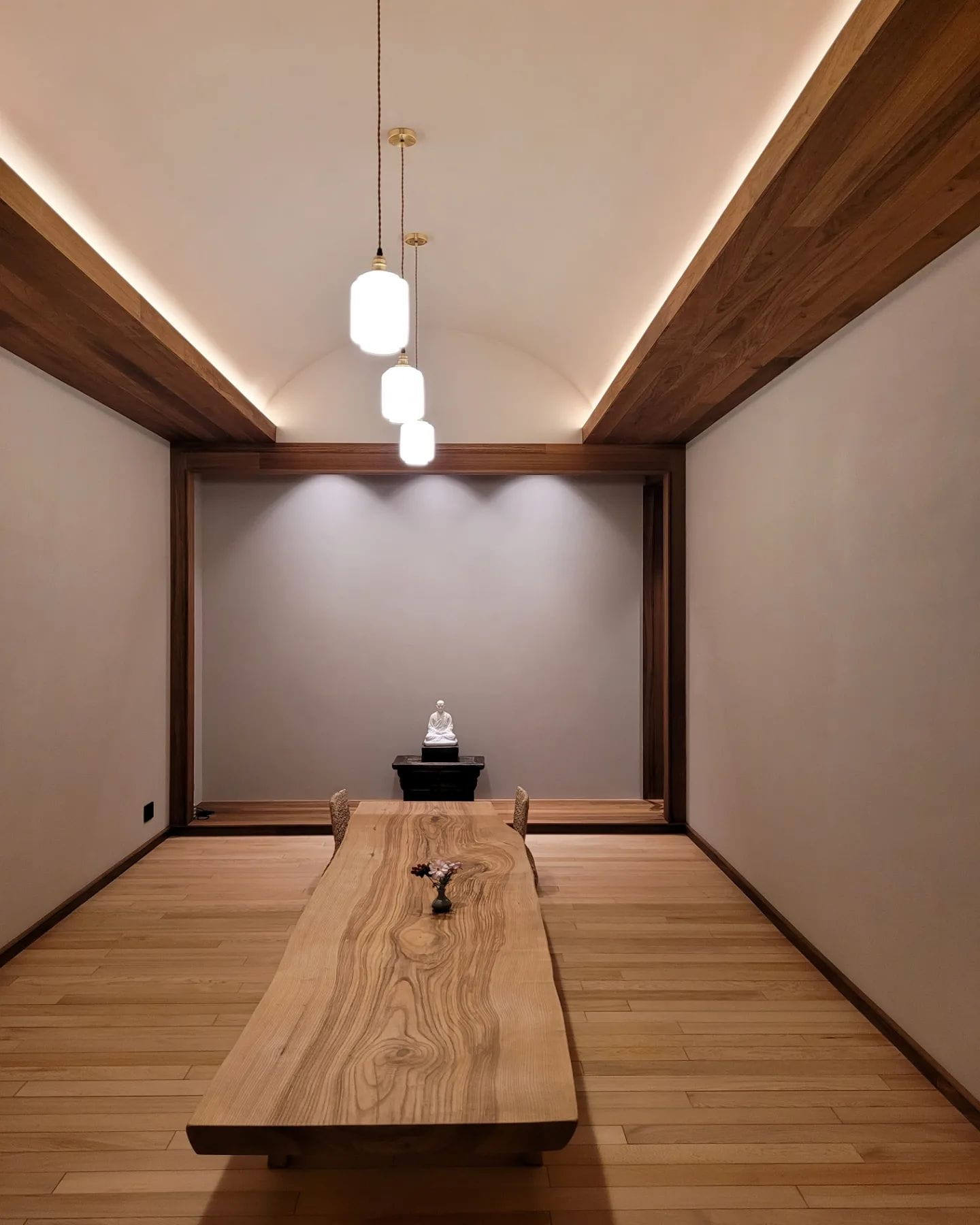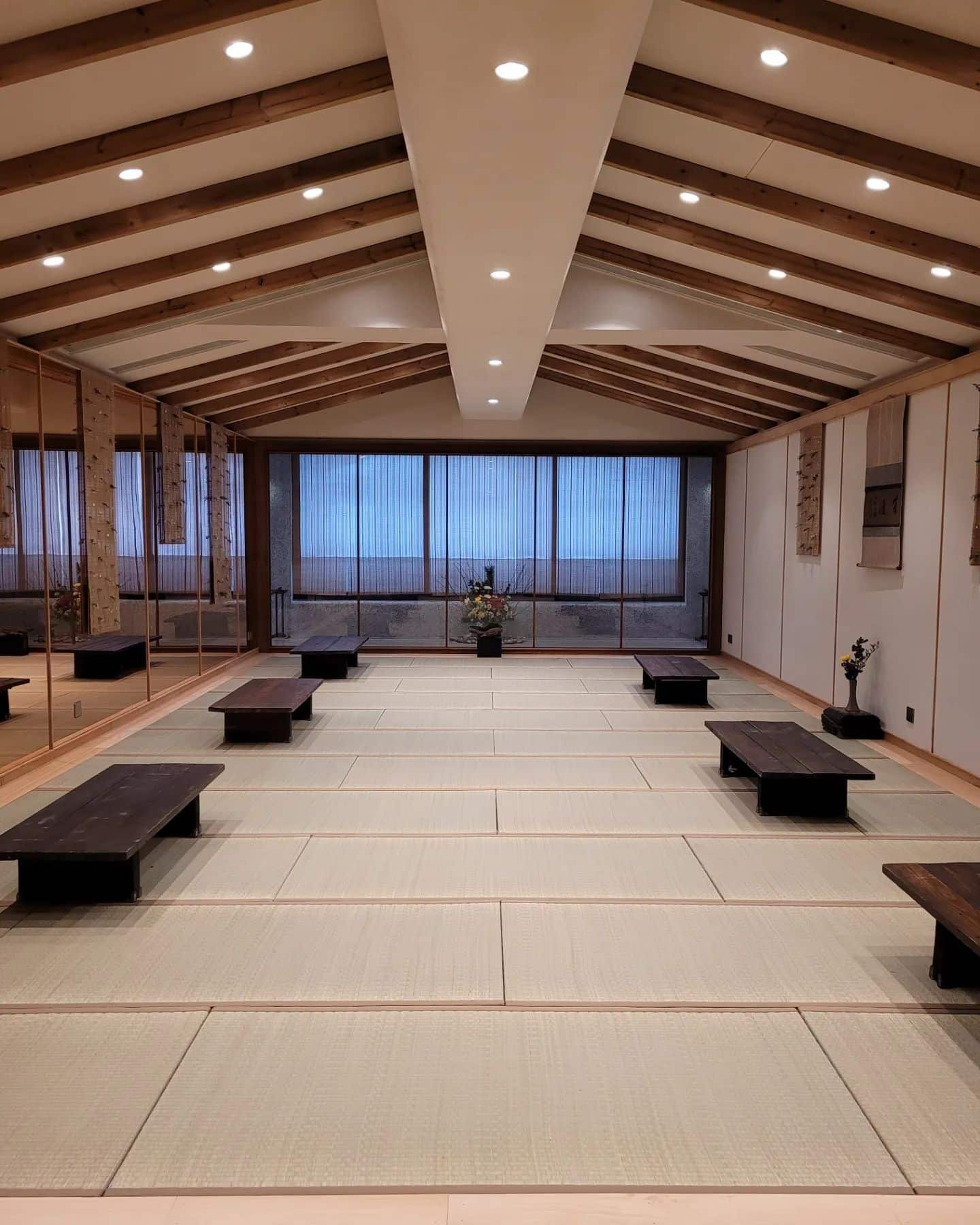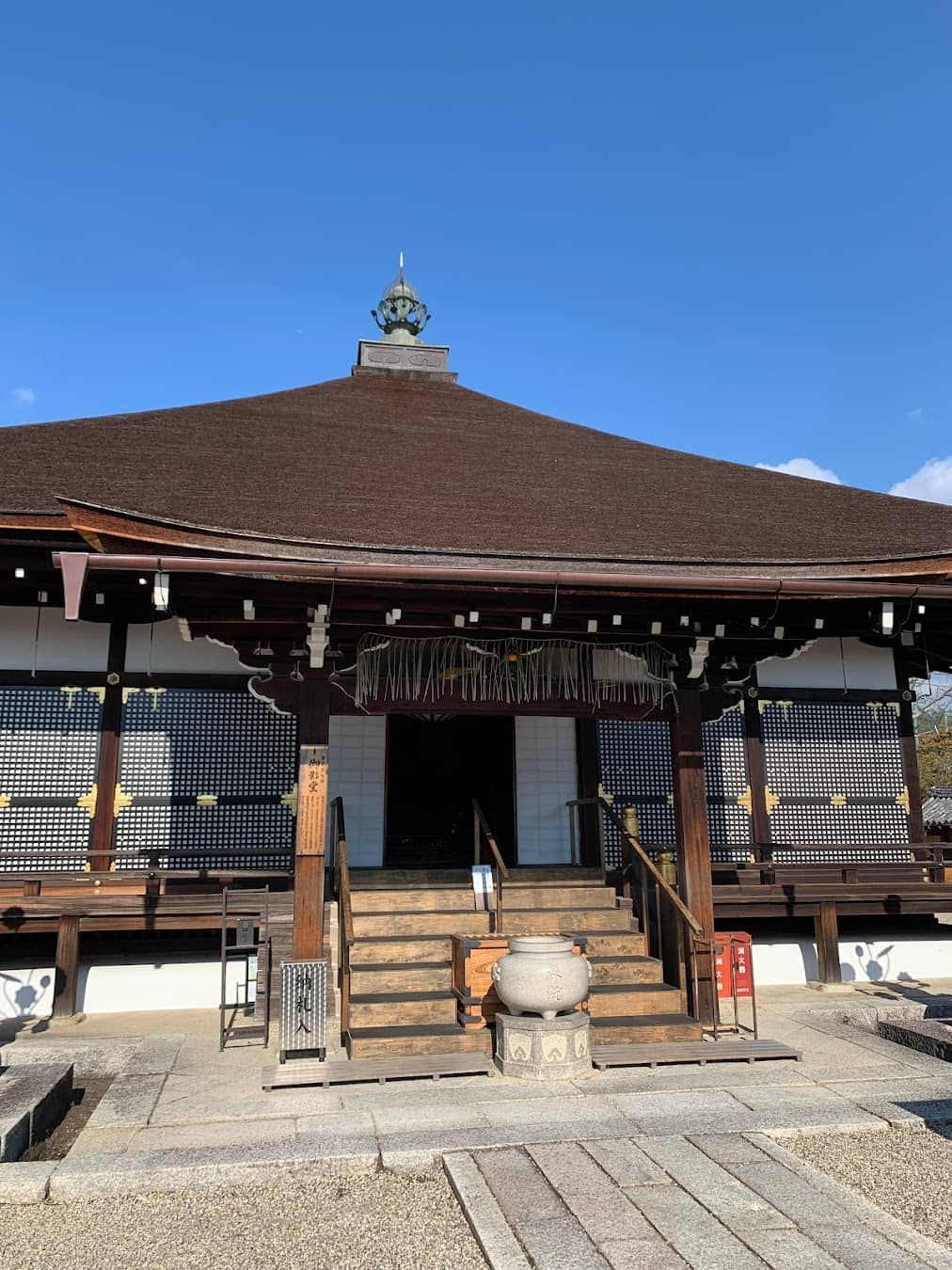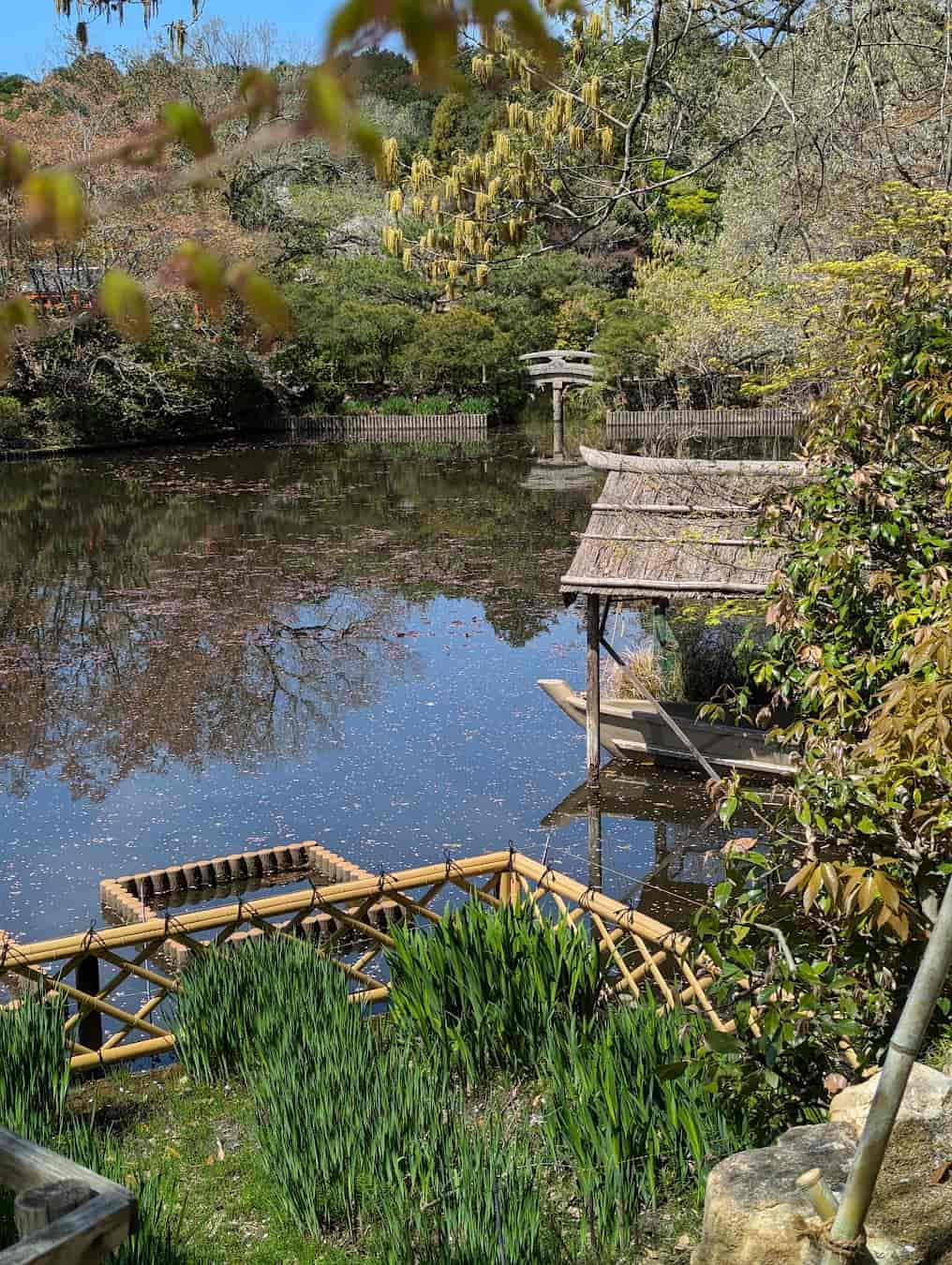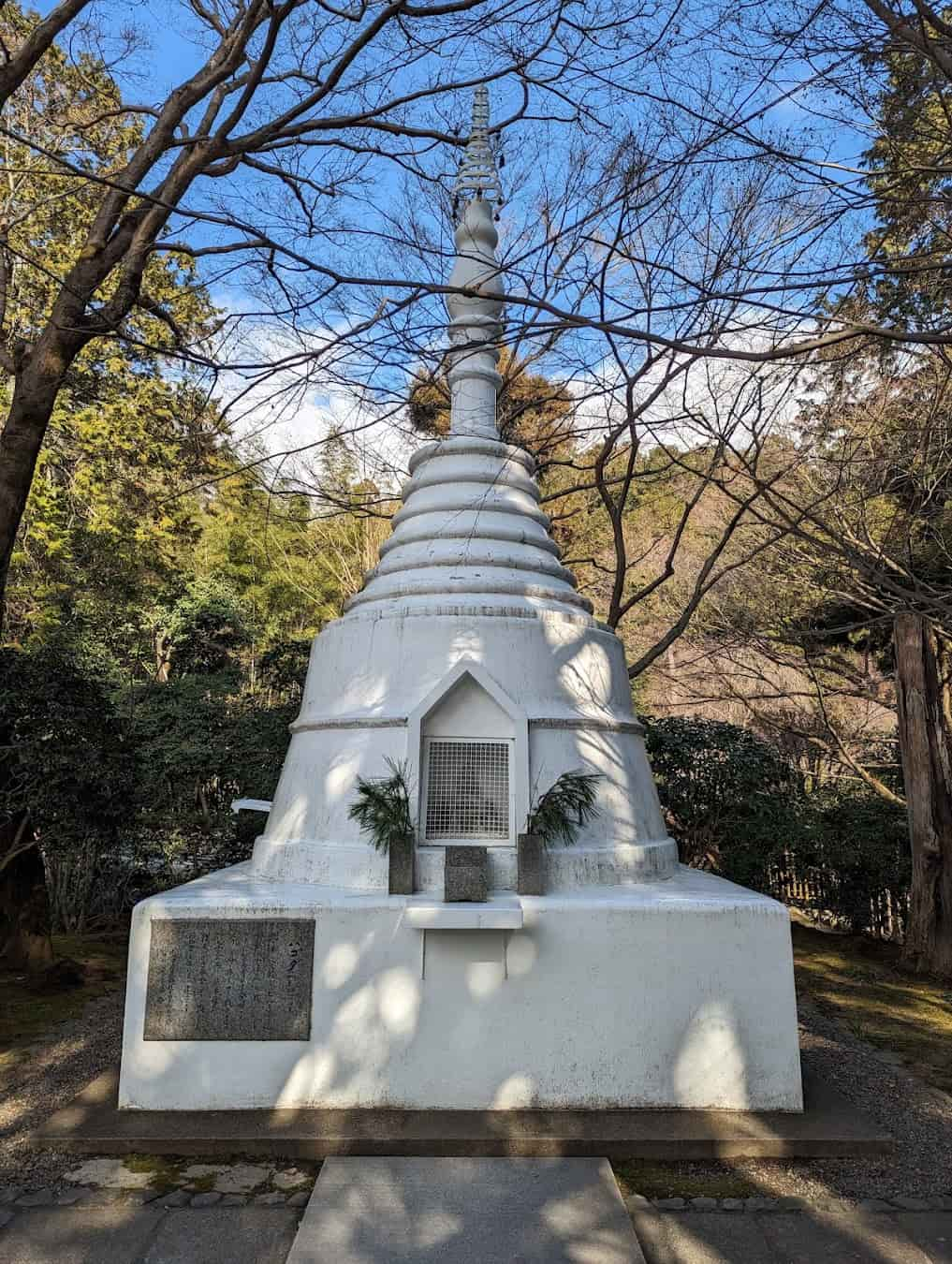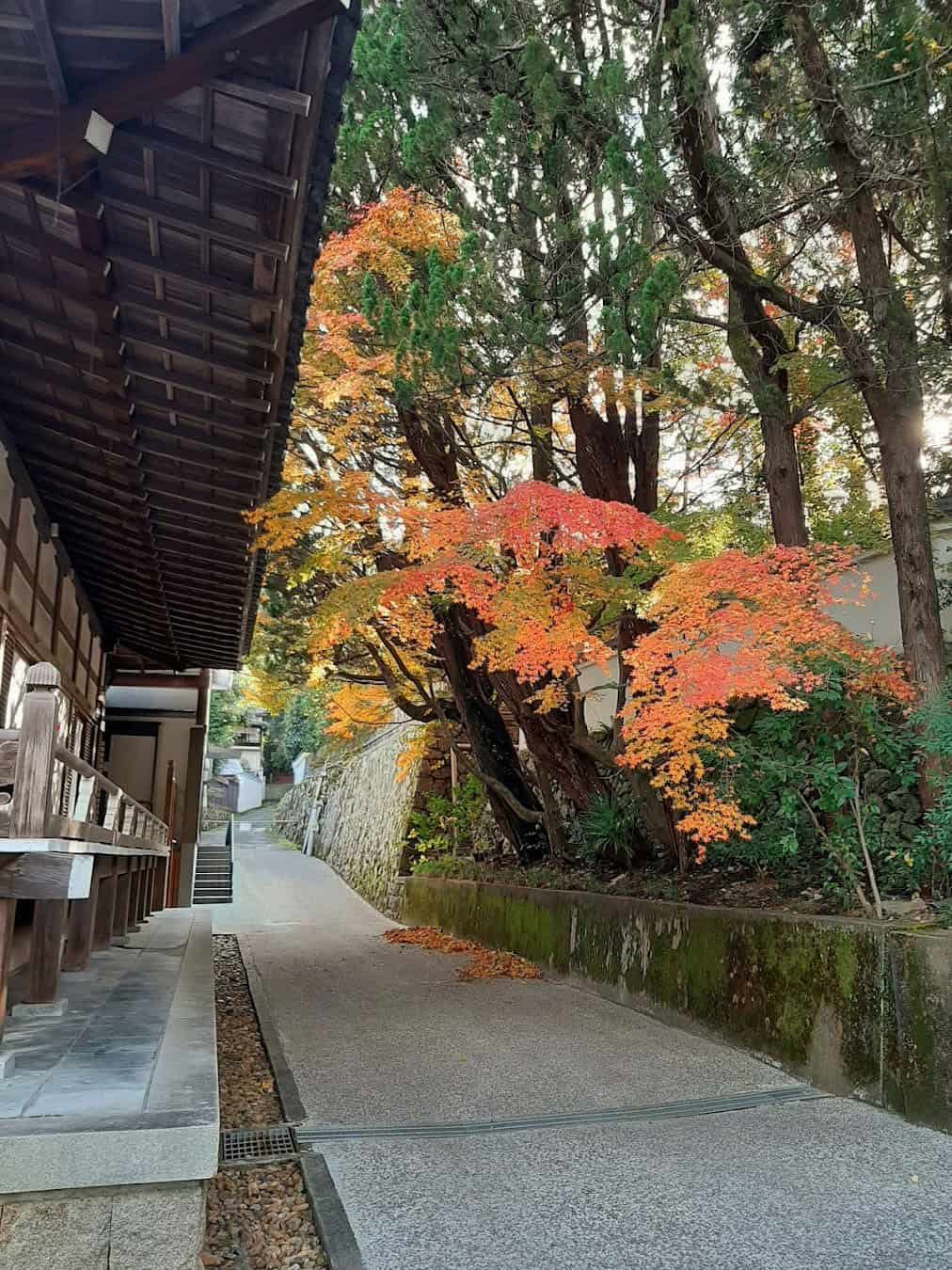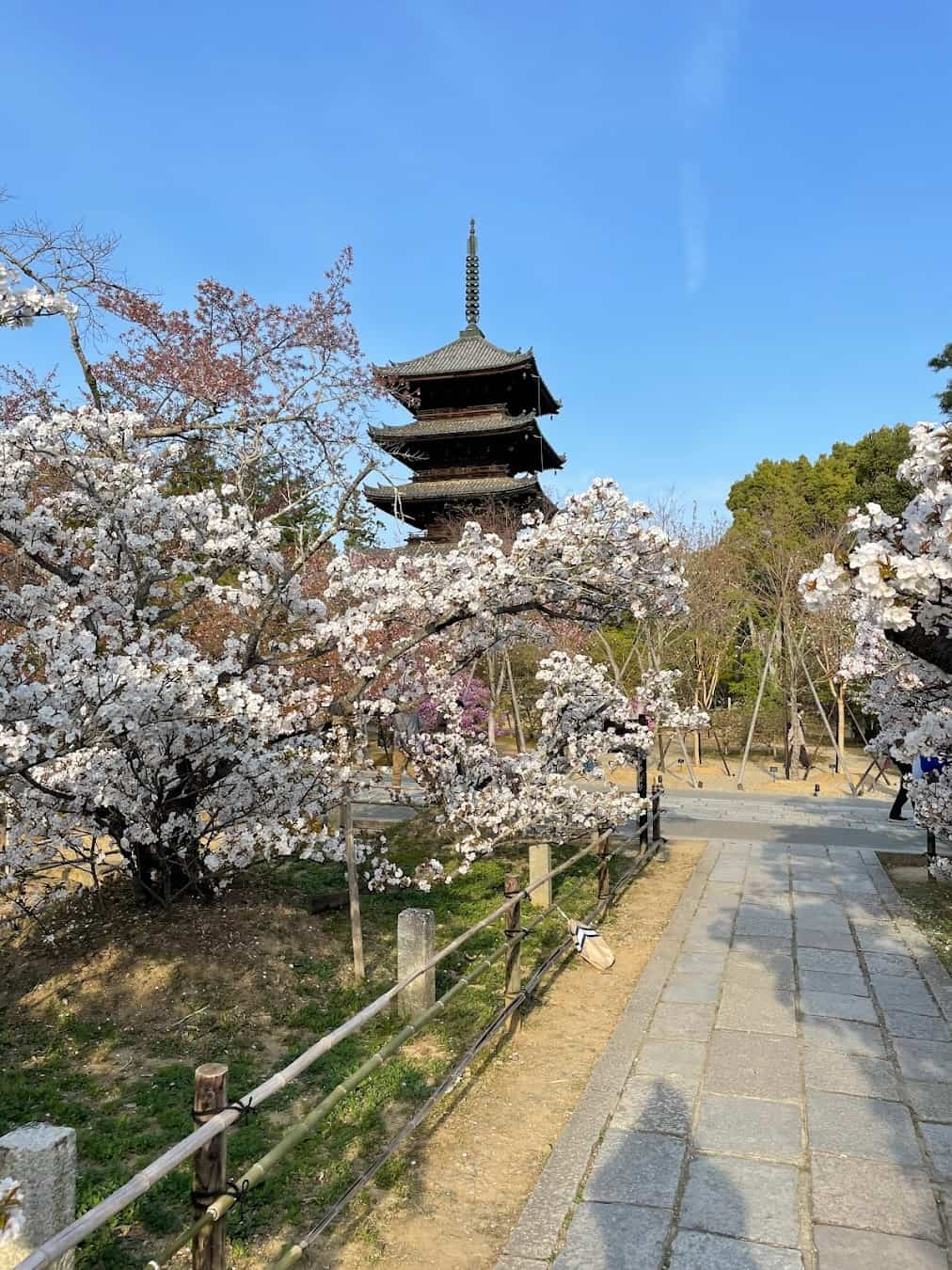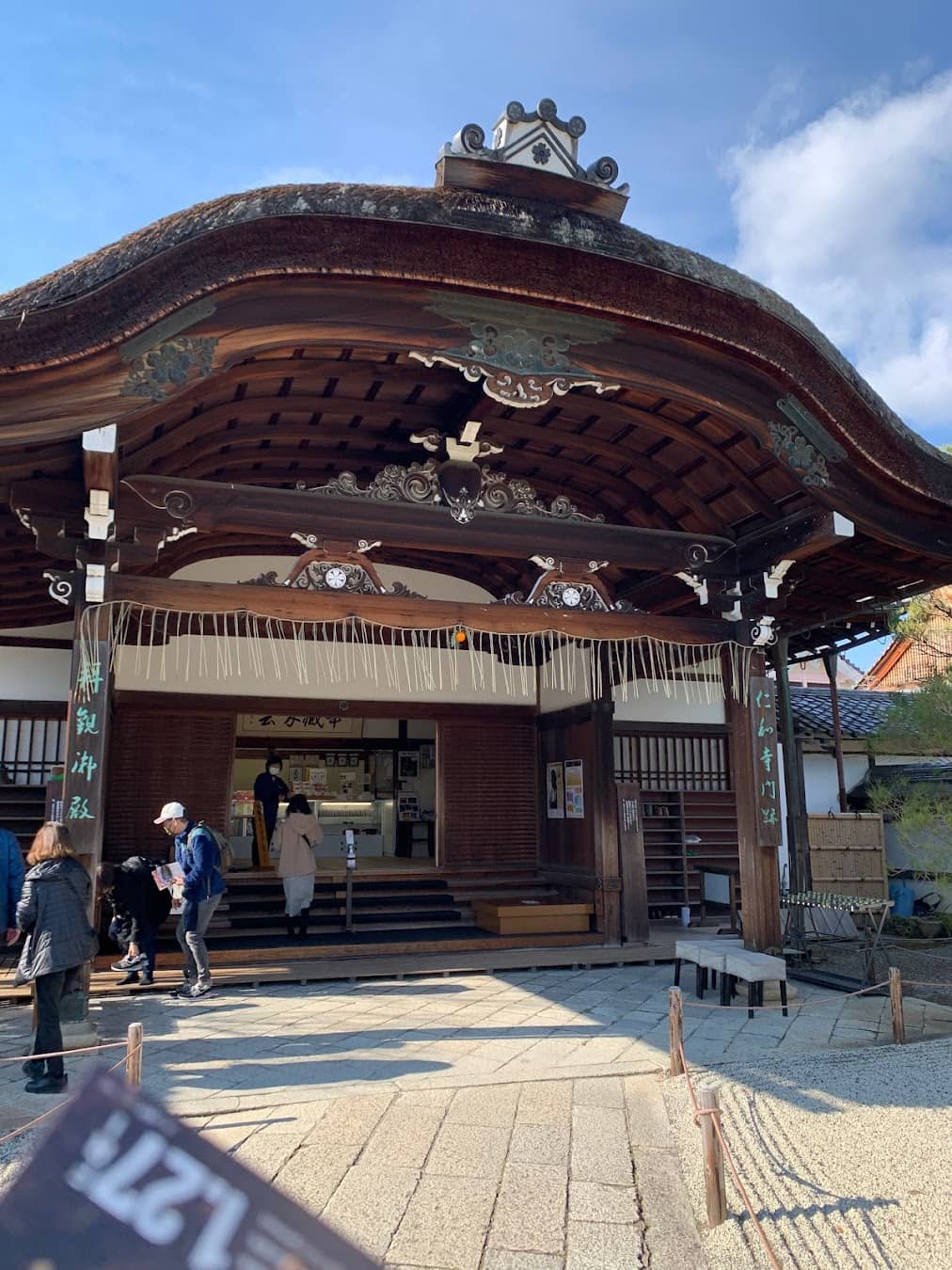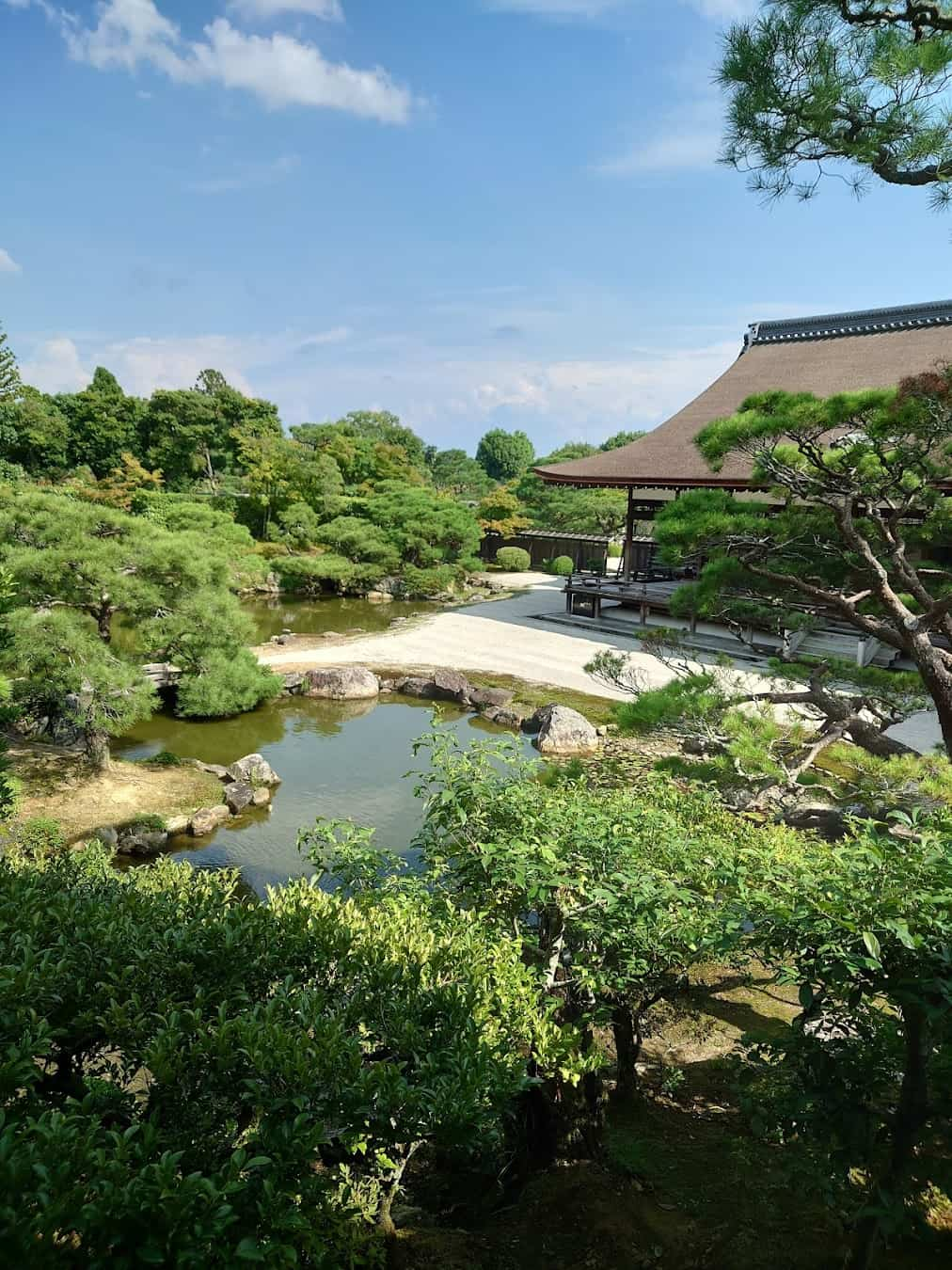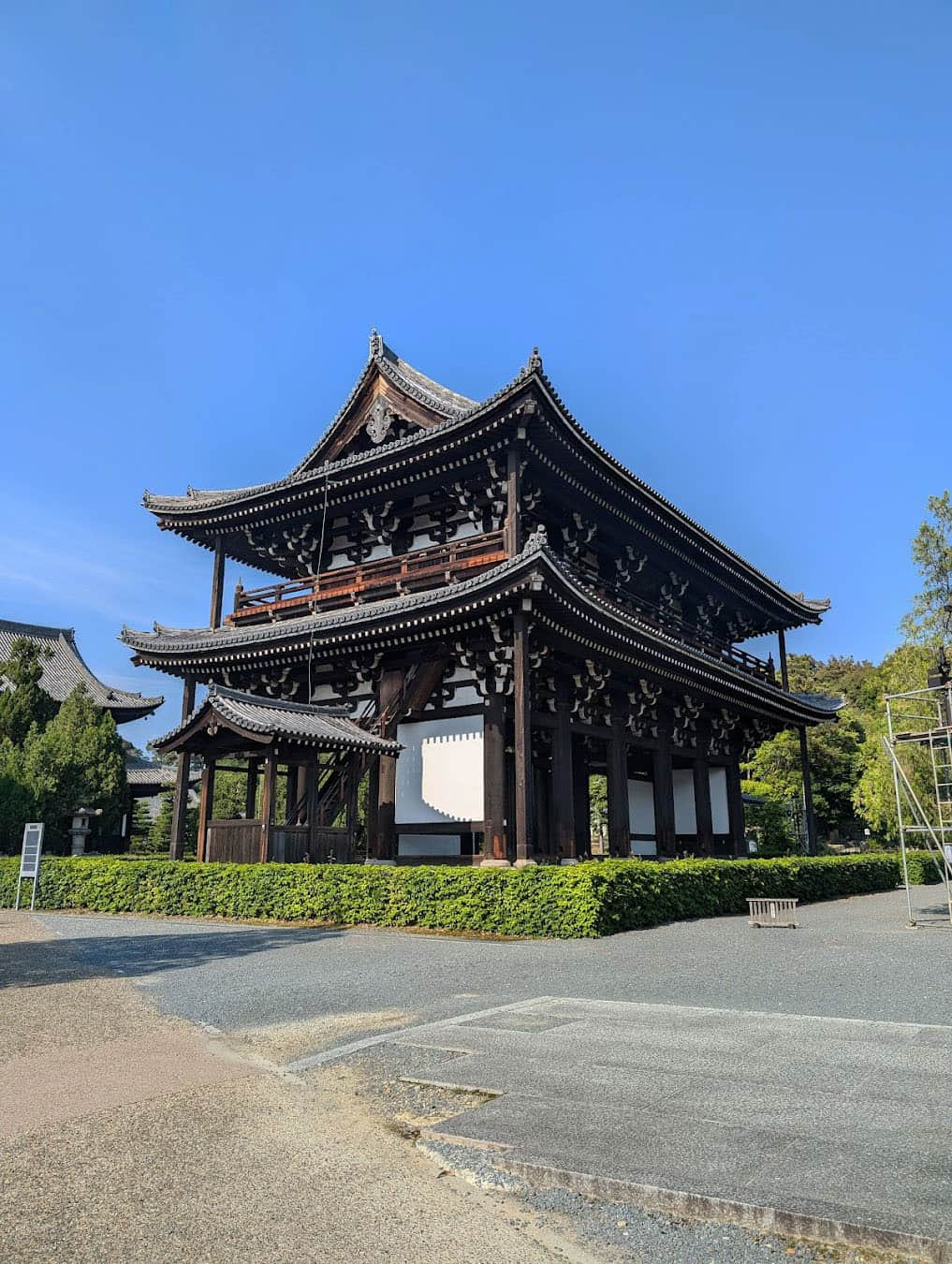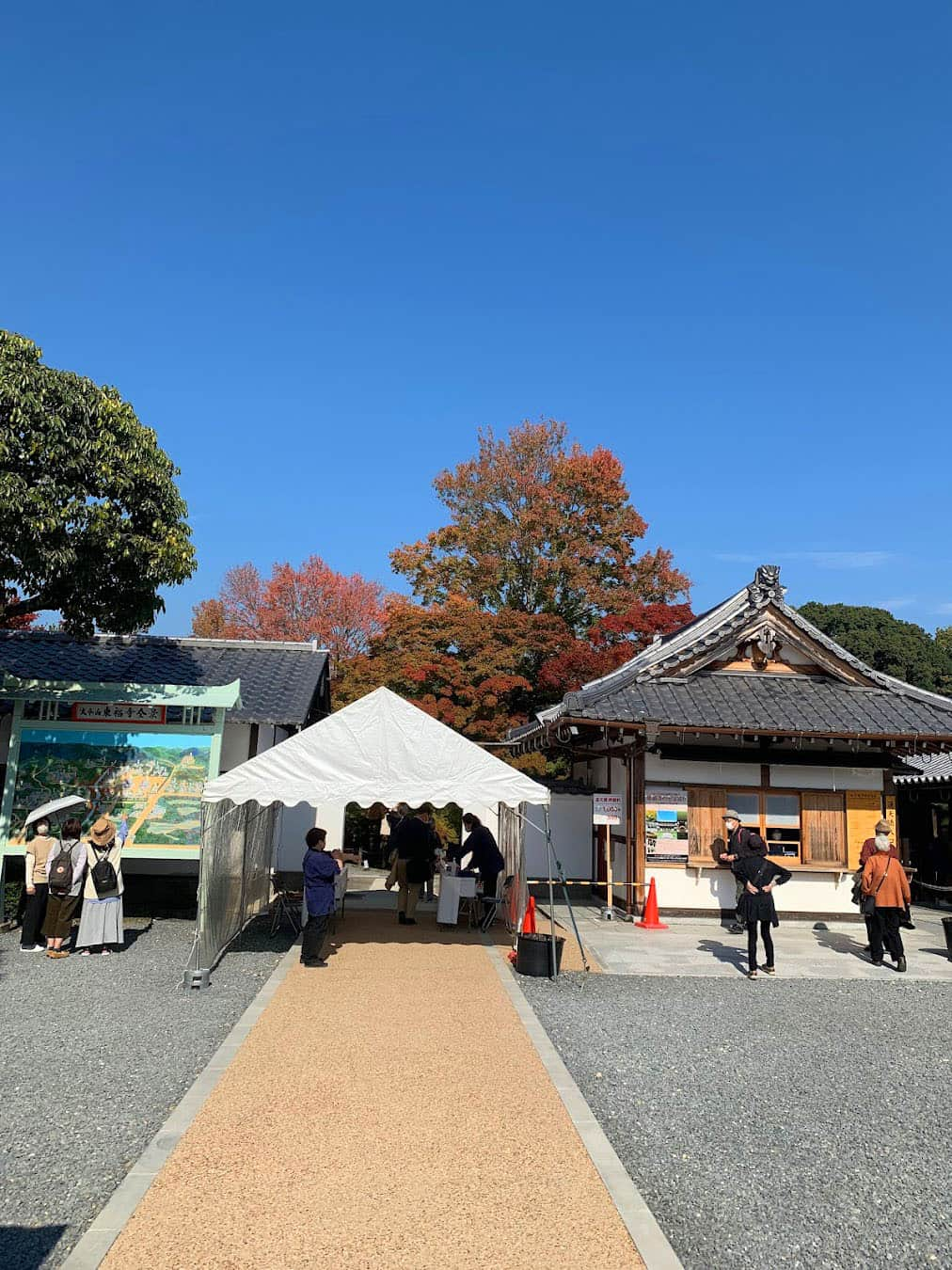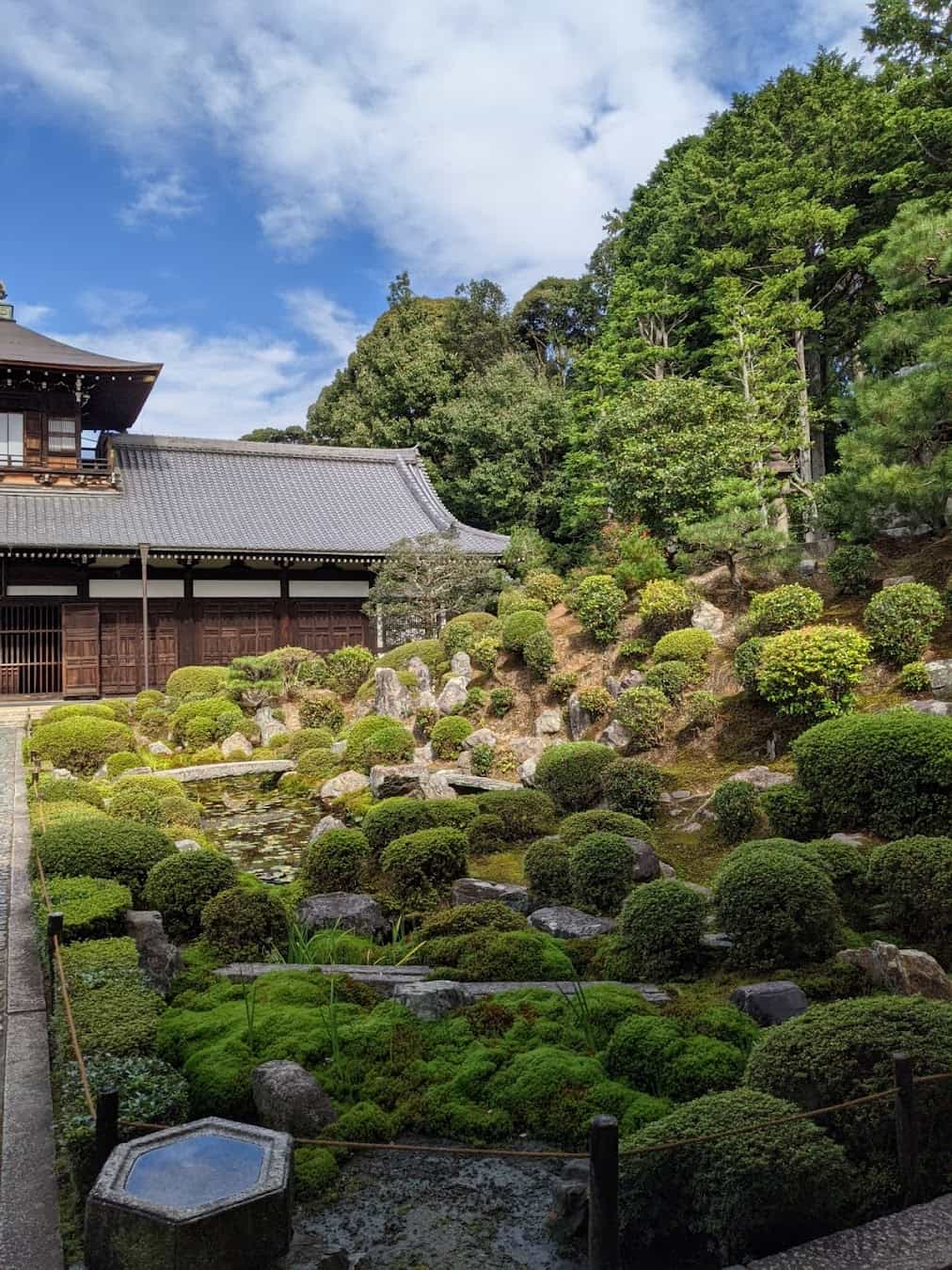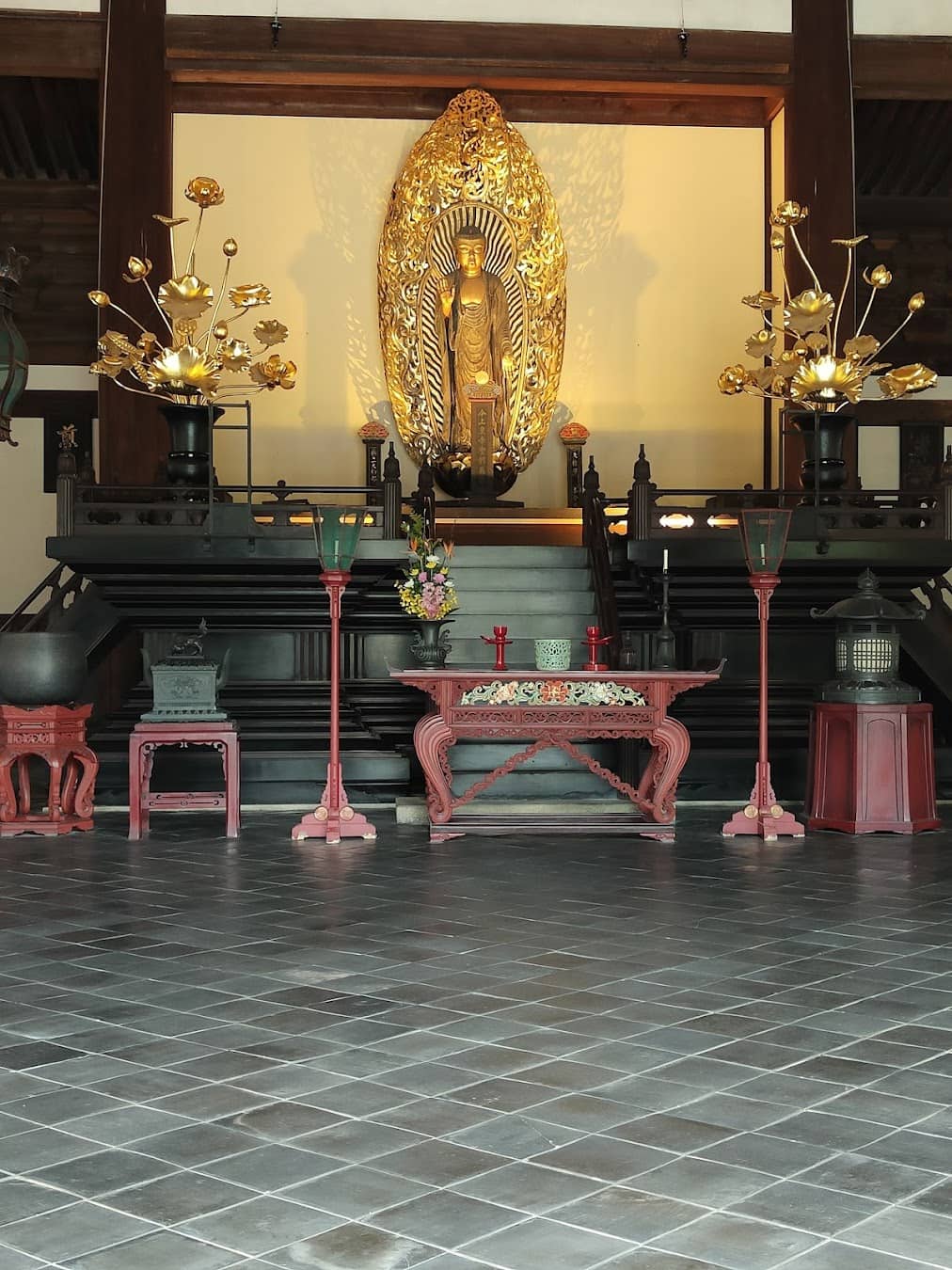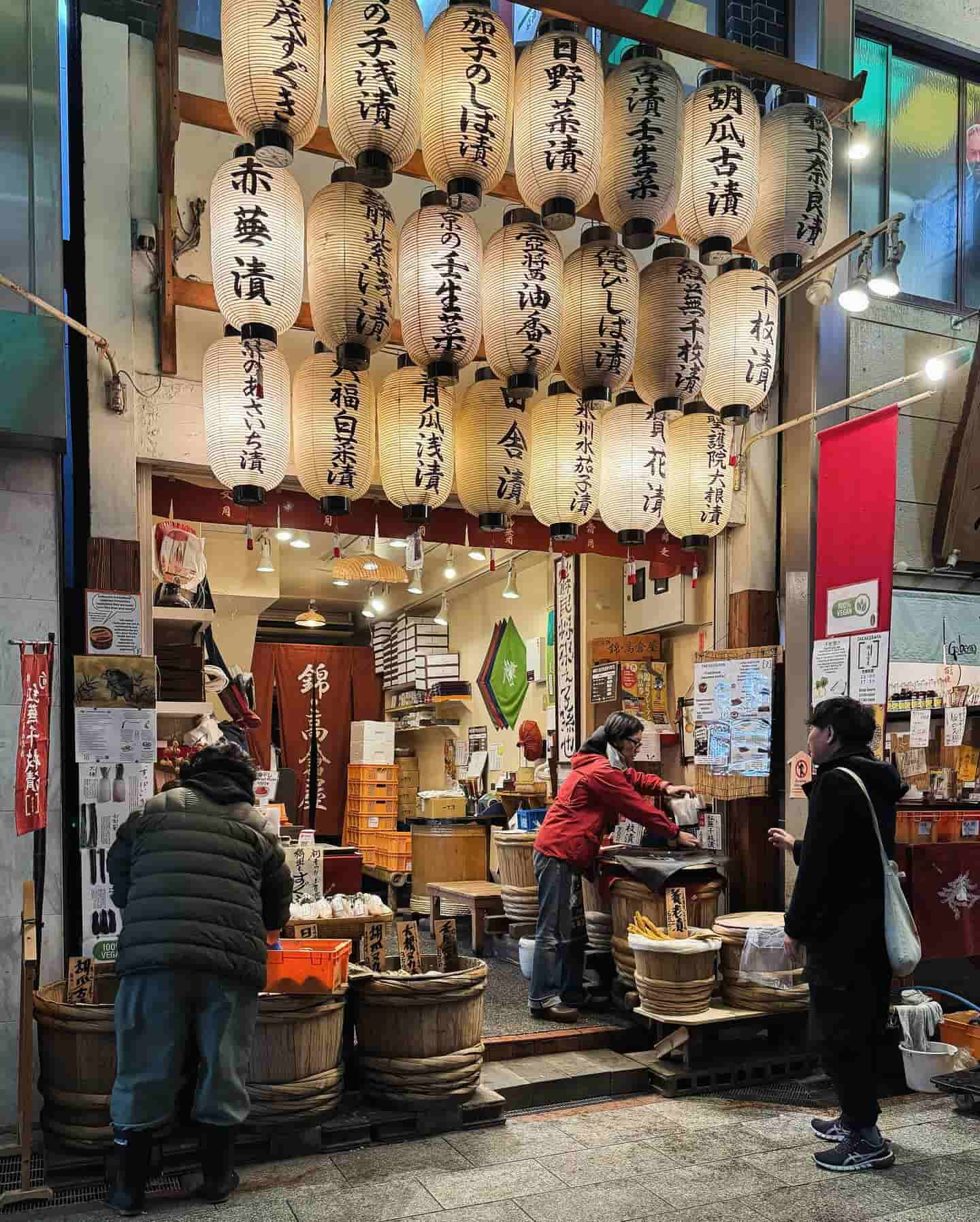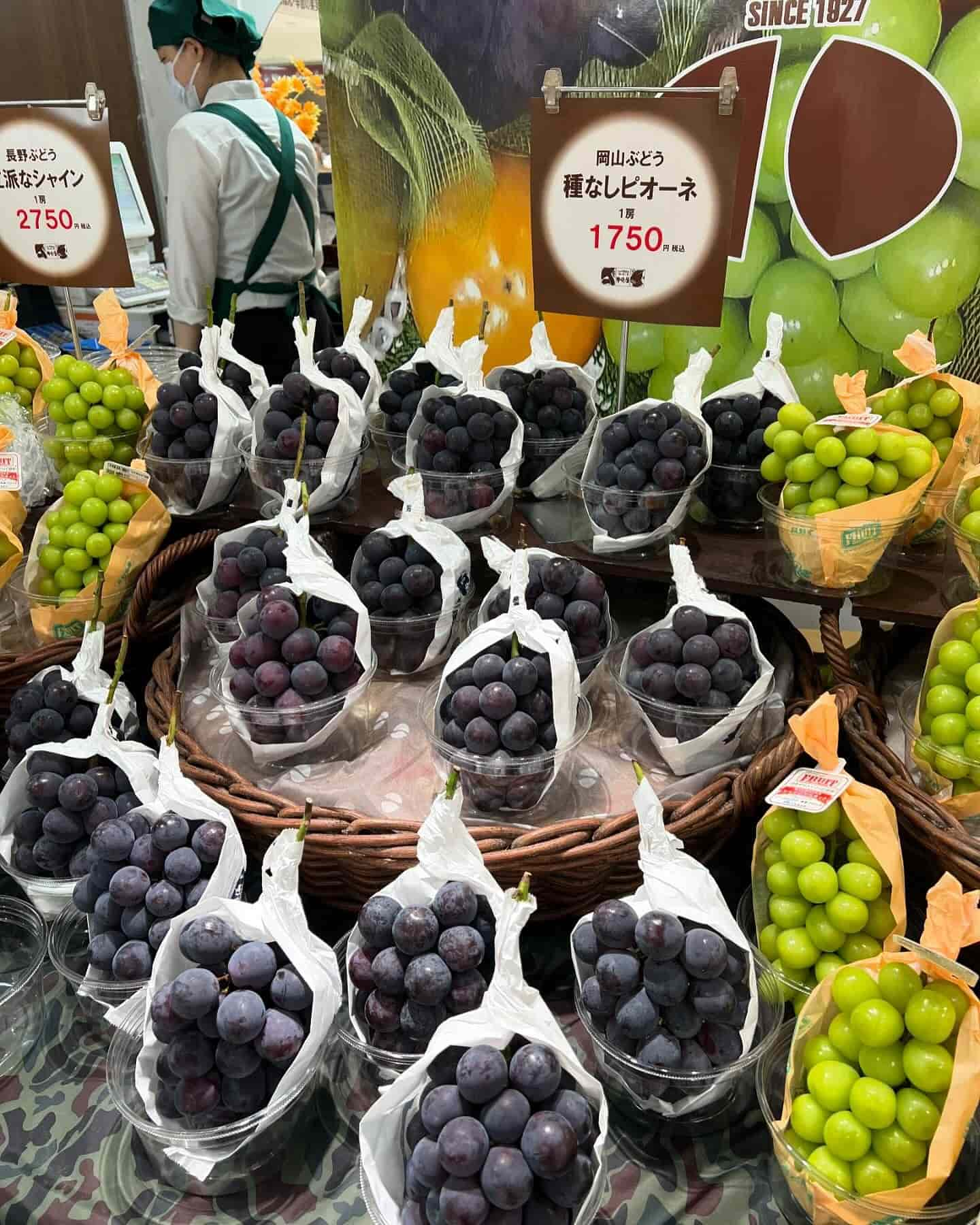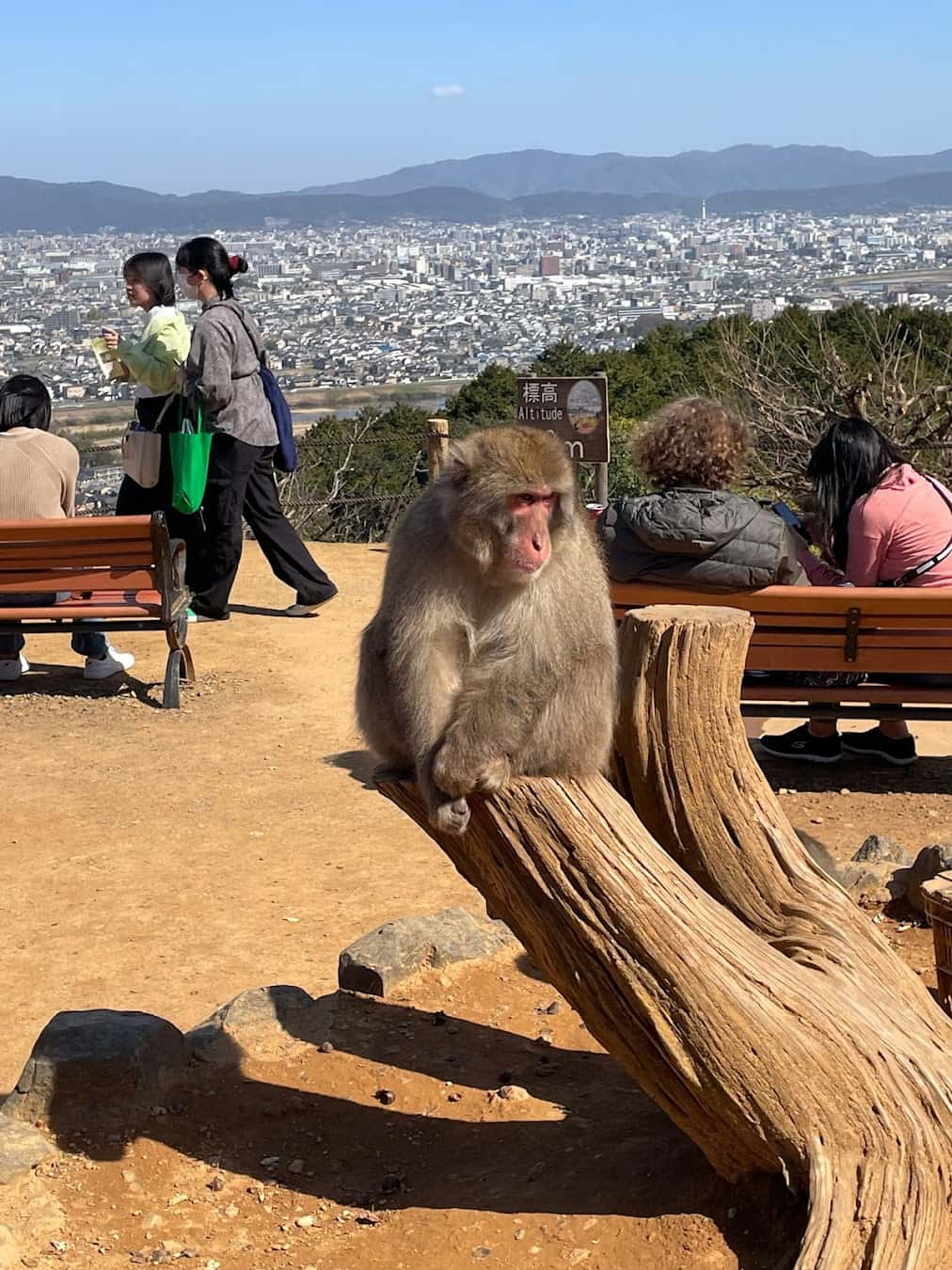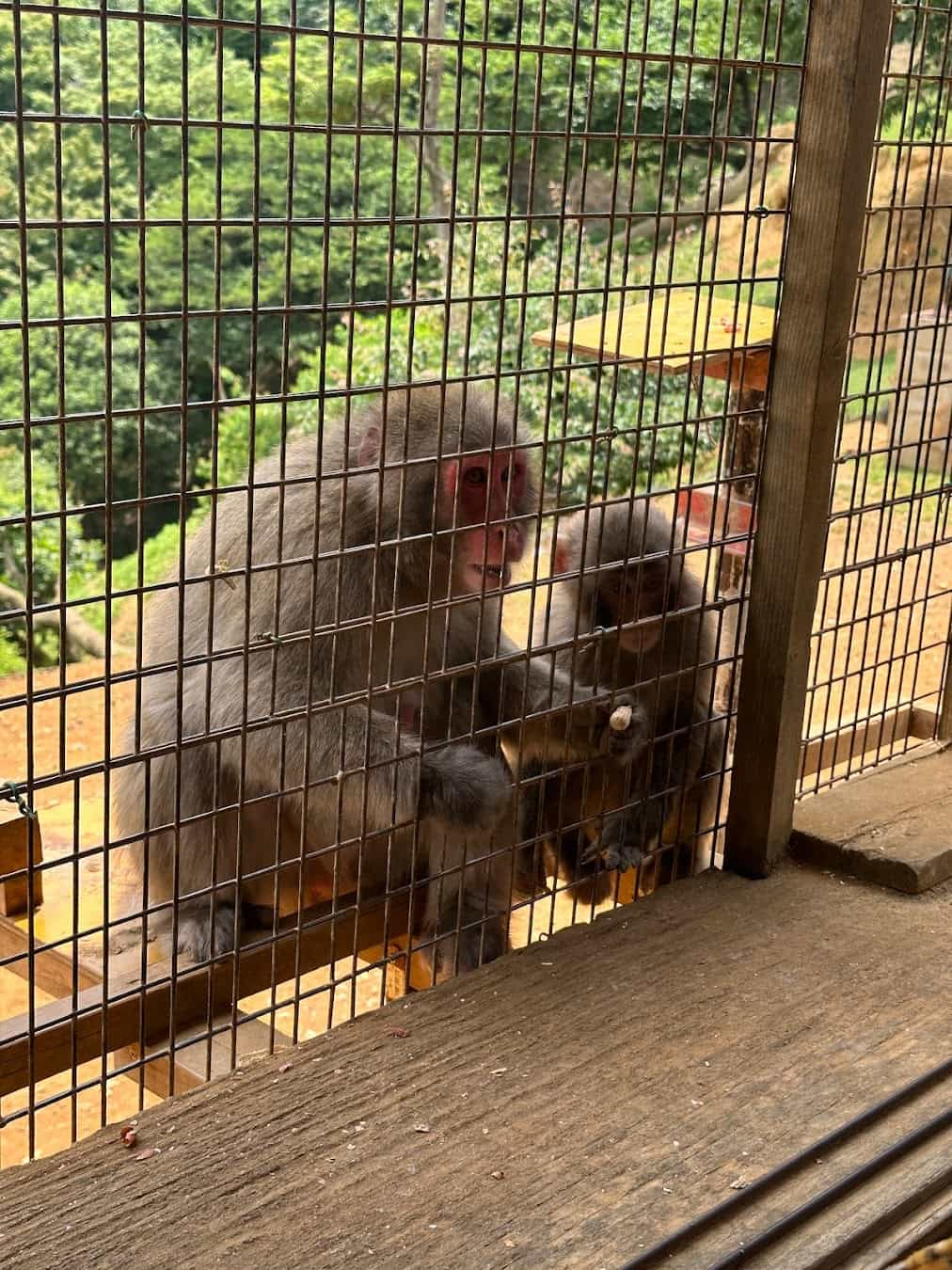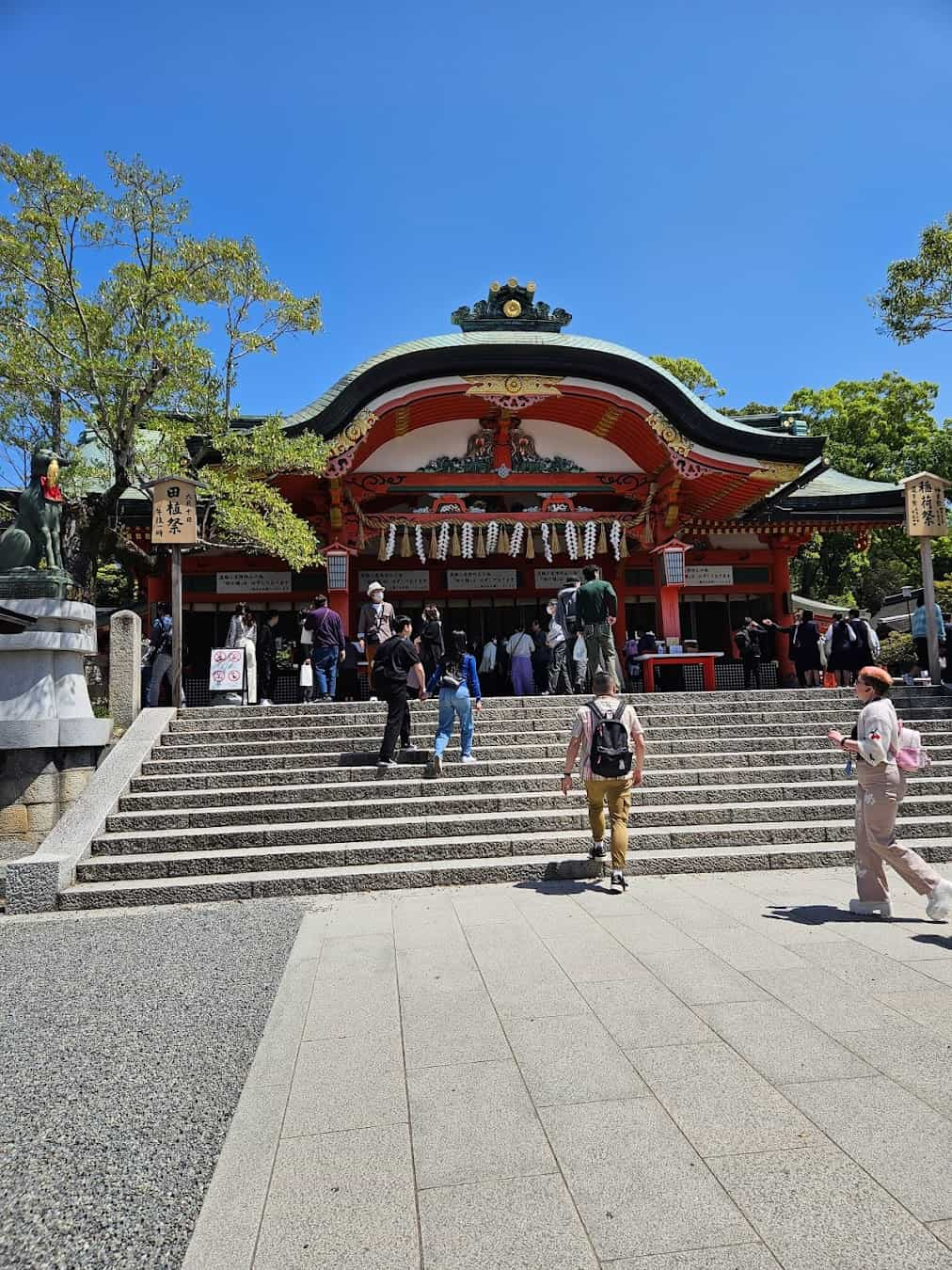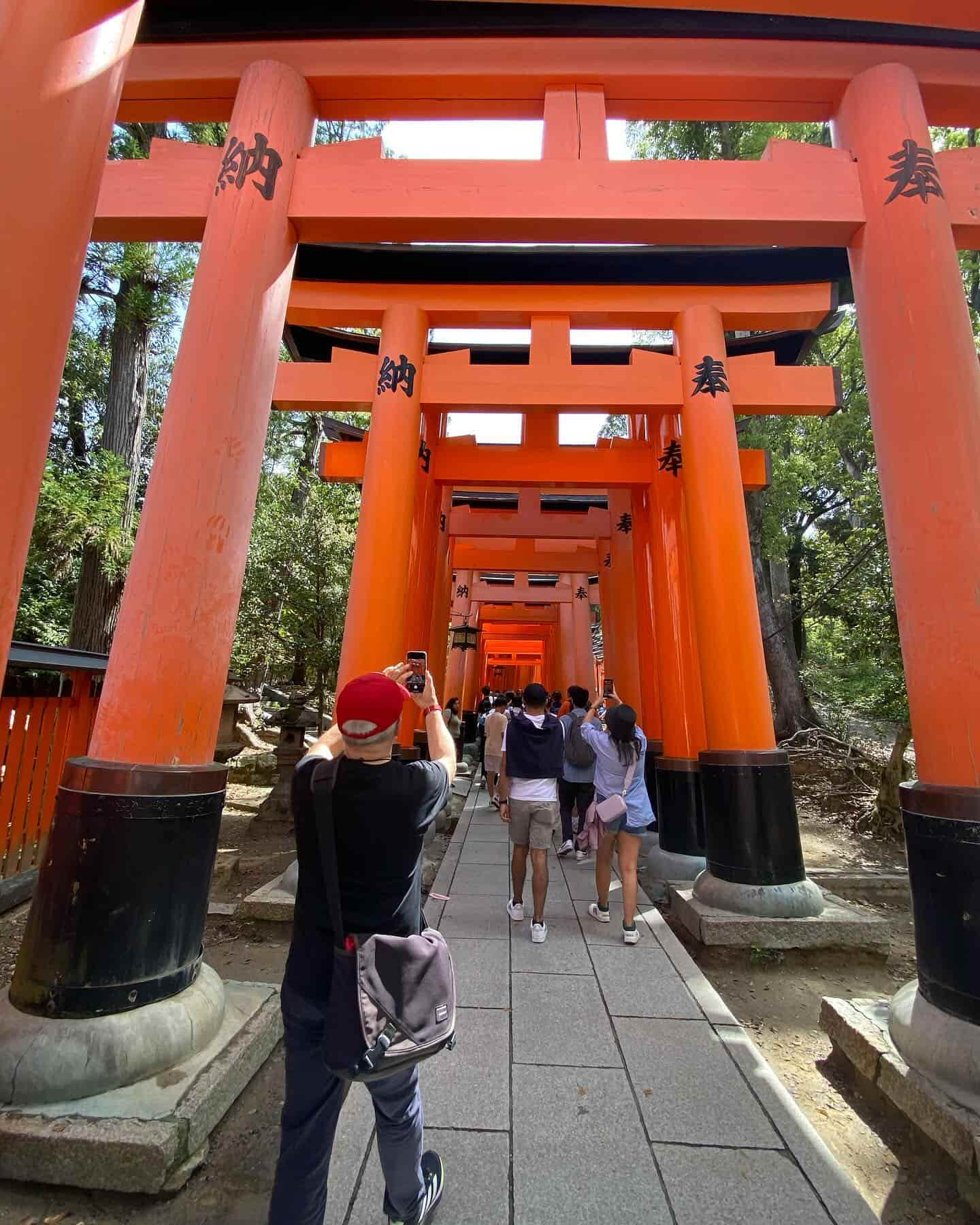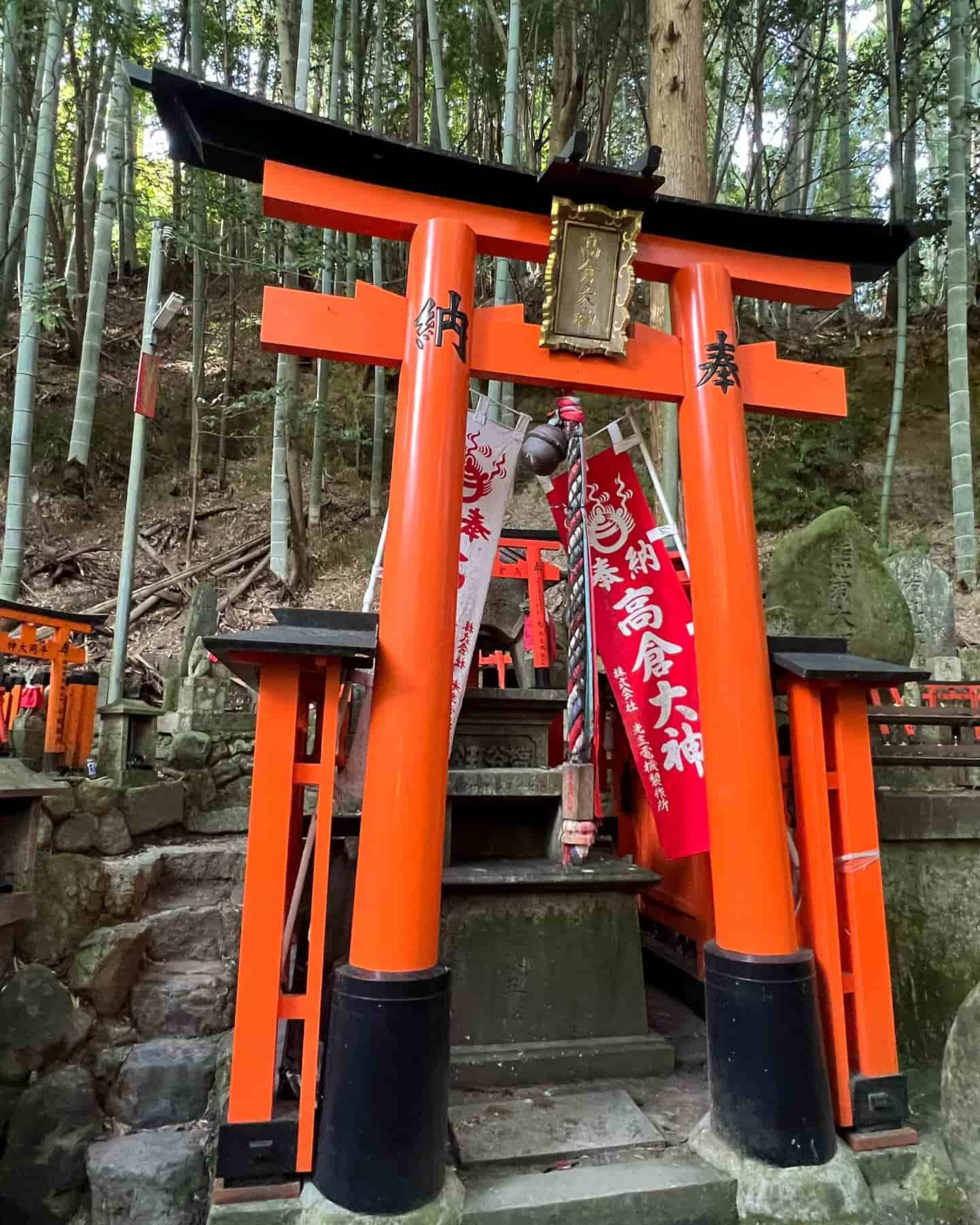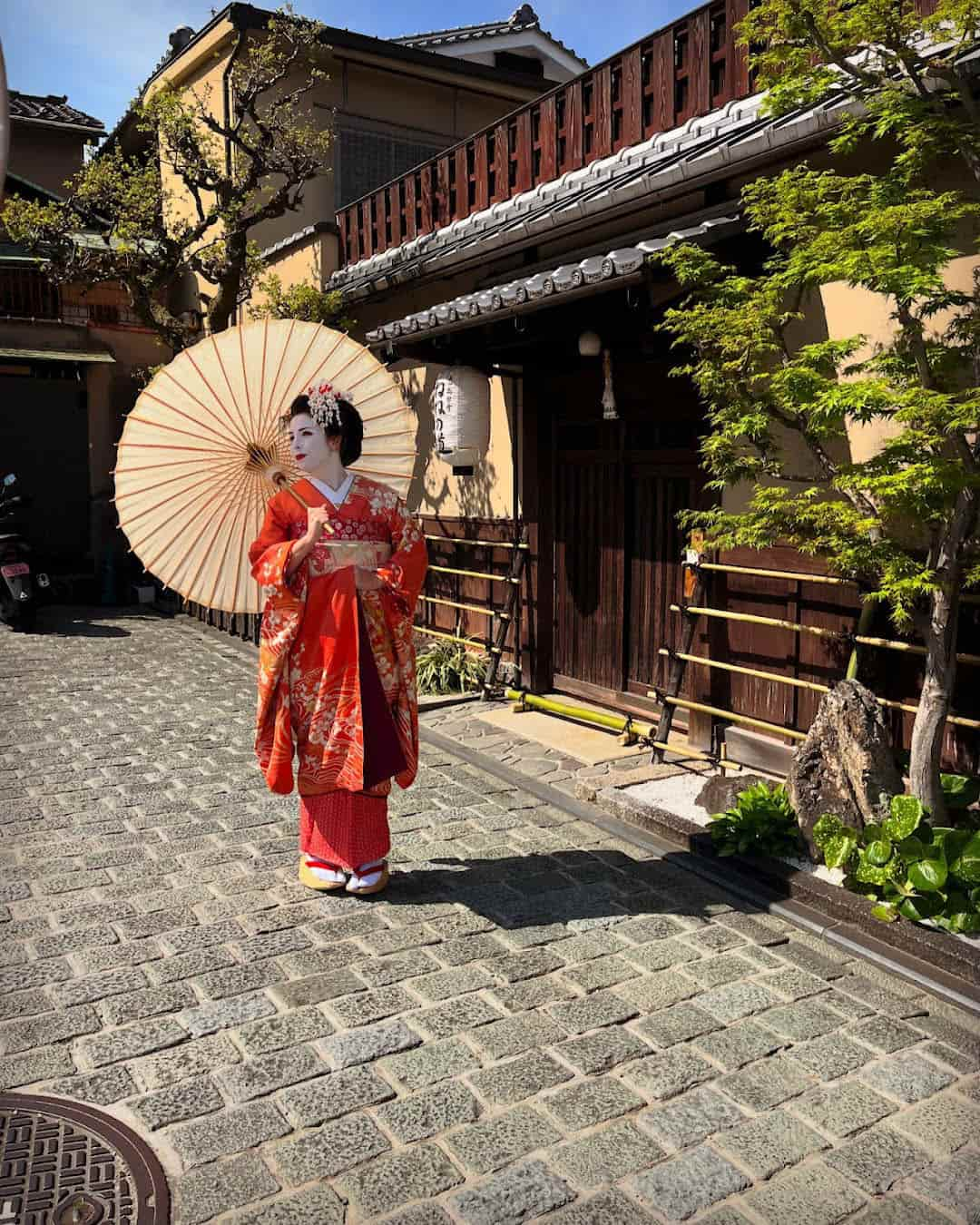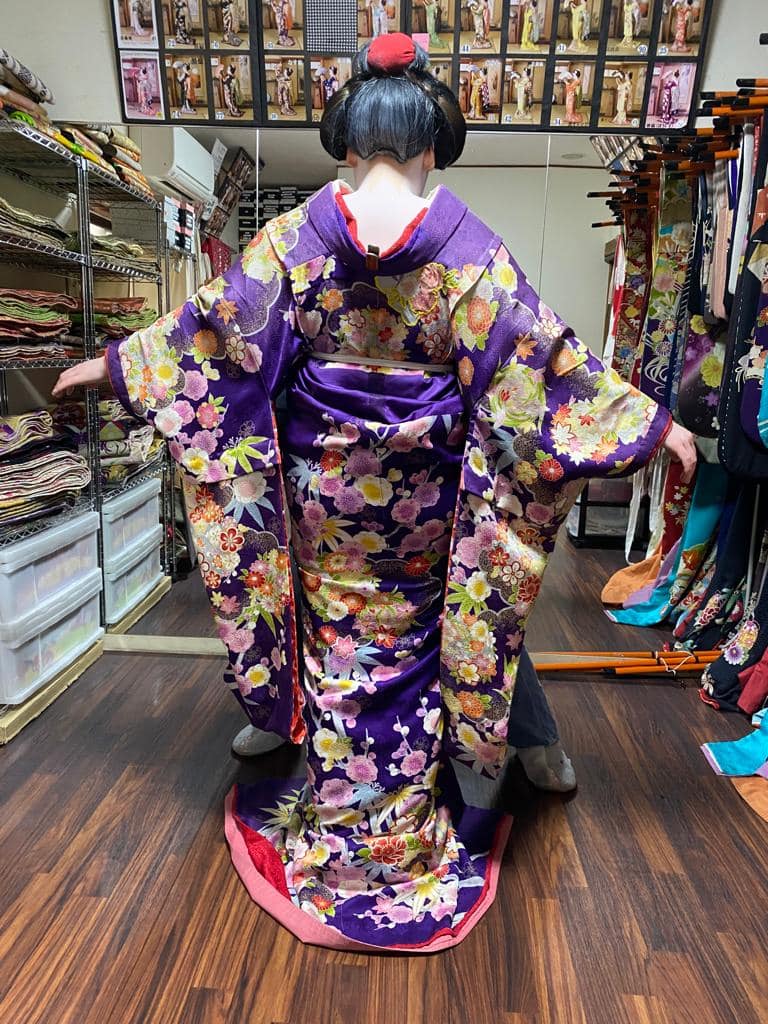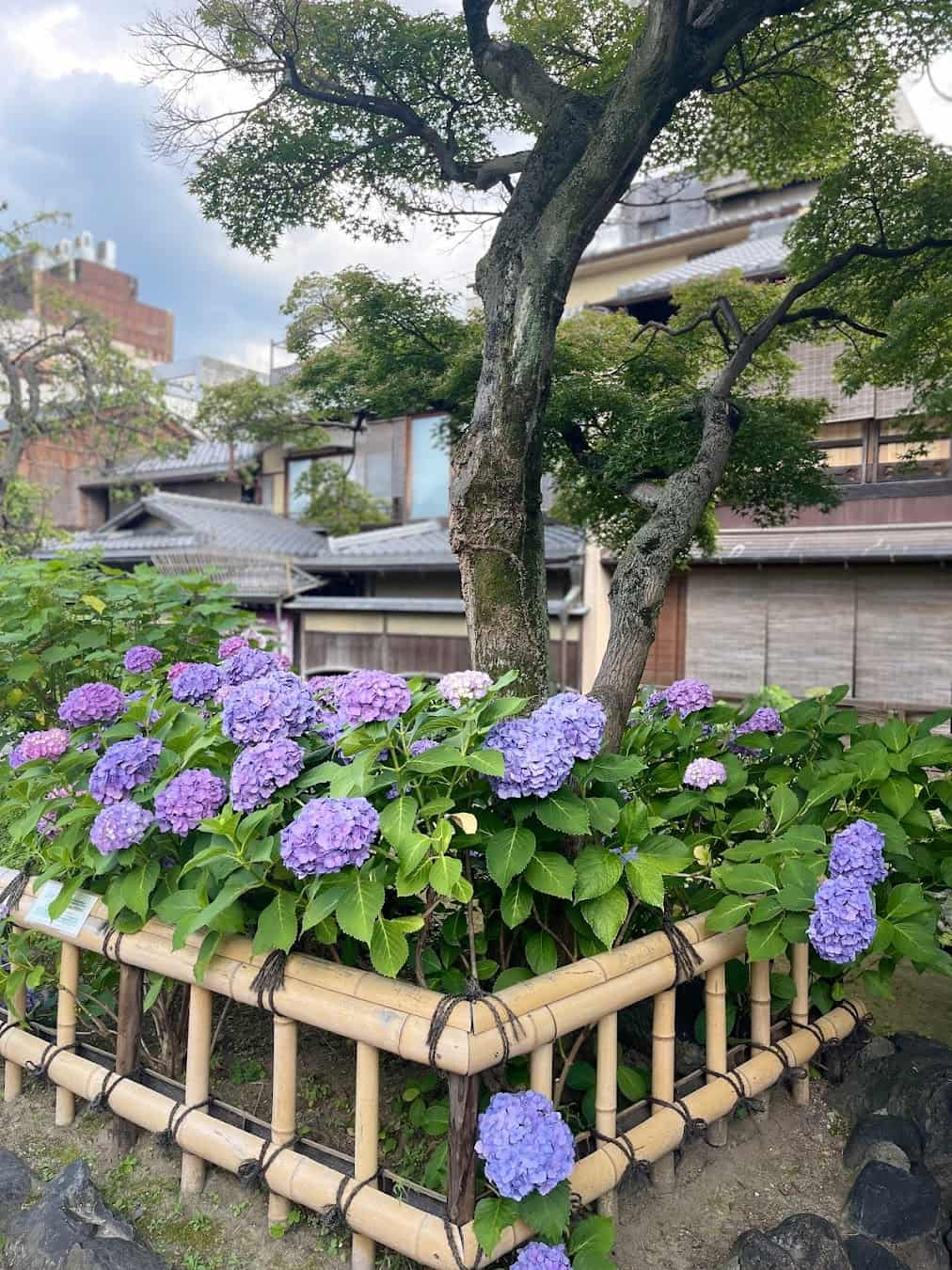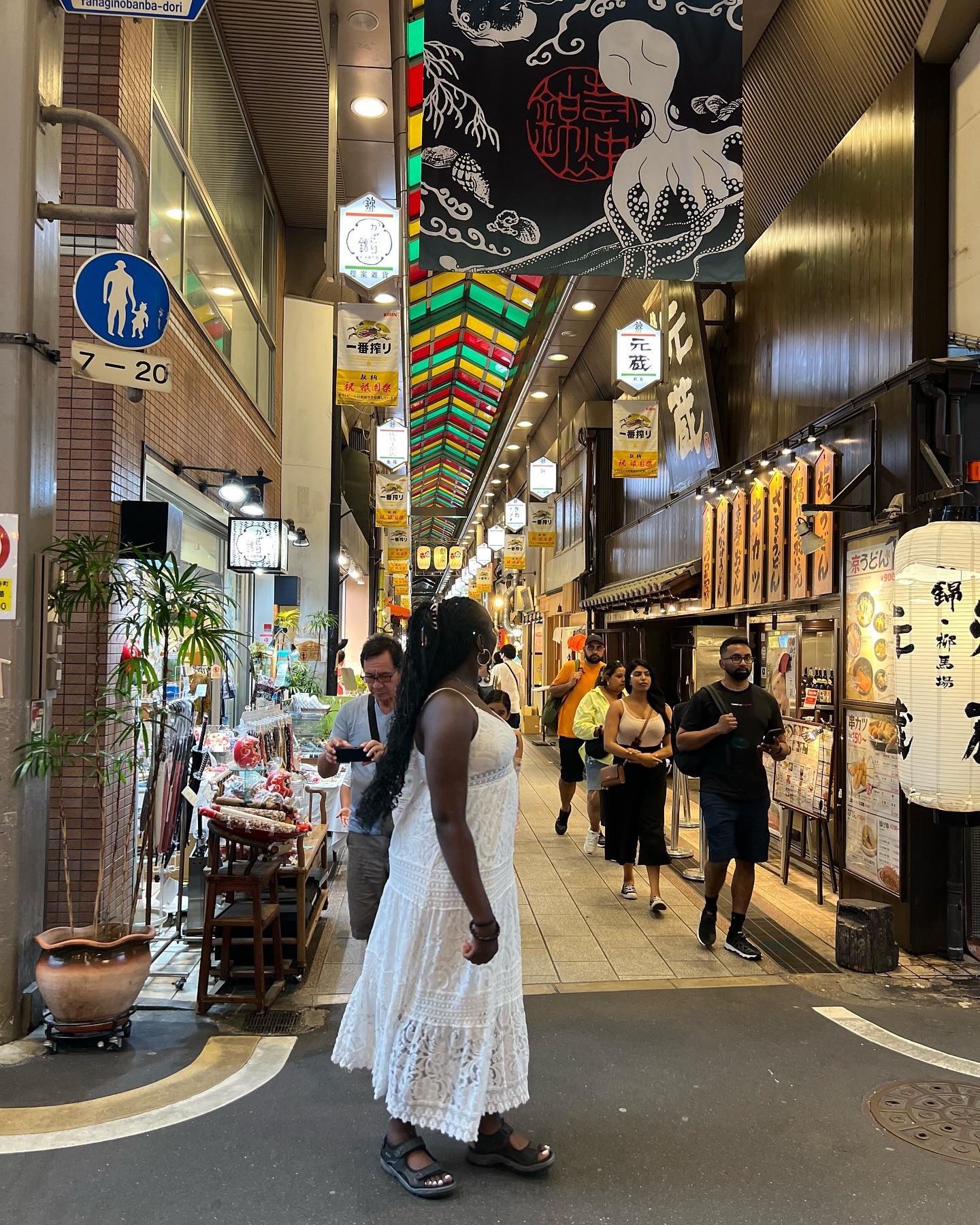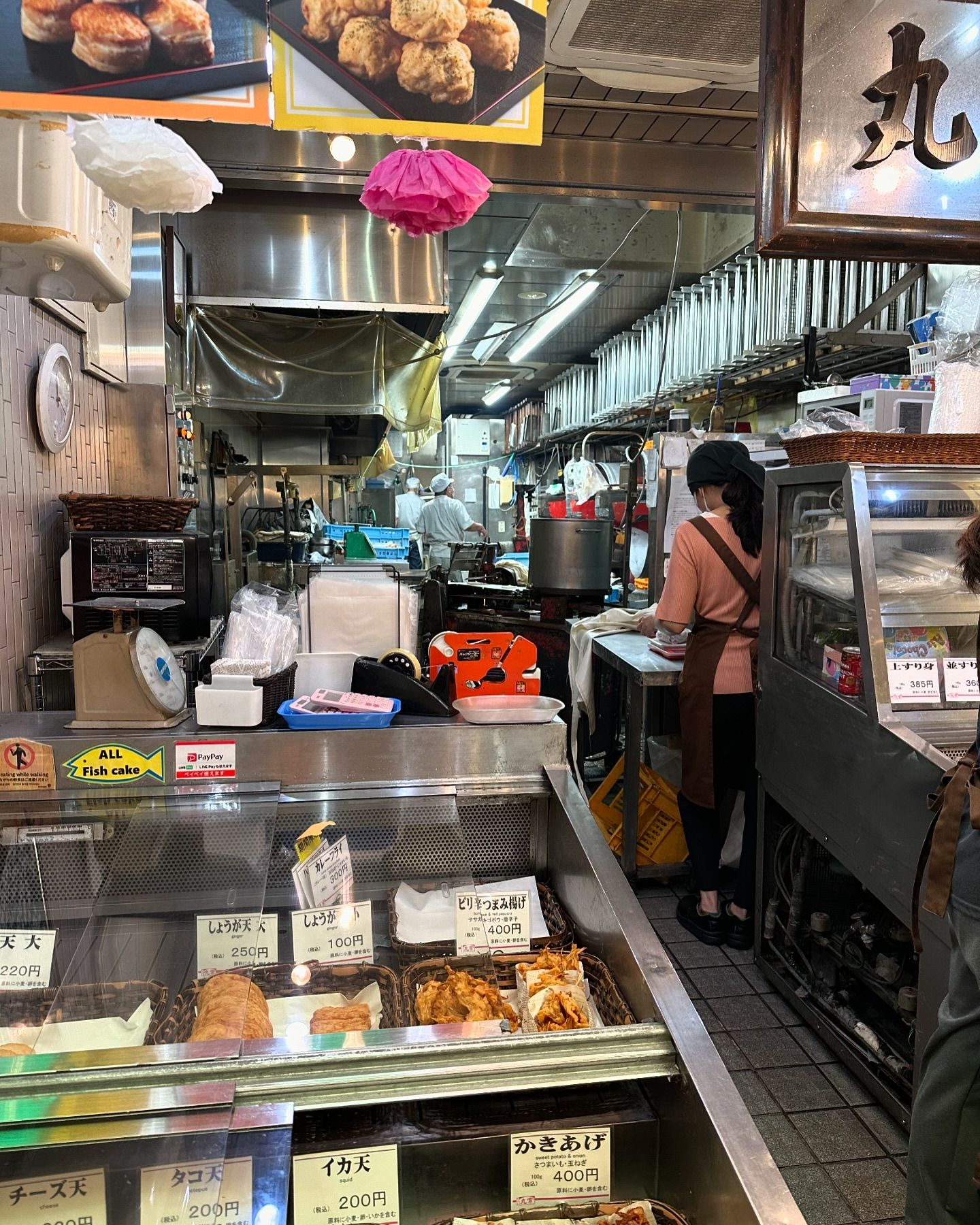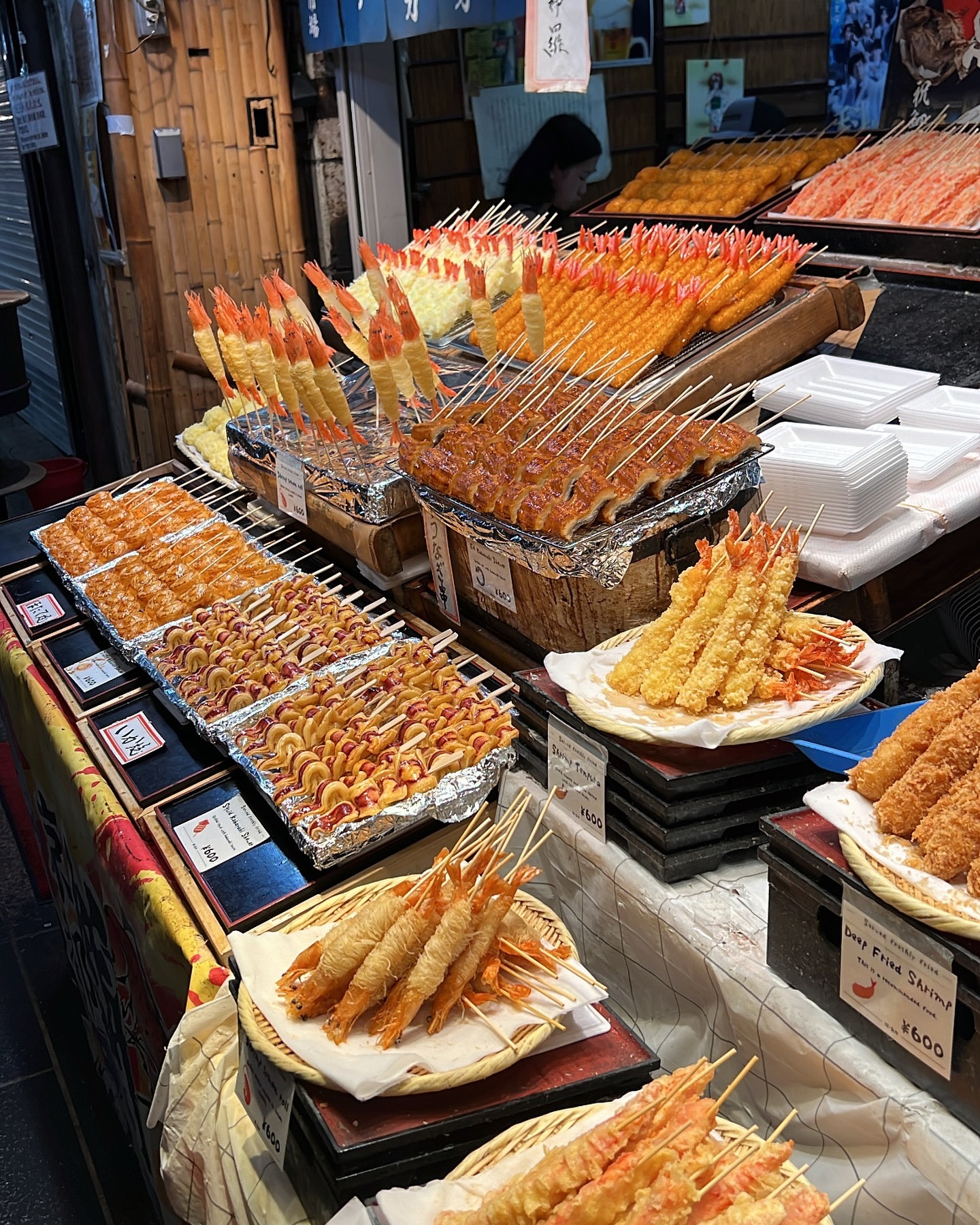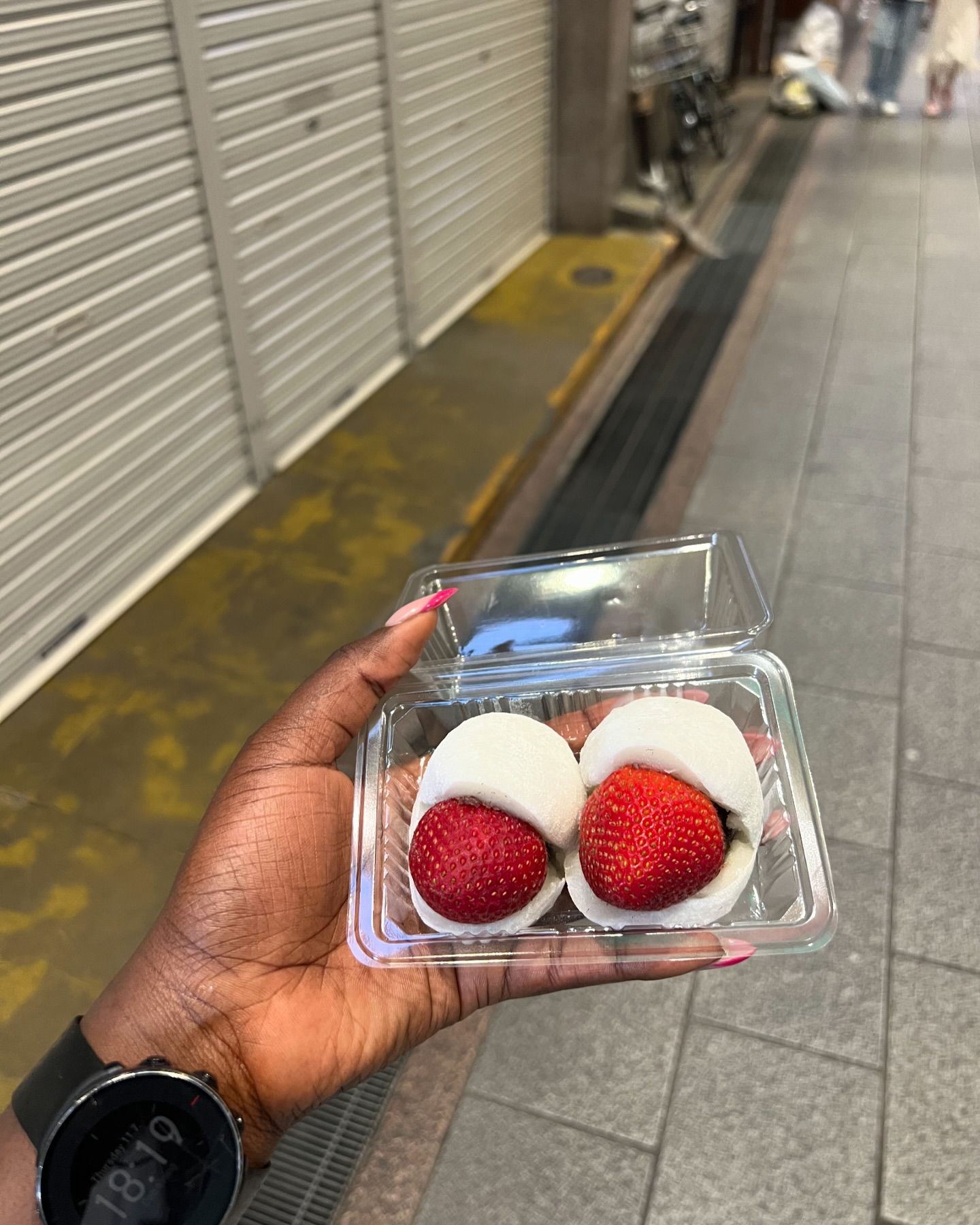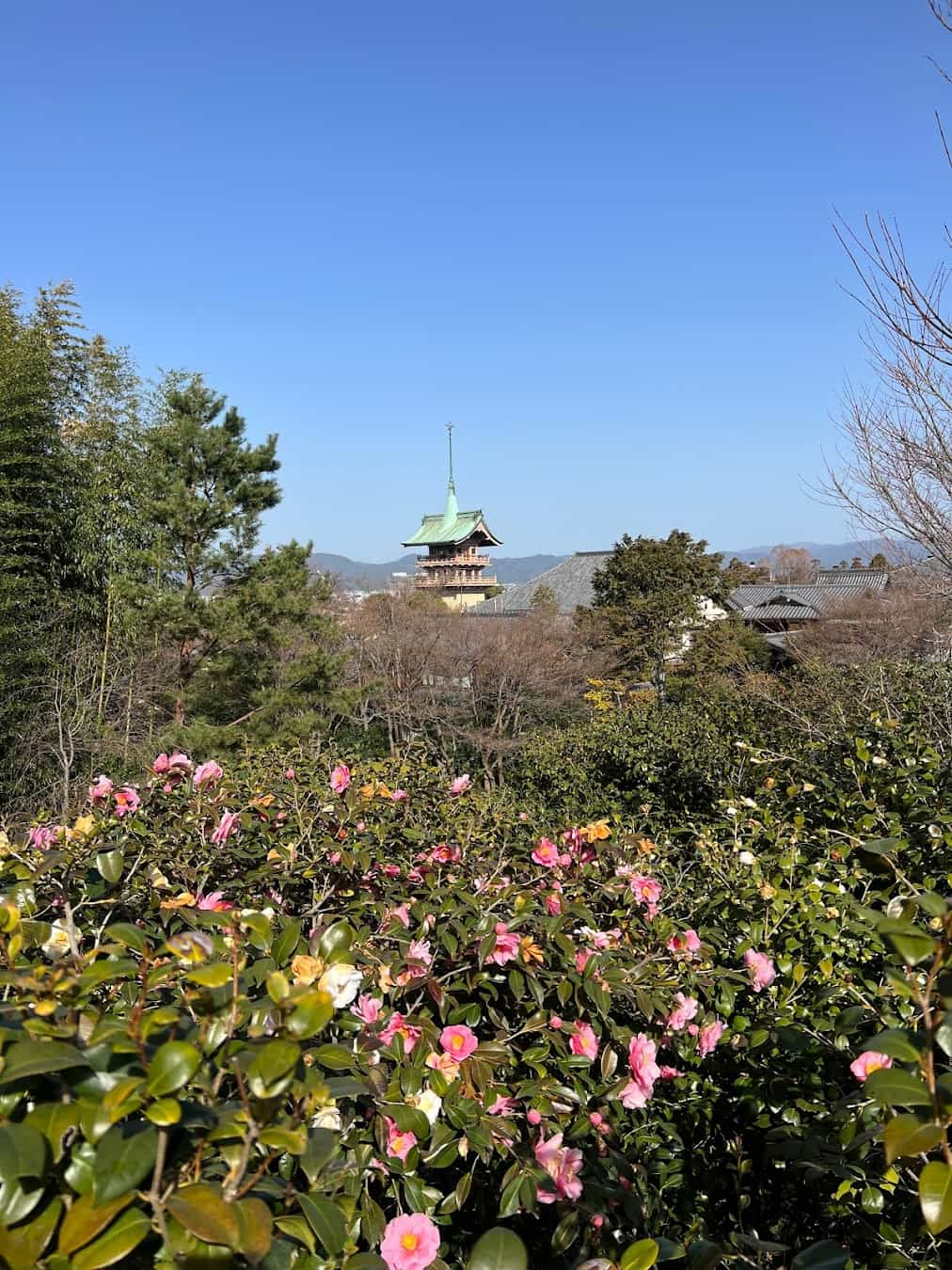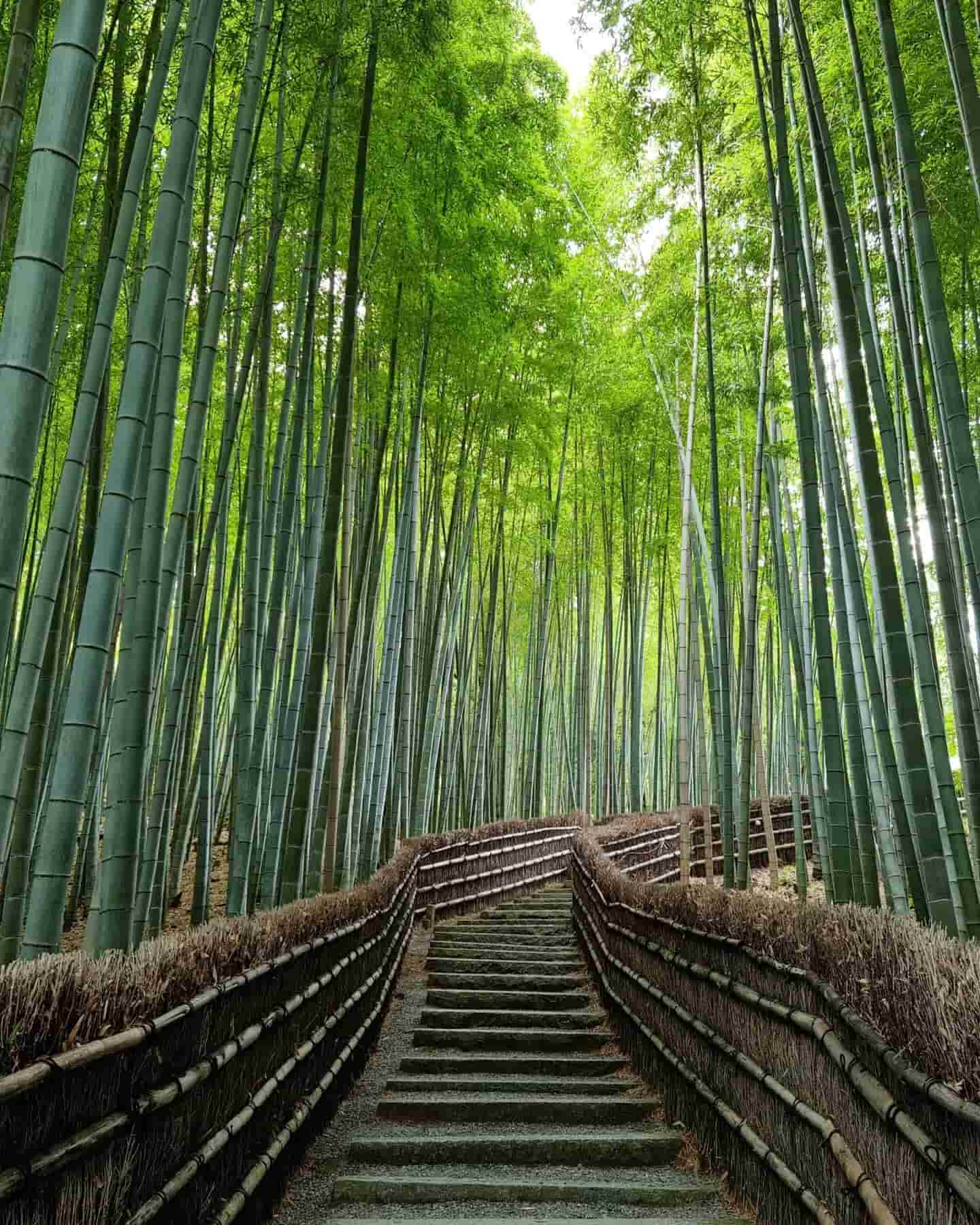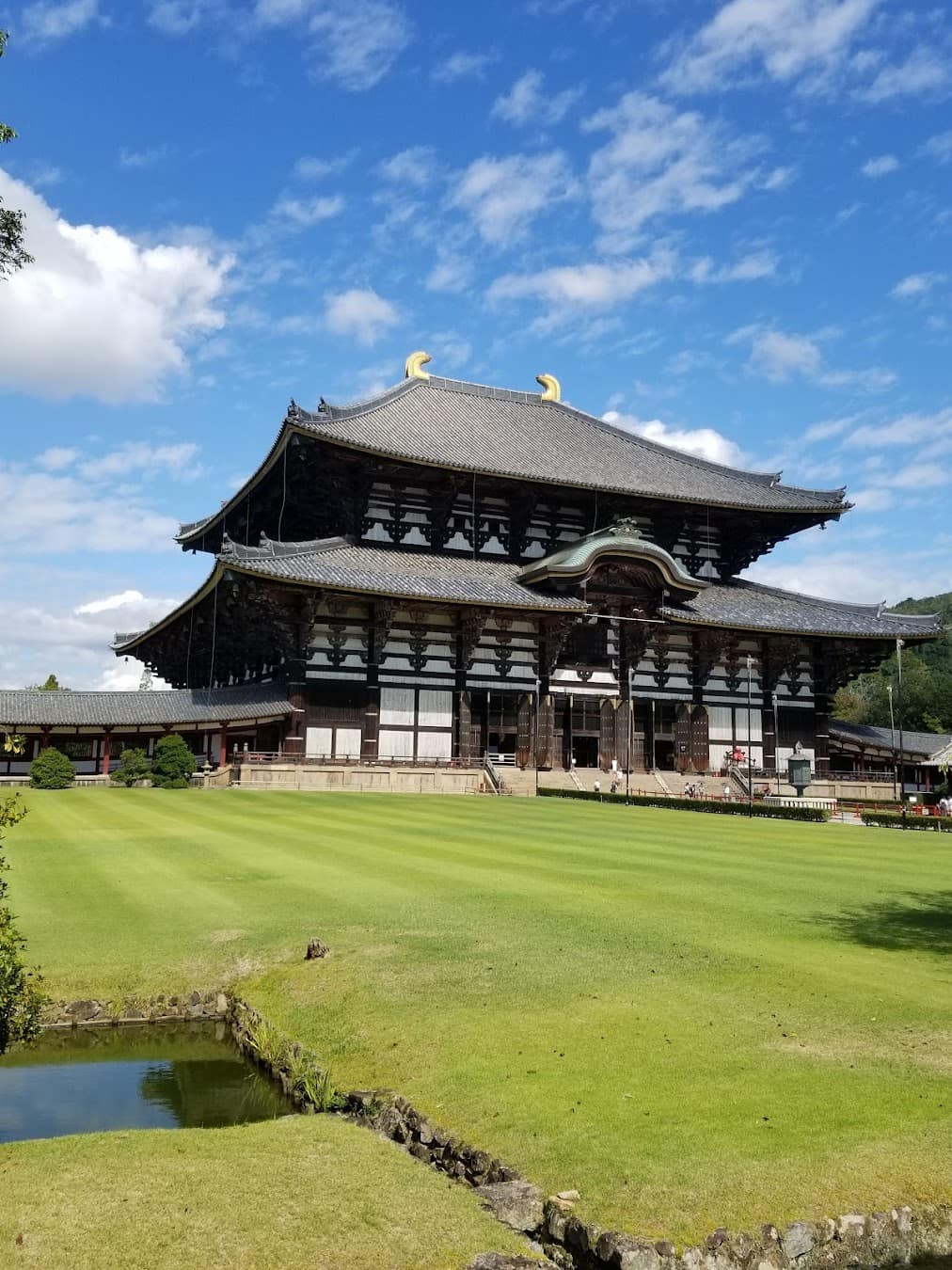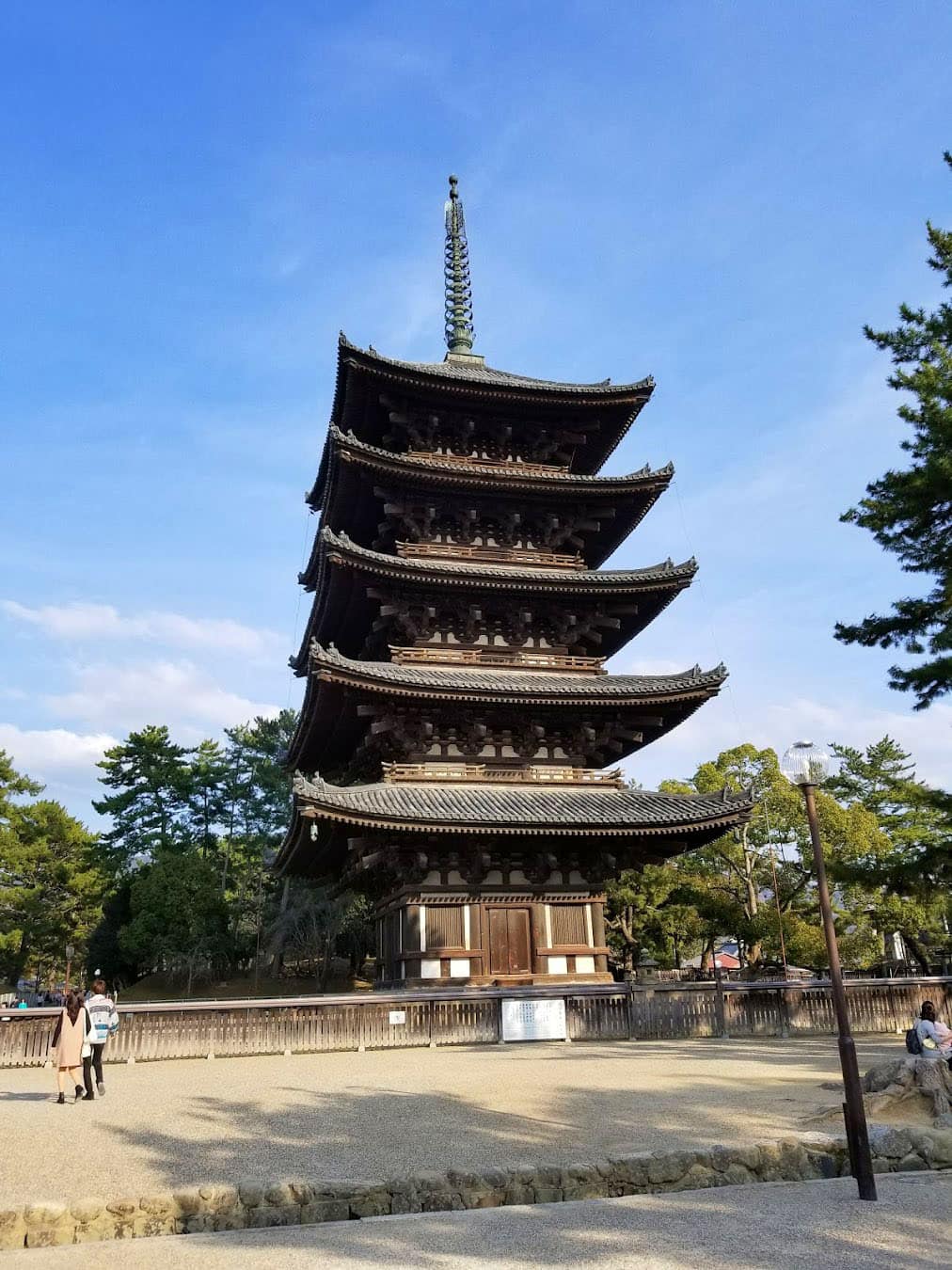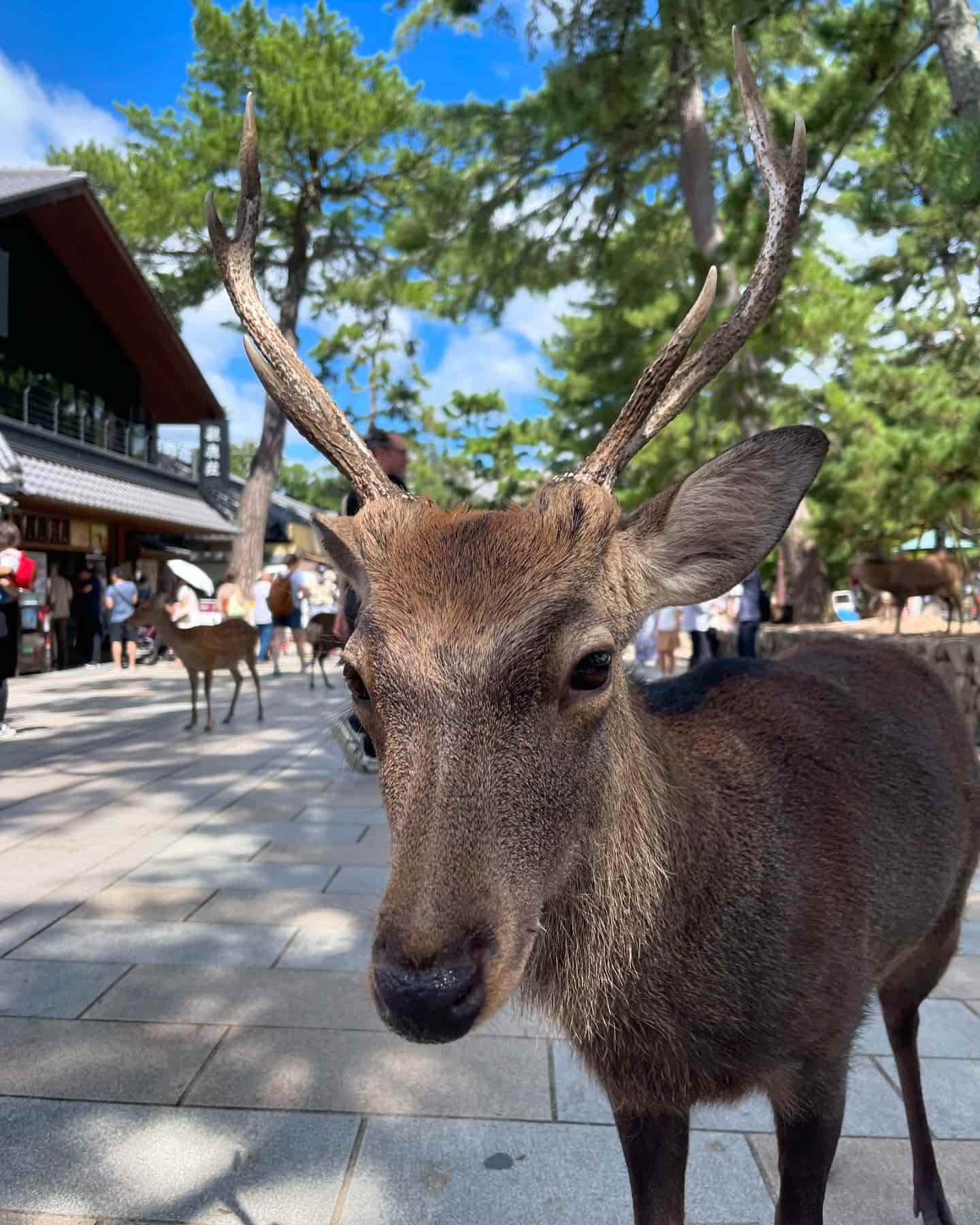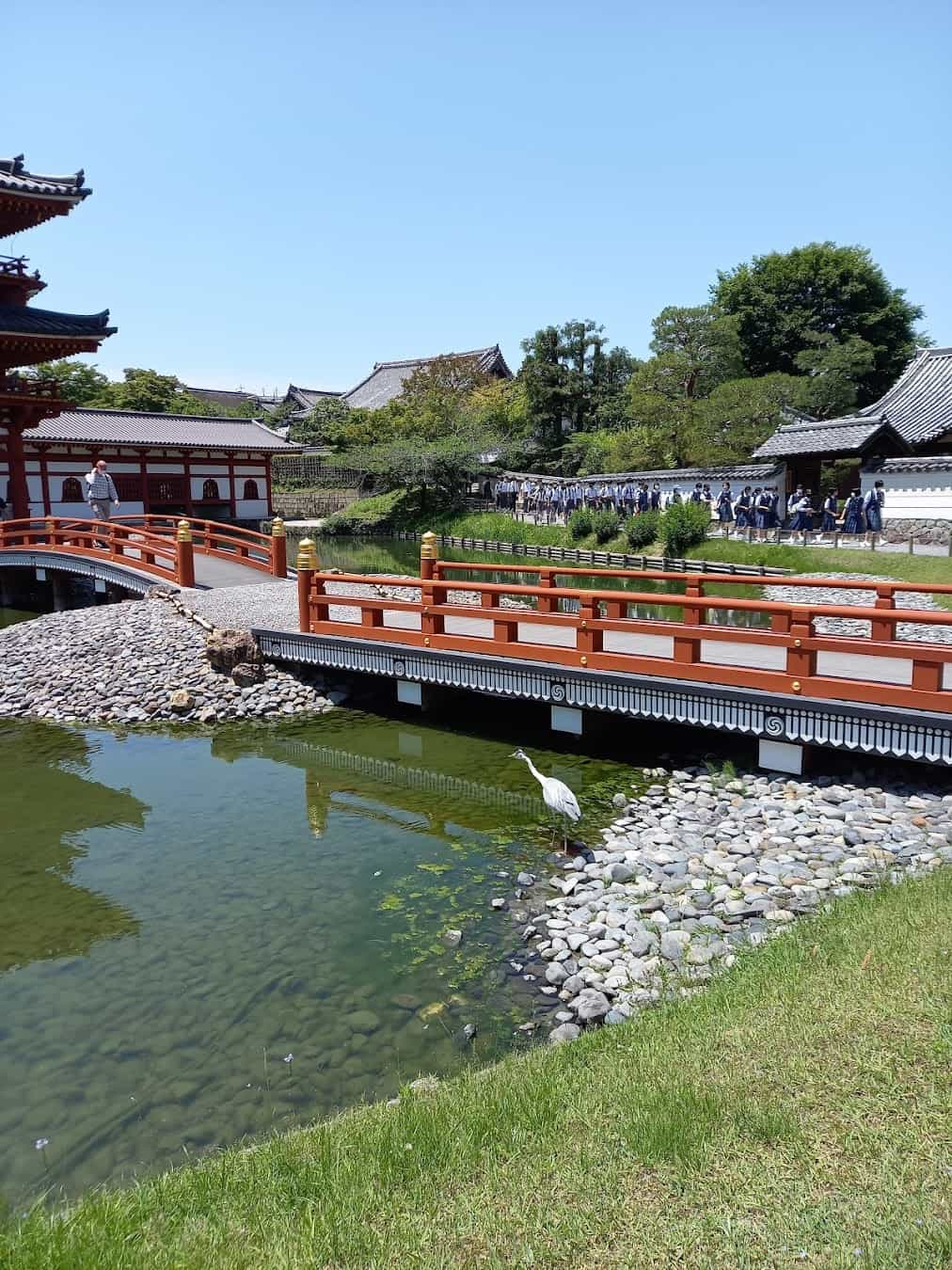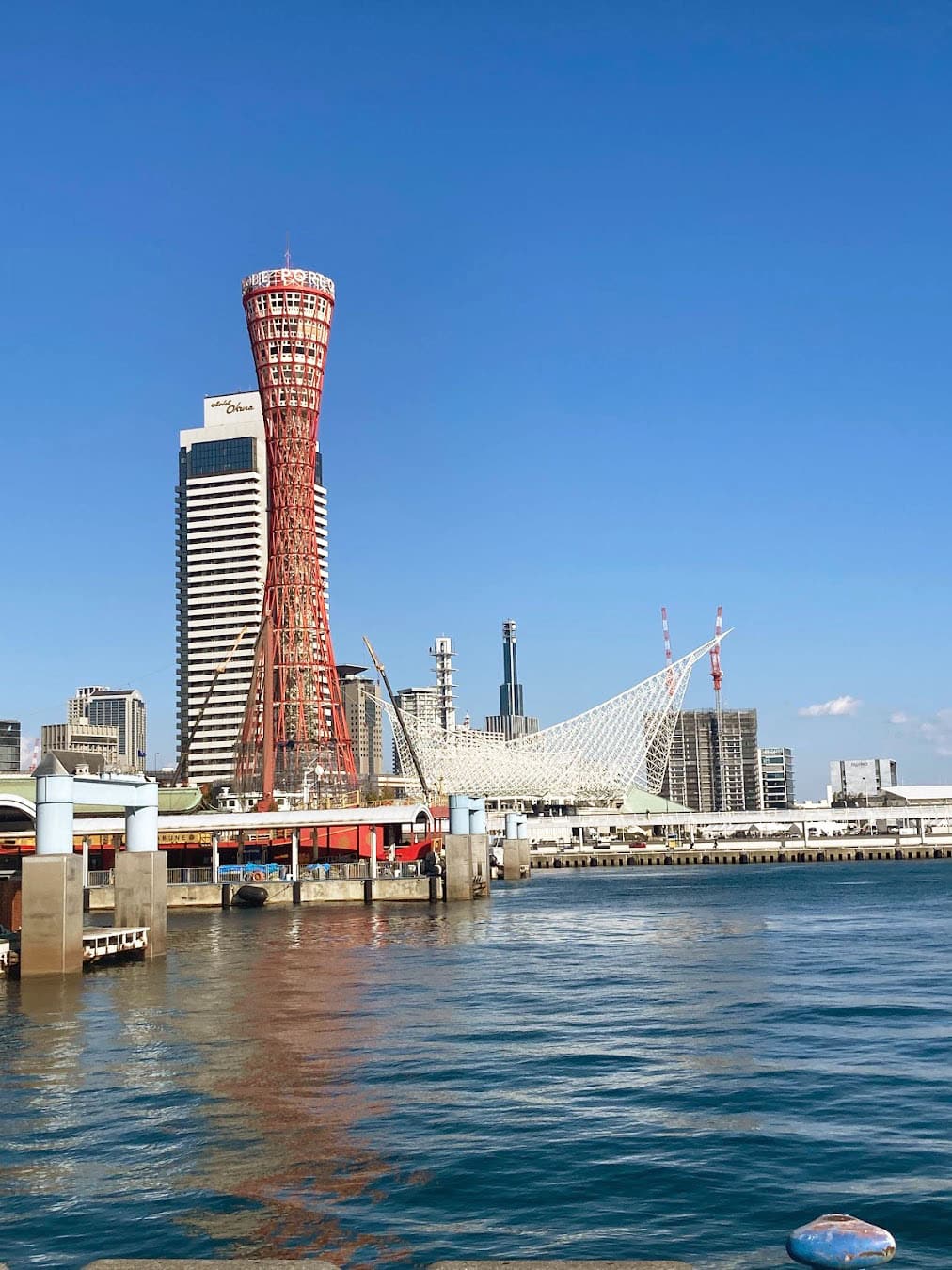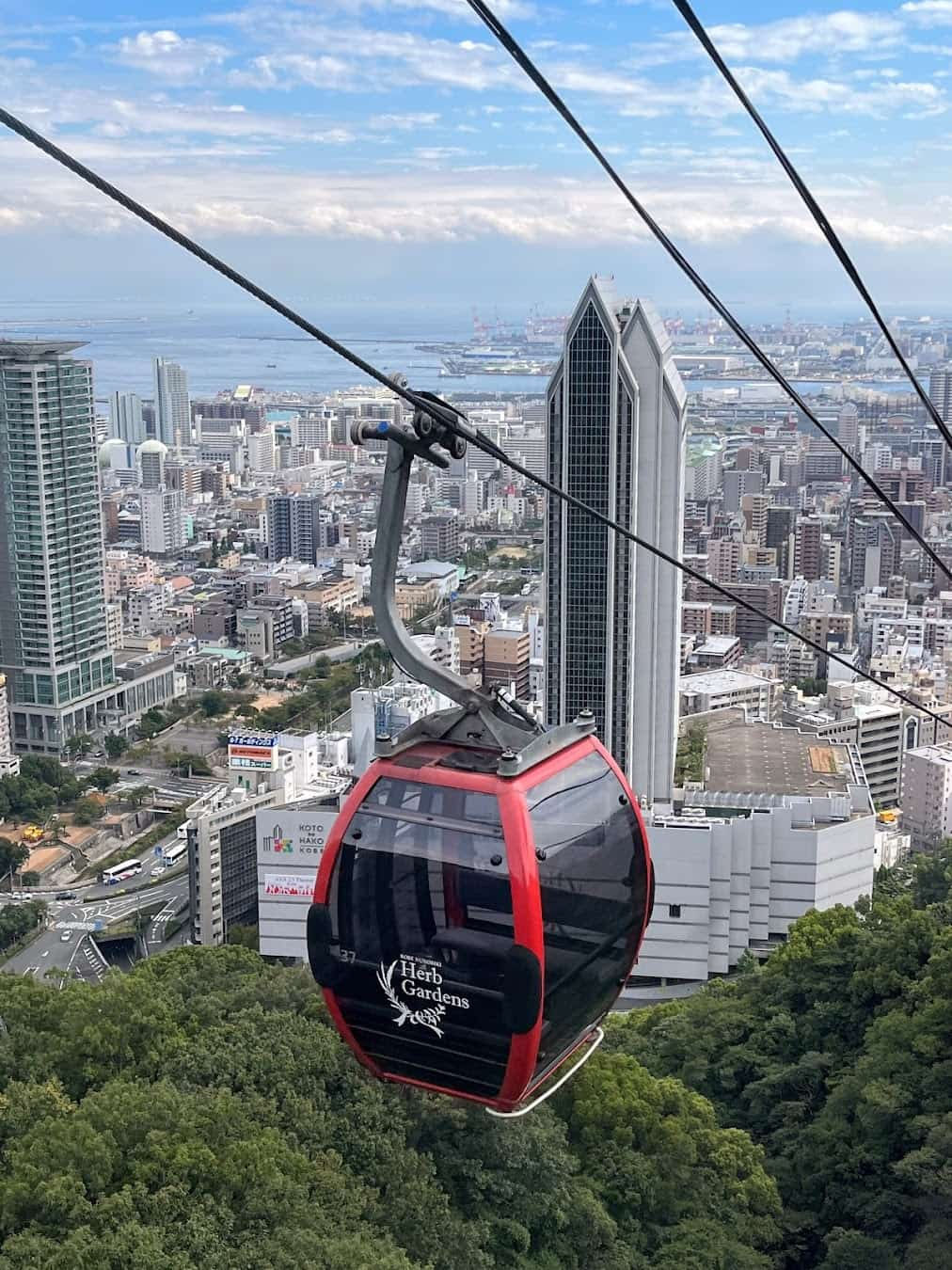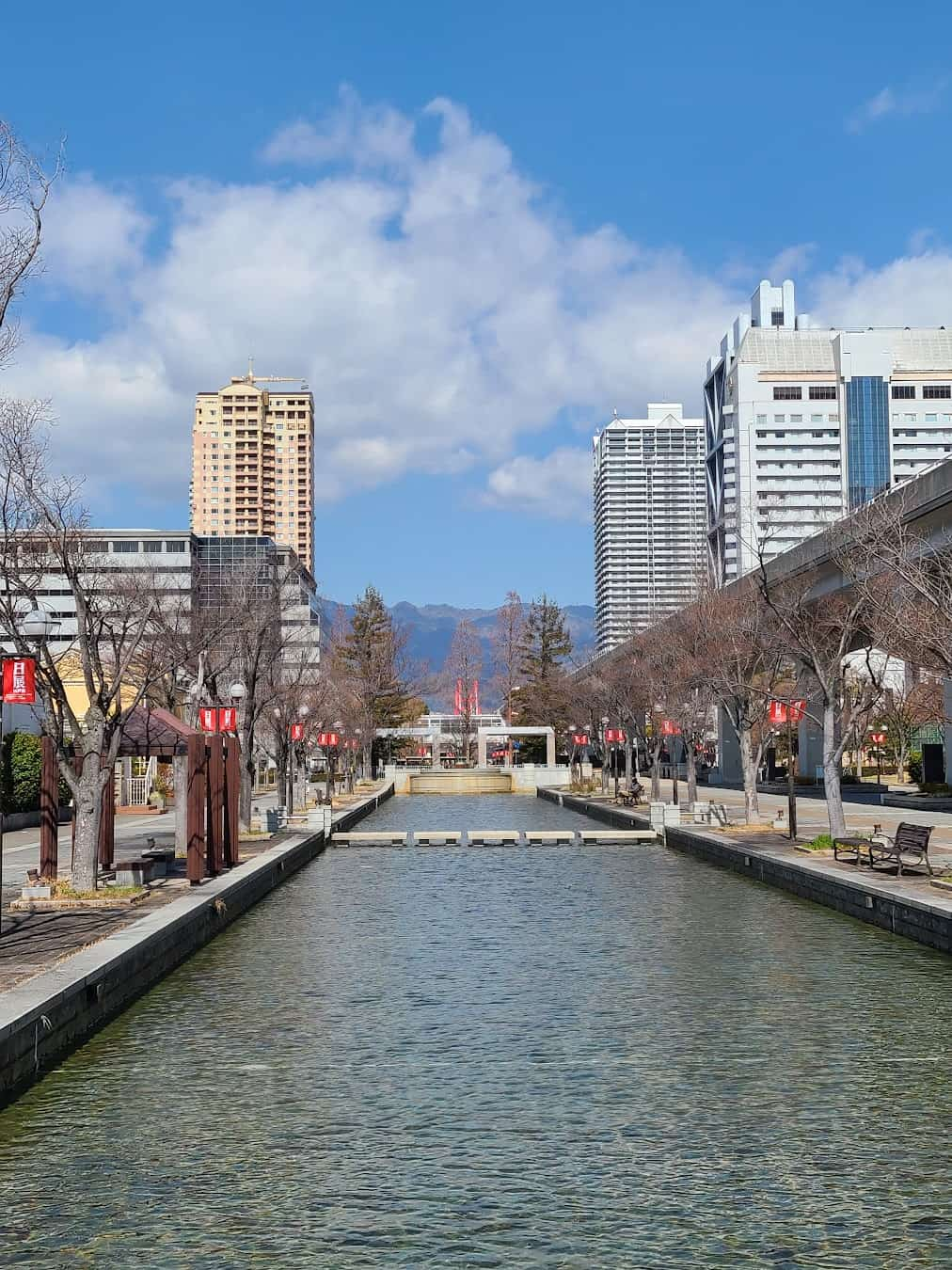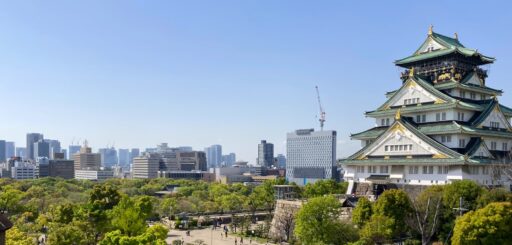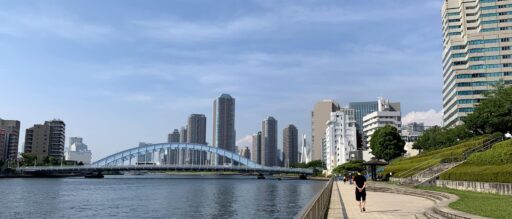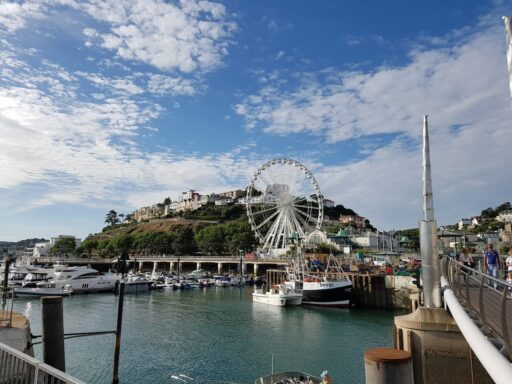Welcome to Kyoto, the cultural heart of Japan and a city where ancient traditions seamlessly blend with modern life. As you step off the bullet train at Kyoto Station, you’ll find yourself immersed in a world of stunning temples, serene Zen gardens, and bustling markets. From the iconic golden pavilion of Kinkaku-ji to the mysterious geisha district of Gion, Kyoto offers a treasure trove of experiences for every traveler.
Whether you’re planning to spend a few days in Kyoto as part of your Japan itinerary or making it your base for exploring the region, this former imperial capital promises unforgettable adventures. Stroll through the enchanting Arashiyama Bamboo Grove, witness a traditional tea ceremony, or take a day trip to nearby Osaka or Nara. With its UNESCO World Heritage sites, mouthwatering cuisine, and seasonal beauty – from spring cherry blossoms to autumn foliage – Kyoto is truly one of the most captivating places to visit in Japan.
In this guide, we’ll explore the top things to do in Kyoto, from must-see temples and shrines to hidden gems off the beaten path. So grab your Japan Rail Pass, and let’s discover the best that Kyoto has to offer!
🏡 Where to Stay in Kyoto
- 💎 Luxury: Hotel Okura Kyoto
- 📍 In Kyoto city center: The Gate Hotel Kyoto Takasegawa by Hulic
- 🏛 Near cultural attractions: Hotel Resol Kyoto Kawaramachi Sanjo
- 👀 Best for social travelers: Piece Hostel Sanjo
- 💸 Budget-friendly: Comfort Hotel ERA Kyoto Toji
👩🏻 Best Guided Tour
- PERFECT KYOTO 1Day Bus Tour: Discover the best things to see and do in Kyoto on this comprehensive bus tour, including visits to iconic Shinto shrines and temples. Perfect for those with limited time in the cultural capital of Japan. https://www.viator.com/tours/Kyoto/Kyoto-Perfect-Tour-Fushimi-Inari-Shrine-Kiyomizu-dera-Temple-and-More/d332-28575P18
- Kyoto Night Foodie Tour: Explore Kyoto’s culinary scene and vibrant nightlife on this evening food tour, visiting local restaurants and experiencing the city’s culture through its cuisine. Ideal for food enthusiasts and those looking to experience Kyoto after dark. https://www.viator.com/tours/Kyoto/Kyoto-Night-Foodie-Tour/d332-63670P6
- Private Kyoto Tour with a Local: Discover hidden gems and main attractions around Kyoto with a personalized tour guided by a local. Perfect for travelers seeking an authentic, off-the-beaten-path experience in the heart of Japan’s cultural center. https://www.viator.com/tours/Kyoto/Kyoto-Explore-the-City-with-a-Local/d332-30791P164
- Kyoto 6hr Private Tour with Government-Licensed Guide: Customize your Kyoto travel experience with this flexible private tour, covering the city’s top attractions and lesser-known spots. Ideal for those who want to explore Kyoto at their own pace with expert guidance. https://www.viator.com/tours/Kyoto/Kyoto-Full-day-Private-Custom-Tour-with-National-Licensed-Guide/d332-92136P55
- Deep Dive into the Sake World in Kyoto: Immerse yourself in Japanese culture through a sake tasting experience in Kyoto, learning about the brewing process and flavors. Perfect for sake enthusiasts and those looking to deepen their understanding of this traditional Japanese drink. https://www.viator.com/tours/Kyoto/Deep-Dive-into-the-Sake-World-in-Kyoto/d332-68250P1
Best Things To Do in Kyoto 🌟
1. Fushimi Inari Shrine: A Thousand Vermilion Gates
If you’re looking for one of the best things to do in Kyoto, Fushimi Inari Shrine should be at the top of your list. This iconic Shinto shrine is famous for its thousands of vibrant orange torii gates that create tunnels along the mountainside. I recommend arriving early in the morning to beat the crowds and capture that perfect photo without other tourists in the frame.
As you climb the mountain, you’ll pass through various sub-shrines and enjoy stunning views over Kyoto. The hike to the summit takes about 2-3 hours round trip, but don’t worry if you’re short on time. Even a quick 30-minute walk through the lower gates is a memorable experience. Pack some snacks and water, as there are few vendors along the trail.
2. Kinkaku-ji (Golden Pavilion): A Gilded Masterpiece
Kinkaku-ji, also known as the Golden Pavilion, is one of Kyoto’s most popular temples and a must-see on any trip to Japan. This Zen Buddhist temple is covered in gold leaf, creating a stunning reflection in the surrounding pond. I suggest visiting in the late afternoon when the setting sun makes the pavilion glow even more brilliantly.
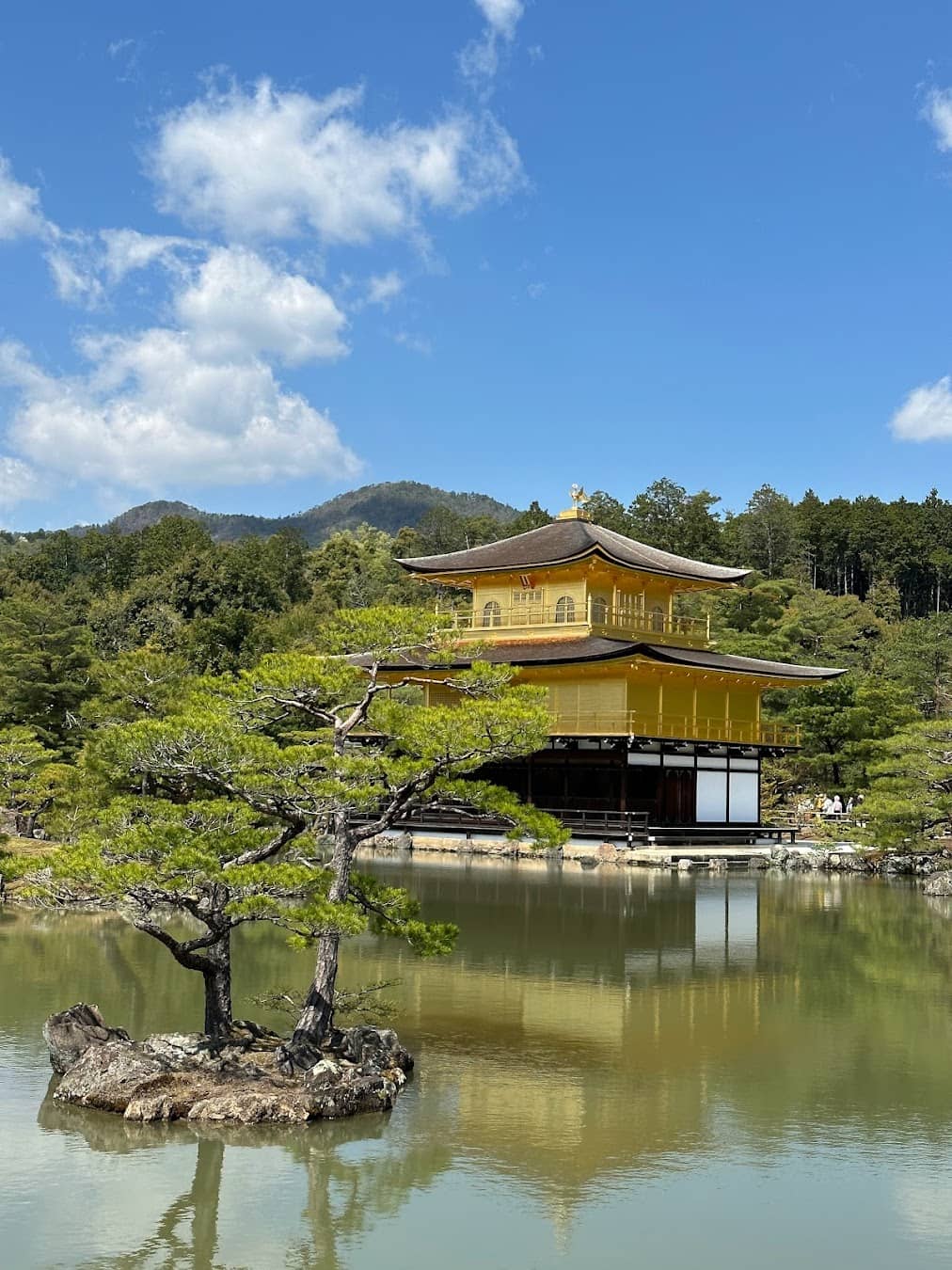

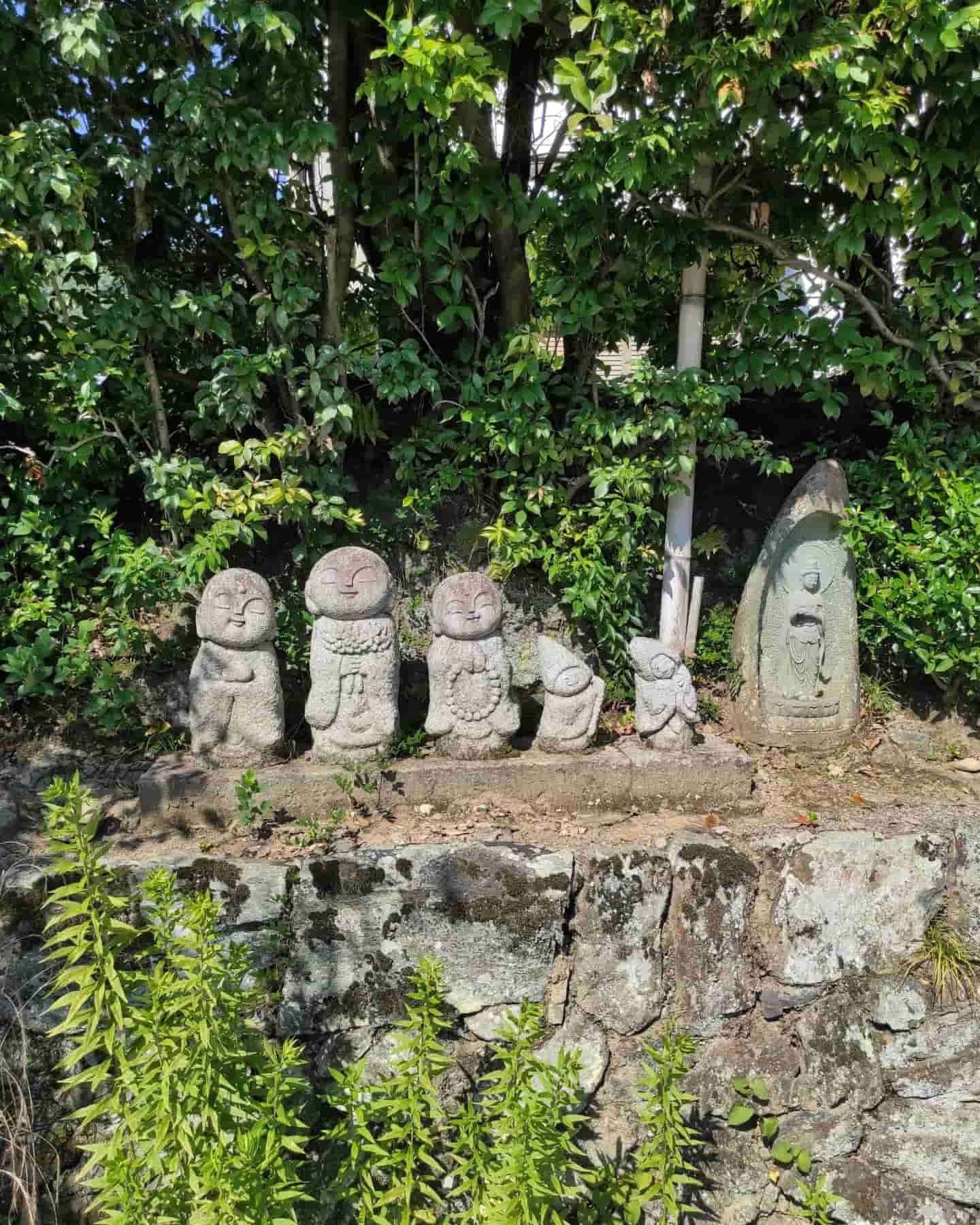
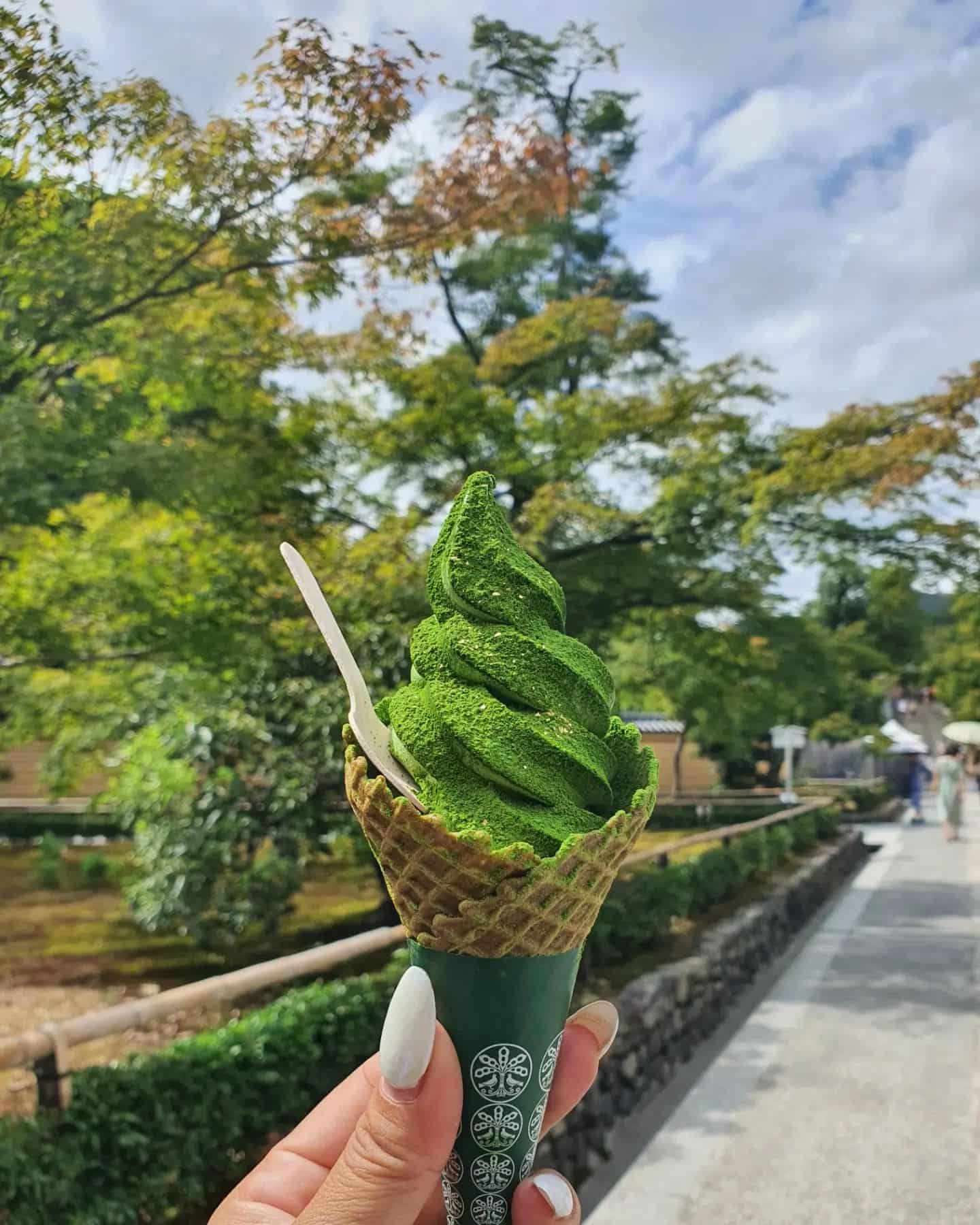
While you can’t enter the pavilion itself, the surrounding gardens are a perfect example of traditional Japanese landscape design. Take your time strolling through the grounds and don’t miss the tea house where you can enjoy a cup of matcha with a view of the golden temple. Visit on a weekday to avoid the worst of the crowds.
https://www.viator.com/tours/Kyoto/Price-schedule/d332-424966P2
3. Kiyomizu-dera Temple: Panoramic Views and Pure Water
Perched on the eastern hills of Kyoto, Kiyomizu-dera is one of the city’s most beloved Buddhist temples. The main hall, with its large wooden terrace, offers breathtaking views over Kyoto. It’s especially stunning during cherry blossom season in spring or when the autumn foliage is in full color.
Don’t miss the Otowa Waterfall at the base of the main hall. Visitors can drink from one of three streams, each said to bring a different benefit: longevity, success in school, or a fortunate love life. Just remember, it’s considered greedy to drink from all three! If you’re short on time, combine your visit with a stroll through the nearby Higashiyama district for a perfect half-day itinerary.
4. Arashiyama Bamboo Grove: A Walk Through Nature’s Cathedral
The Arashiyama Bamboo Grove is one of those places that looks like it’s straight out of a fairy tale. As you walk through the towering green stalks, the light filters through creating an almost magical atmosphere. It’s no wonder this is one of the most photographed spots in Kyoto.
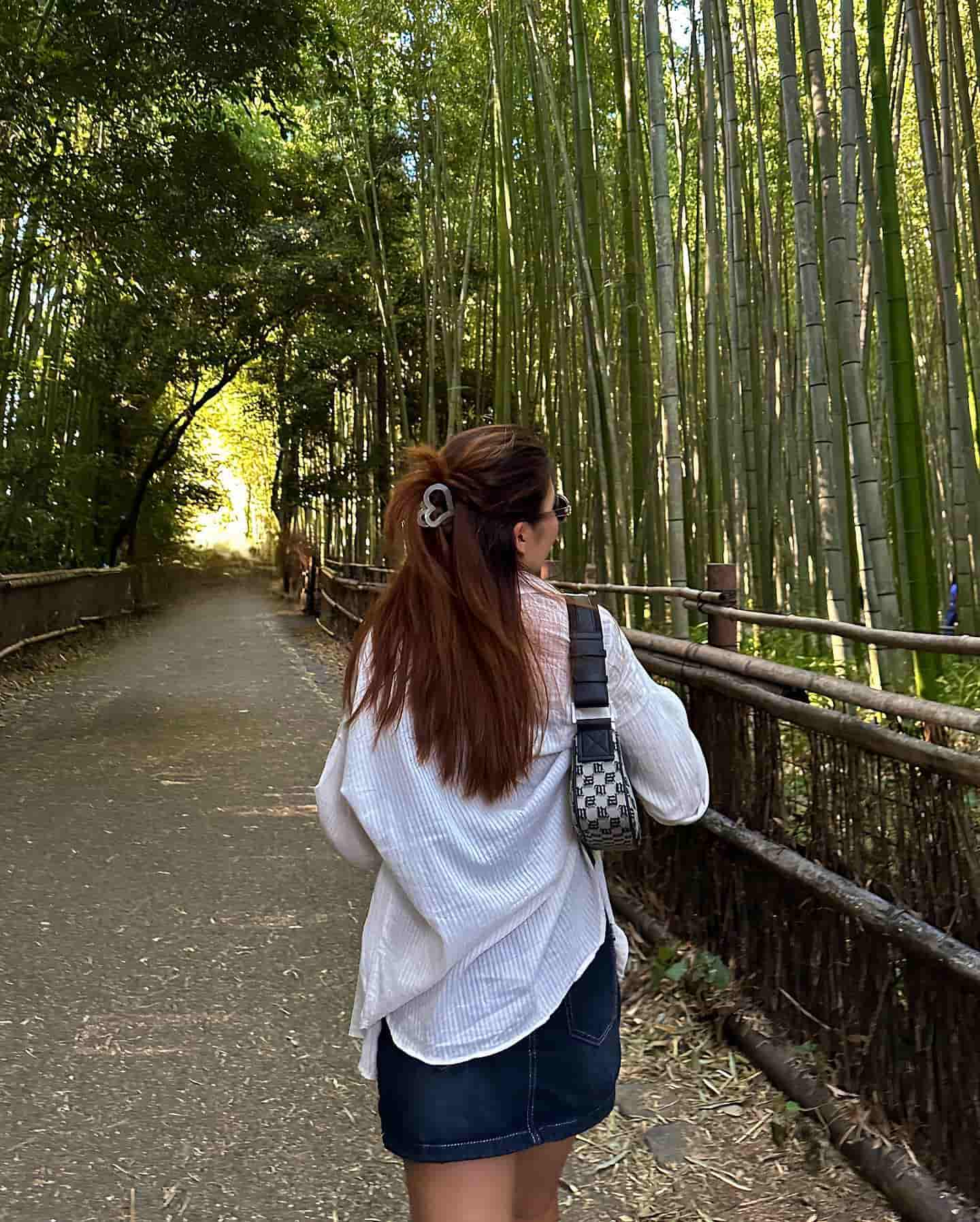
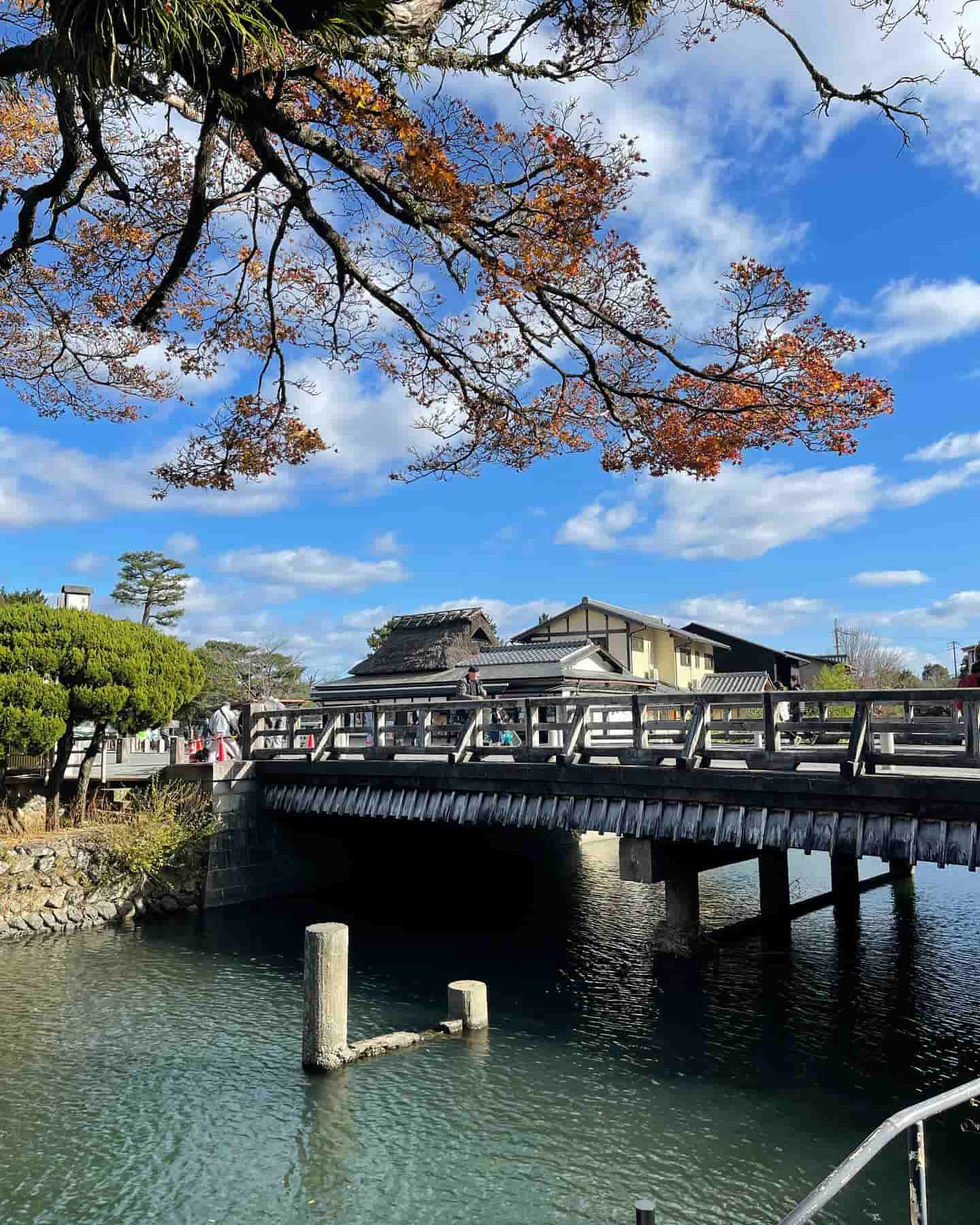
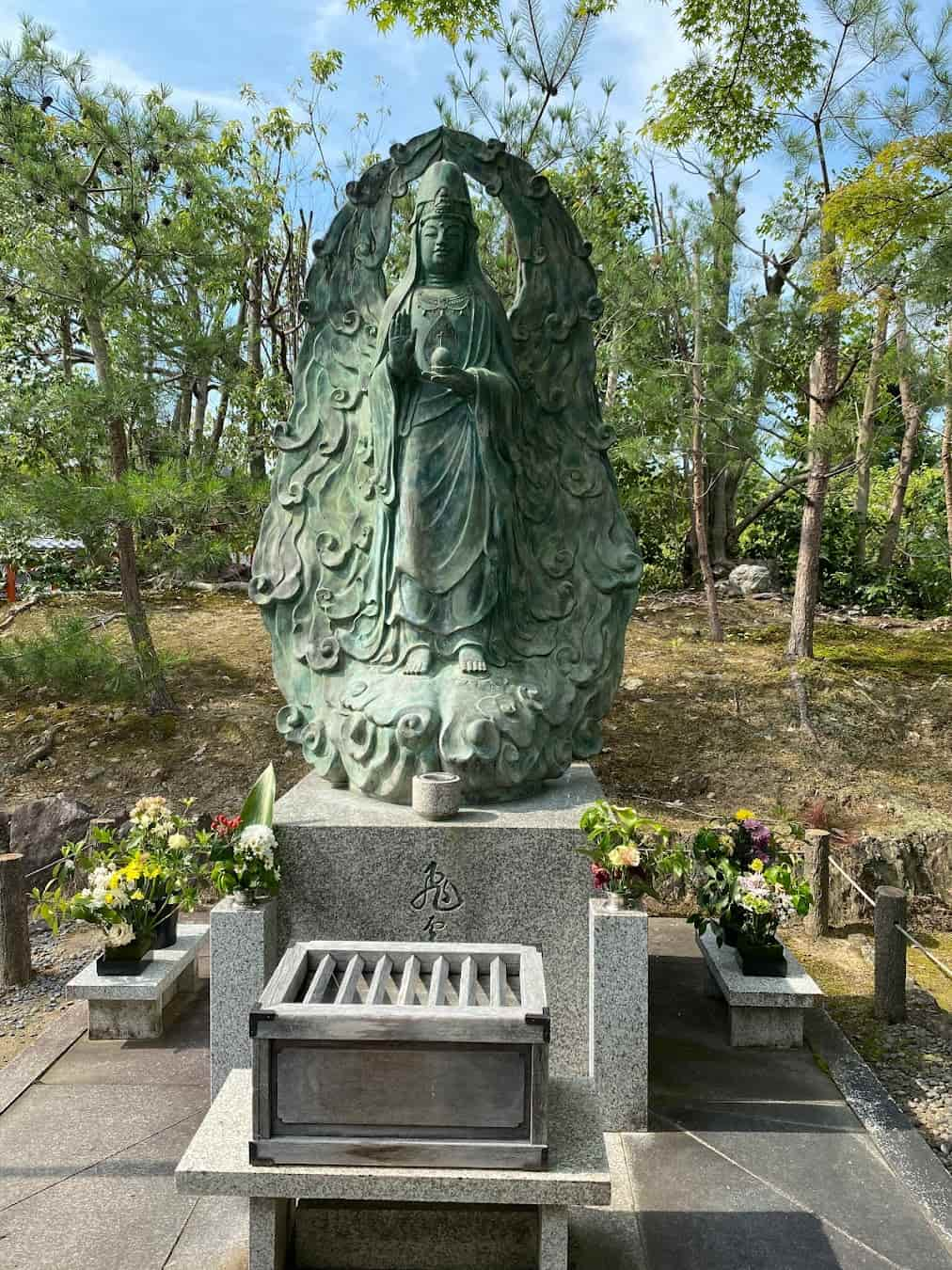
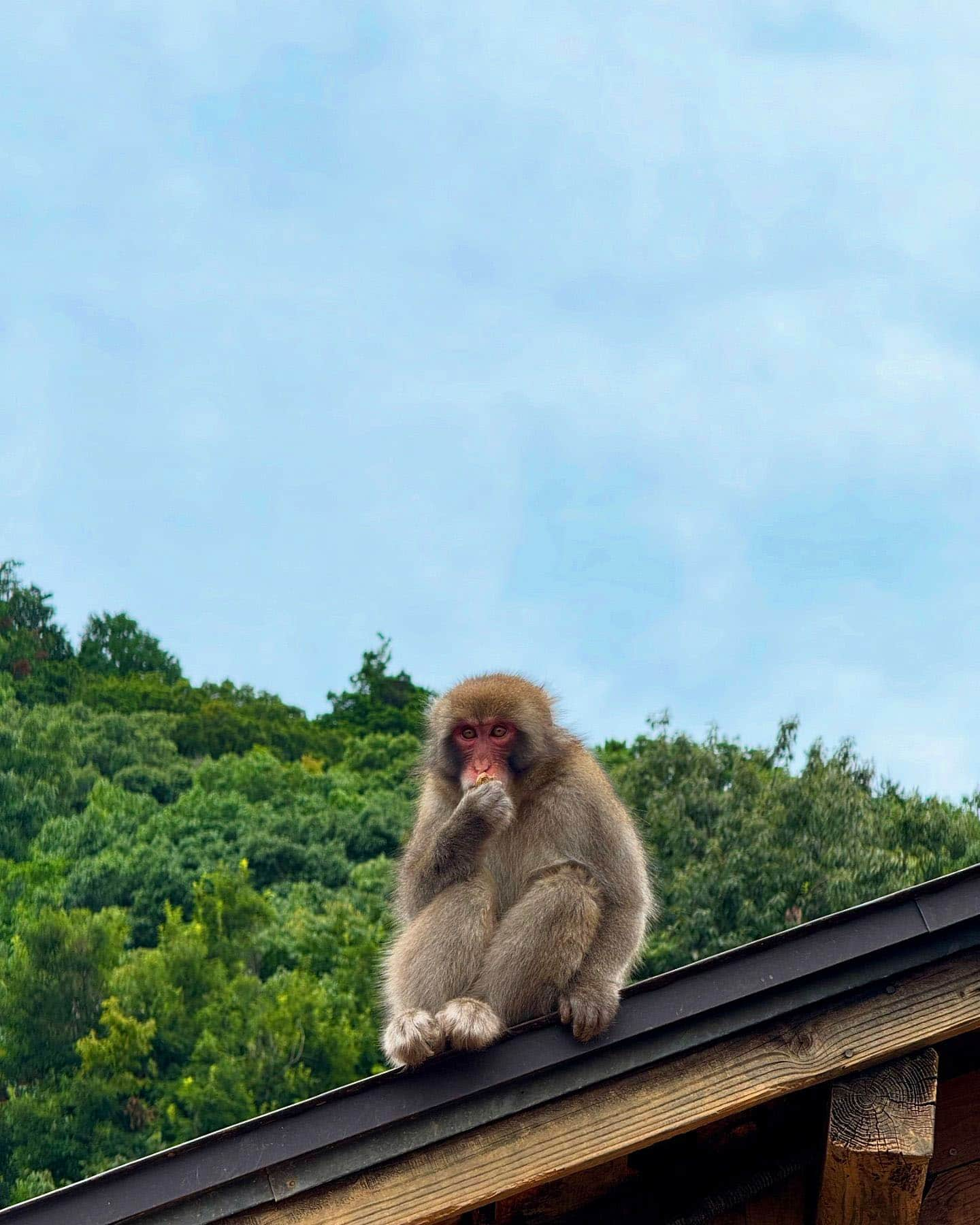
While the bamboo grove itself is relatively small, the surrounding area is full of attractions. I recommend renting a bike to explore Arashiyama more fully. Don’t miss the Tenryu-ji Temple, a UNESCO World Heritage site with beautiful gardens, or take a relaxing boat ride down the Hozugawa River. Entry to the bamboo grove is free, making it a great option for budget-conscious travelers.
https://www.viator.com/tours/Kyoto/Arashiyama-Walking-Adventure/d332-397899P2
5. Nijo Castle: Shogun’s Palace and Nightingale Floors
Nijo Castle, a UNESCO World Heritage site, offers a fascinating glimpse into the life of feudal Japan. Built in the early 1600s as the Kyoto residence of the Tokugawa shoguns, this flatland castle is known for its beautiful architecture and unique “nightingale floors” that squeak when walked upon to alert guards of intruders.
Inside the castle, you’ll find stunning painted sliding doors and beautiful gardens. I particularly love the Ninomaru Garden, designed by the famous landscape architect Kobori Enshu. It’s a classic example of a Japanese stroll garden, with a central pond surrounded by carefully placed rocks and pruned pine trees. If you’re visiting in spring, the castle’s plum and cherry blossoms are spectacular.
6. Tea Ceremony: Sip into Tradition
One of the best things to do in Kyoto is to participate in a traditional tea ceremony. This centuries-old practice is a window into Japan’s rich cultural heritage. I recommend visiting En, a tea house in the heart of Gion, where you can experience this elegant ritual firsthand. The serene atmosphere, the careful preparation of matcha green tea, and the mindful consumption process are truly mesmerizing.
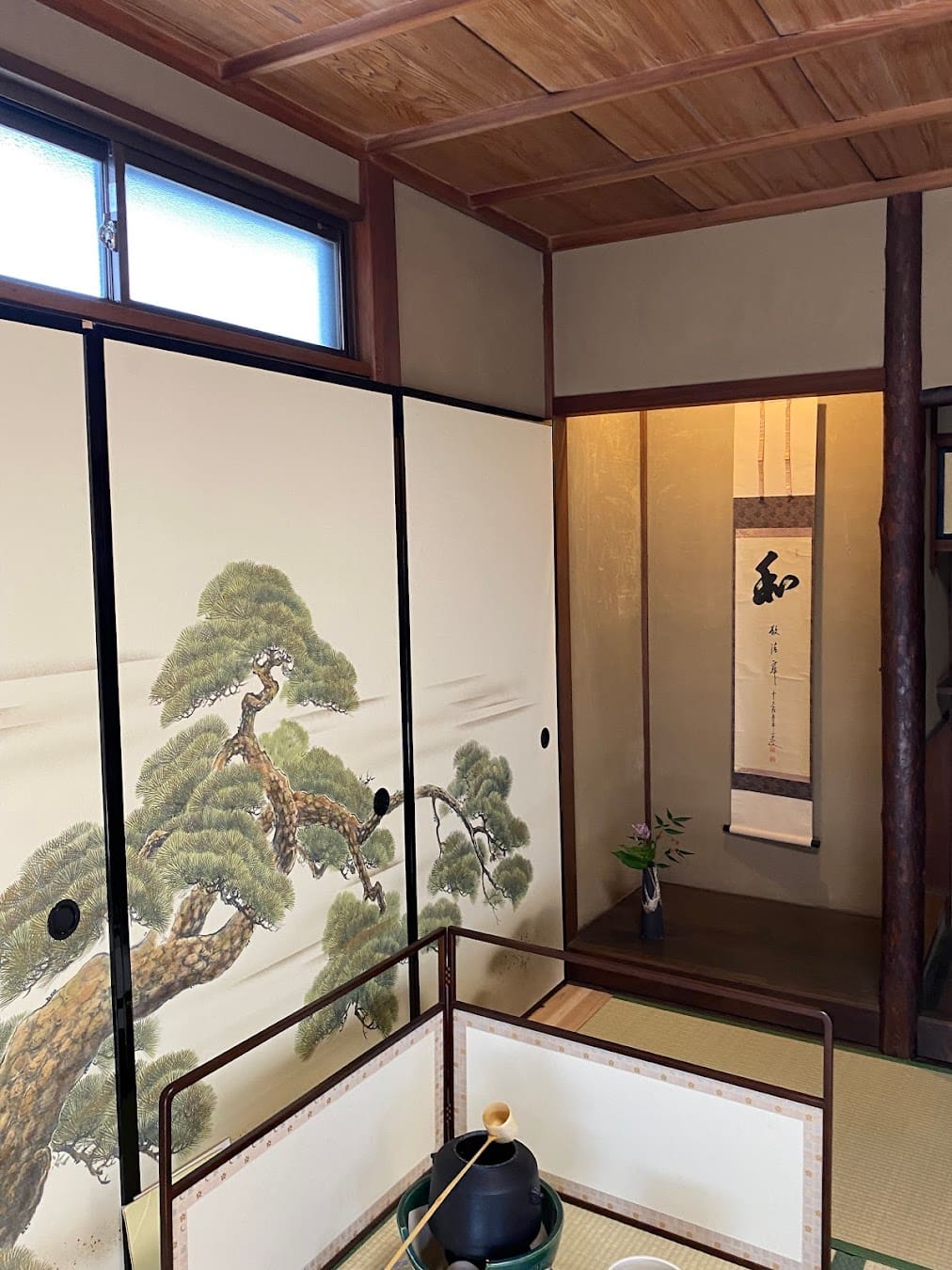
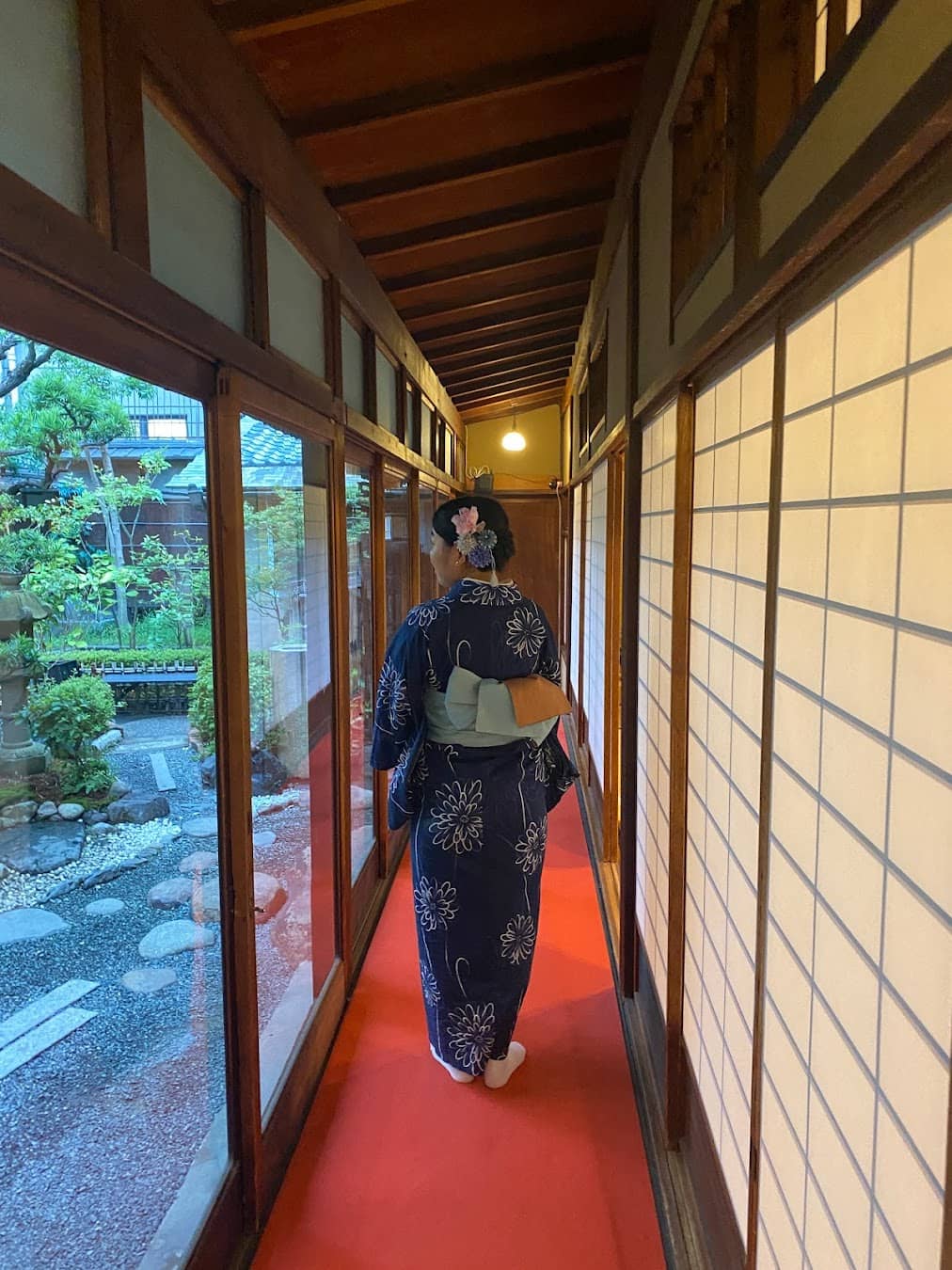

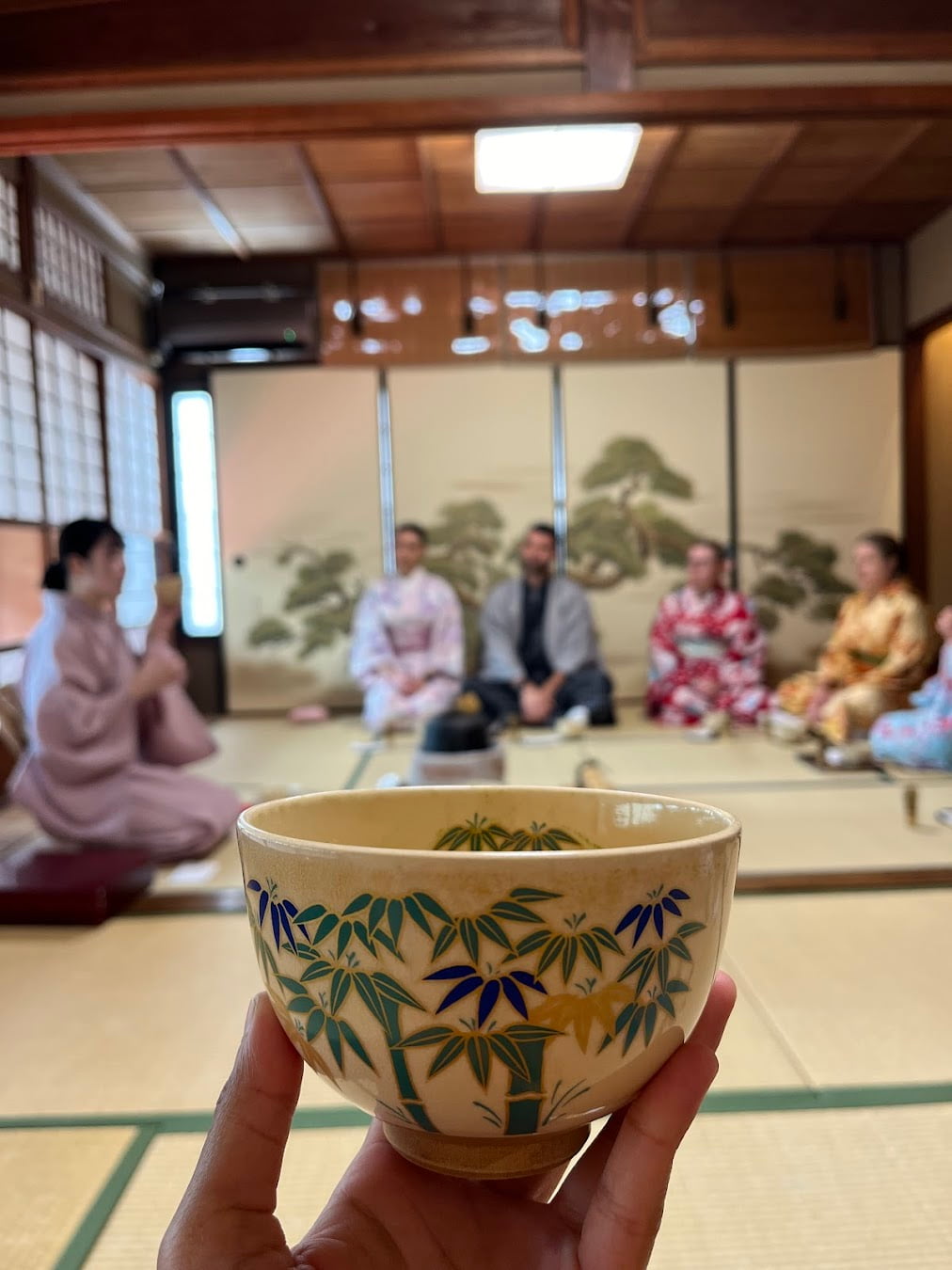
During the ceremony, you’ll learn about the significance of each movement and the philosophy behind this ancient art. It’s not just about drinking tea; it’s a meditation on mindfulness and hospitality. Book your tea ceremony in advance, especially during peak tourist seasons, to ensure availability.
7. Geisha District (Gion): Step Back in Time
Gion, Kyoto’s famous geisha district, is like stepping into a scene from a historical drama. As you stroll along the narrow streets lined with traditional wooden machiya houses, keep your eyes peeled for geiko (Kyoto dialect for geisha) and maiko (apprentice geisha) hurrying to their evening appointments. The best time to spot them is around dusk.
For a deeper dive into geisha culture, I suggest booking a guided tour. These tours often include visits to ochaya (tea houses) where geisha entertain, something you can’t access on your own. Remember, if you do see a geisha, be respectful and ask permission before taking photos. Visit Hanami-koji Street in the evening when the traditional lanterns are lit for a magical atmosphere.
https://www.viator.com/tours/Kyoto/Kyoto-Gion-Night-Walking-Tour-Stories-of-Geisha/d332-175777P12
8. Kimono Wearing: Dress the Part
Donning a kimono and exploring Kyoto’s historic streets is an immersive way to connect with traditional Japan. Many rental shops around the city offer kimono experiences, complete with professional dressing assistance. I particularly like Yumeyakata in downtown Kyoto, which has a wide selection of kimonos and helpful staff.
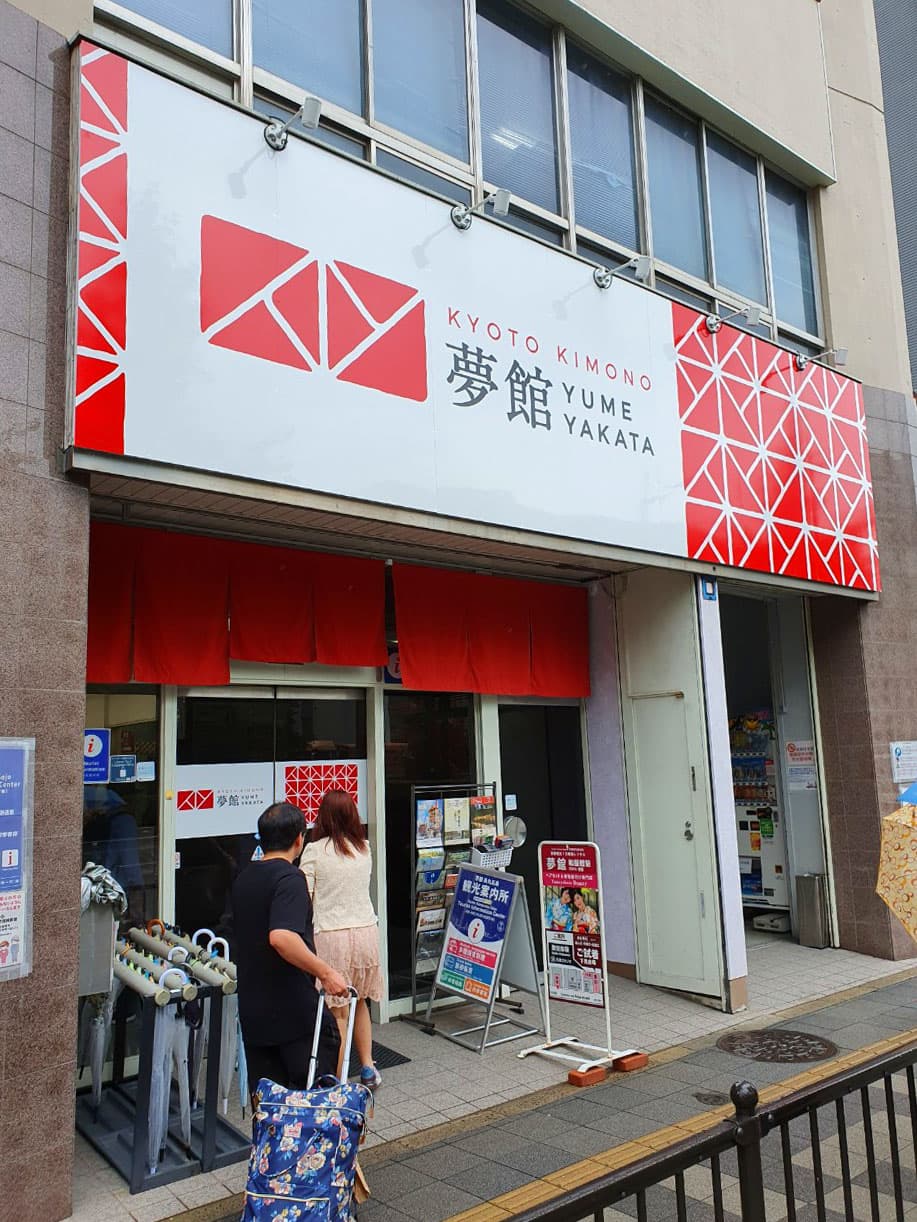



Once dressed, take a stroll through the picturesque Higashiyama district or visit some of Kyoto’s beautiful temples. It’s a fantastic photo opportunity and a chance to experience a slice of Japanese culture firsthand. Money Saver: Some kimono rental shops offer discounts if you book online in advance.
9. Zen Meditation: Find Your Inner Peace
Kyoto, with its numerous Buddhist temples, is the perfect place to try Zen meditation. Many temples offer meditation sessions for beginners, including English instruction. One of my favorites is Ryosoku-in, part of the Kennin-ji temple complex in eastern Kyoto. The serene setting and expert guidance make it ideal for first-timers.
During the session, you’ll learn about the principles of Zen, proper sitting posture, and breathing techniques. It’s a wonderful way to pause and reflect amidst your busy travel schedule. If you’re short on time, even a 30-minute session can be beneficial and give you a taste of Zen practice.
https://www.viator.com/tours/Kyoto/Zen-Meditation-for-Life-in-Kyoto/d332-117408P2
10. Traditional Crafts Workshops: Hands-on Heritage
Kyoto is home to numerous traditional crafts, and participating in a workshop is a great way to appreciate the skill and artistry involved. I love the Kyoto Handicraft Center, where you can try your hand at various crafts like woodblock printing, pottery, or calligraphy. It’s fascinating to learn about the techniques passed down through generations.
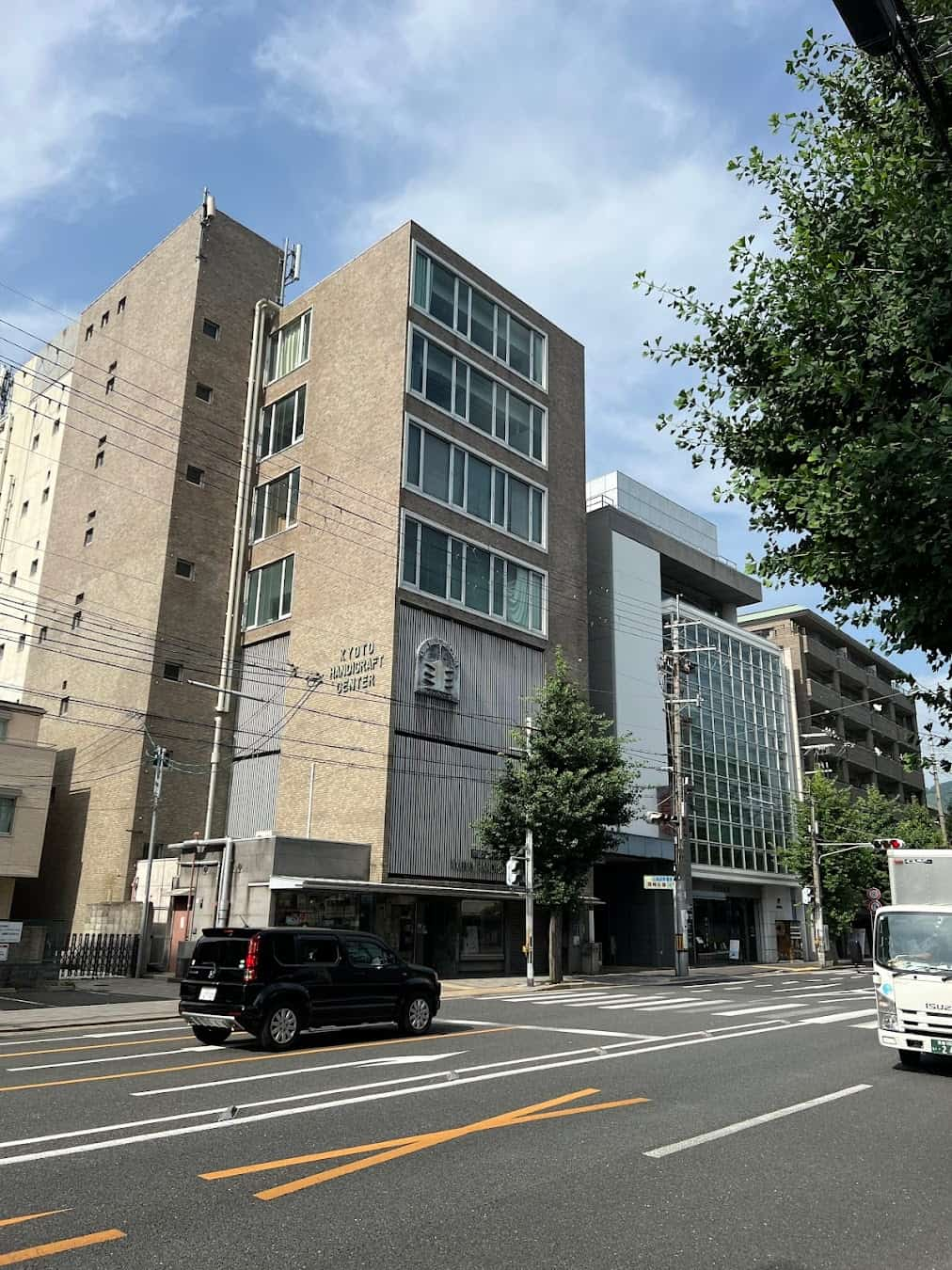

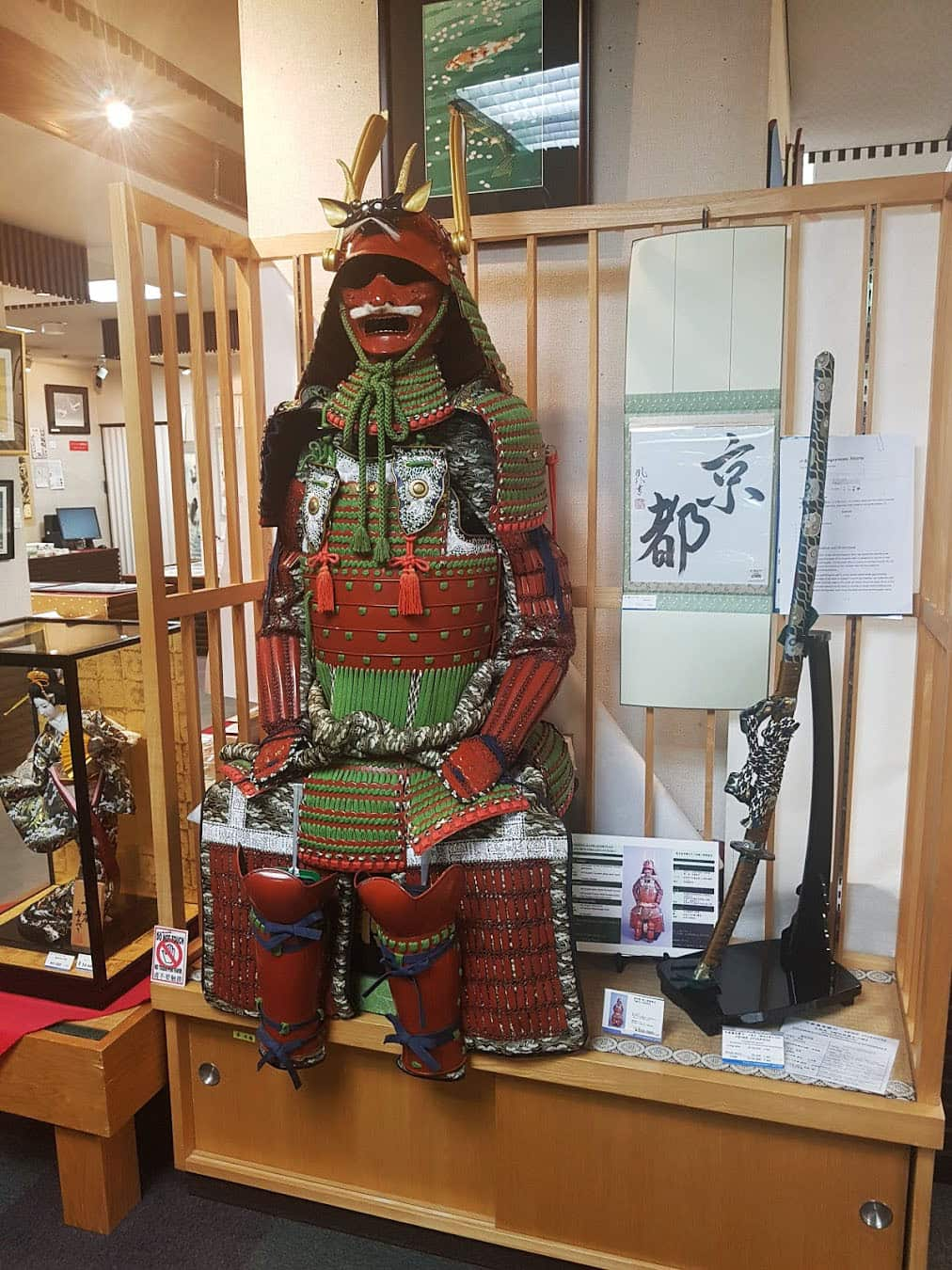

For a more specialized experience, consider a workshop focused on a particular craft. The Nishijin Textile Center offers weaving classes where you can create your own coaster using traditional techniques. Or try a Japanese knife-making class at Fusui Knife Workshop. These hands-on experiences give you a deeper appreciation for Japan’s rich cultural heritage and make for unique souvenirs. Book workshops in advance, especially during peak tourist seasons, to secure your spot.
11. Ryoan-ji Temple: Zen in Stone and Sand
Ryoan-ji Temple is one of the most famous Zen gardens in Japan, and it’s easy to see why. The minimalist rock garden, consisting of 15 rocks set in a sea of carefully raked white gravel, is a masterpiece of Japanese aesthetics. I recommend visiting early in the morning to avoid the crowds and fully appreciate the garden’s tranquil atmosphere.
As you sit on the viewing platform, try to count the rocks – it’s said to be impossible to see all 15 at once from any angle. The surrounding grounds are also worth exploring, with a lovely pond garden and walking trails. Insider Tip: Visit during autumn to see the stunning fall colors reflected in the temple’s pond.
12. Sanjusangendo Temple: A Thousand Armed Kannon
Sanjusangendo is one of the most unique Buddhist temples in Kyoto. The main hall houses 1001 statues of Kannon, the goddess of mercy, creating an awe-inspiring sight. As you walk along the 120-meter-long hall, you’ll be flanked by row upon row of these intricate golden statues, each with multiple arms to help save all beings.
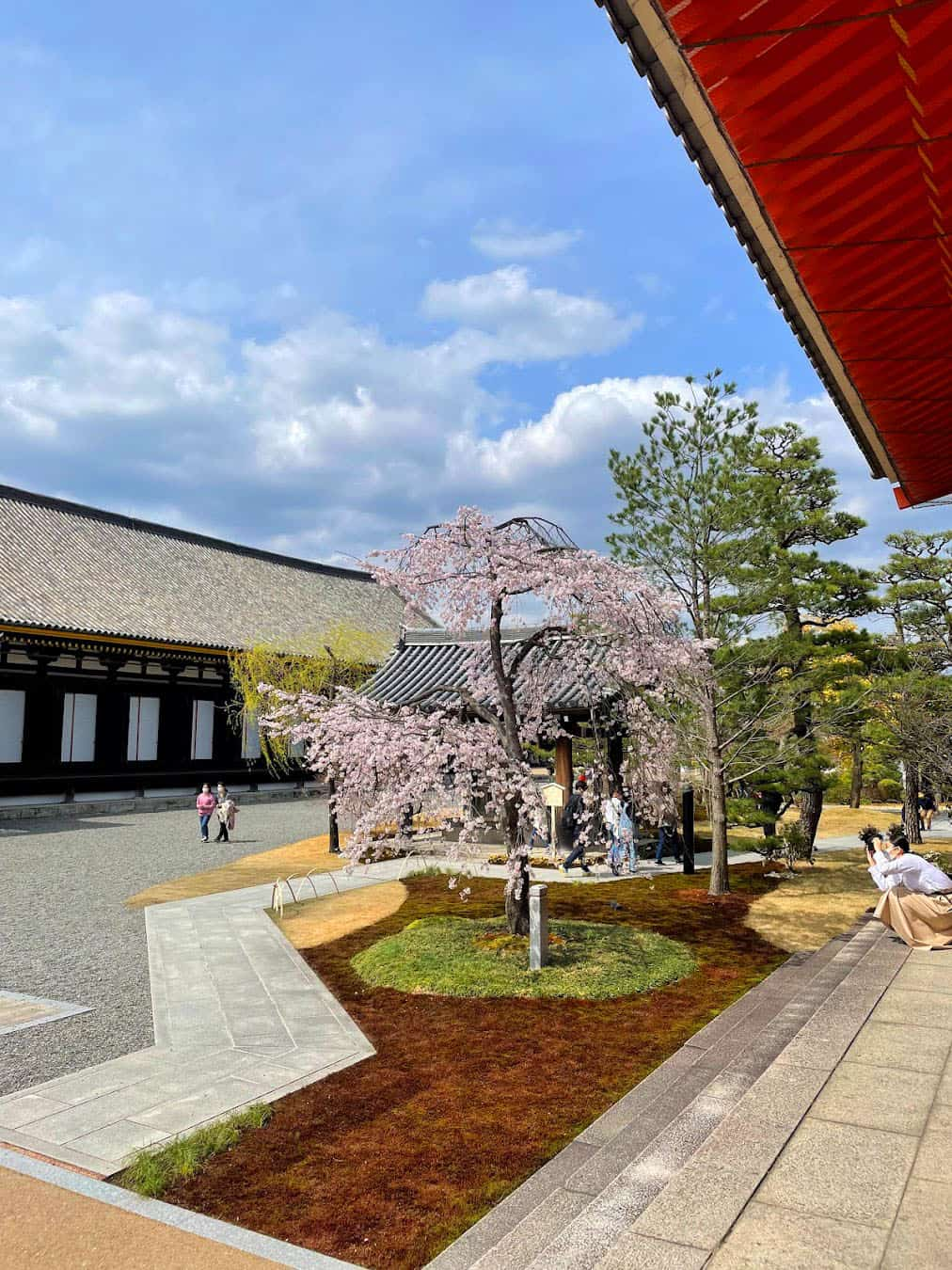
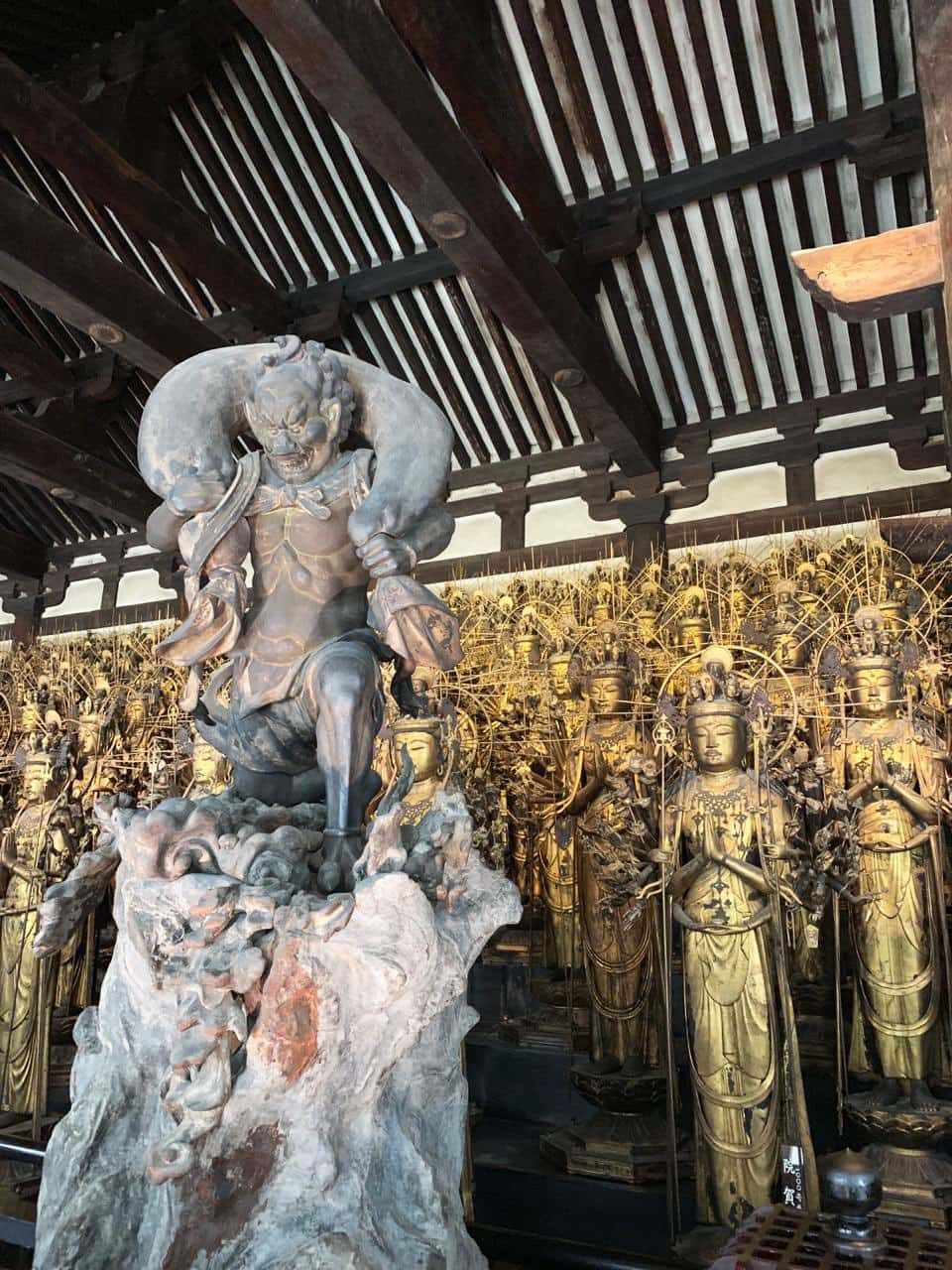

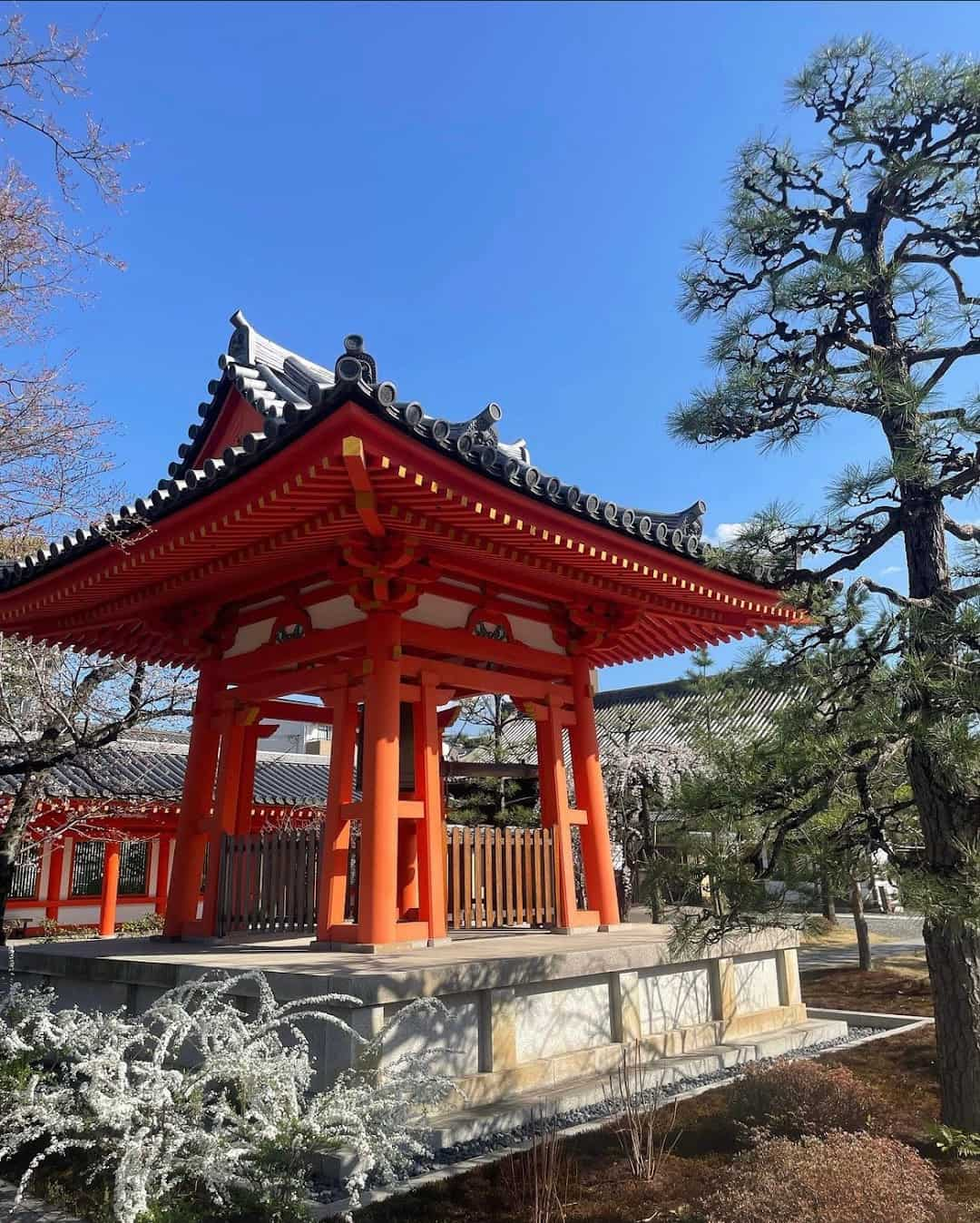
The temple’s name means “33 intervals,” referring to the number of spaces between the building’s support columns. It’s a testament to Japan’s incredible craftsmanship and devotion. If you’re short on time, this temple can be combined with a visit to nearby Kyoto National Museum for a culture-packed afternoon.
13. Ninna-ji Temple: Imperial Connections and Late-Blooming Cherry Trees
Ninna-ji Temple, located in northern Kyoto, is a sprawling complex that once served as a retirement villa for emperors. The temple’s five-story pagoda and Golden Hall are impressive, but what I love most are the beautiful gardens. In spring, don’t miss the Omuro cherry trees, famous for blooming later than other varieties in Kyoto.
The temple also houses a fascinating collection of Buddhist art and imperial treasures. Be sure to visit the Goten, the former imperial residence, with its elegant sliding doors and peaceful rock gardens. Rent an audio guide to fully appreciate the temple’s rich history and artistic details.
14. Imperial Palace: Heart of Japan’s Ancient Capital
The Kyoto Imperial Palace, located in the expansive Kyoto Gyoen National Garden, was the residence of Japan’s Imperial Family until 1868. Although the current buildings are reconstructions from the 19th century, they offer a glimpse into the refined world of the Japanese court. I suggest joining a guided tour to fully appreciate the palace’s history and significance.

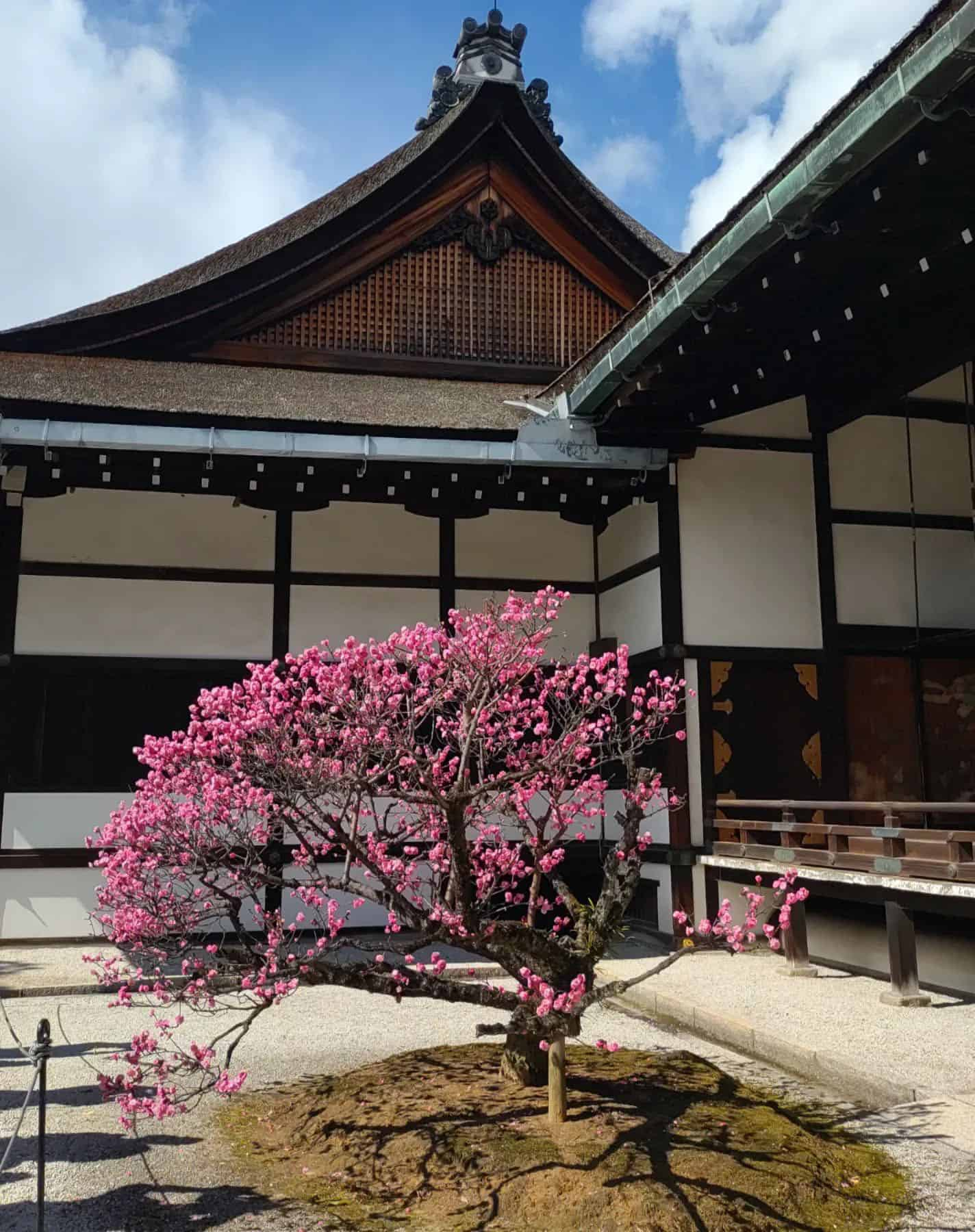

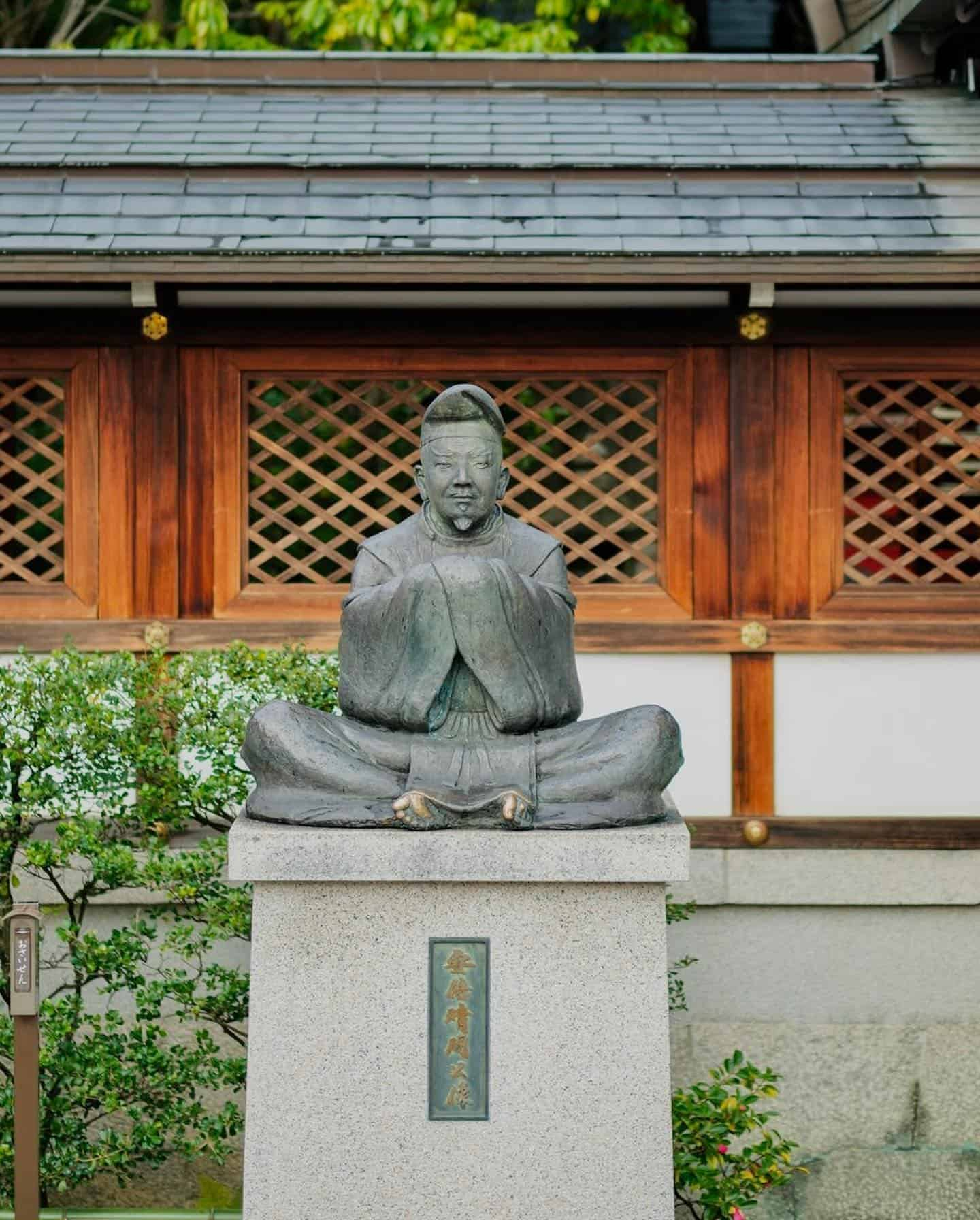
After exploring the palace, take some time to stroll through the surrounding park. It’s a favorite spot for locals and a great place to relax and people-watch. Entry to both the palace and the park is free, making this a budget-friendly option for your Kyoto itinerary.
15. Tofuku-ji Temple: Zen Architecture and Autumn Colors
Tofuku-ji is one of the most important Zen temples in Kyoto and a must-visit for anyone interested in Japanese architecture or gardens. The temple’s Hojo, or head priest’s quarters, is surrounded by four distinct Zen gardens, each with its own character. My favorite is the southern garden, with its unique checkerboard pattern of moss and stones.
While Tofuku-ji is beautiful year-round, it truly comes alive in autumn. The view of the fall foliage from the Tsutenkyo Bridge is one of the most iconic autumn scenes in all of Japan. Be prepared for crowds if you visit during peak foliage season, typically in mid to late November. For a less crowded experience, explore some of the sub-temples within the Tofuku-ji complex – they’re often overlooked by tourists but equally beautiful.
Things to Do with Kids in Kyoto 👦🏻
1. Kyoto Railway Museum: A Train Lover’s Paradise
If you’re looking for one of the best things to do in Japan with kids, the Kyoto Railway Museum is a must-visit. I was blown away by the sheer size of this place!
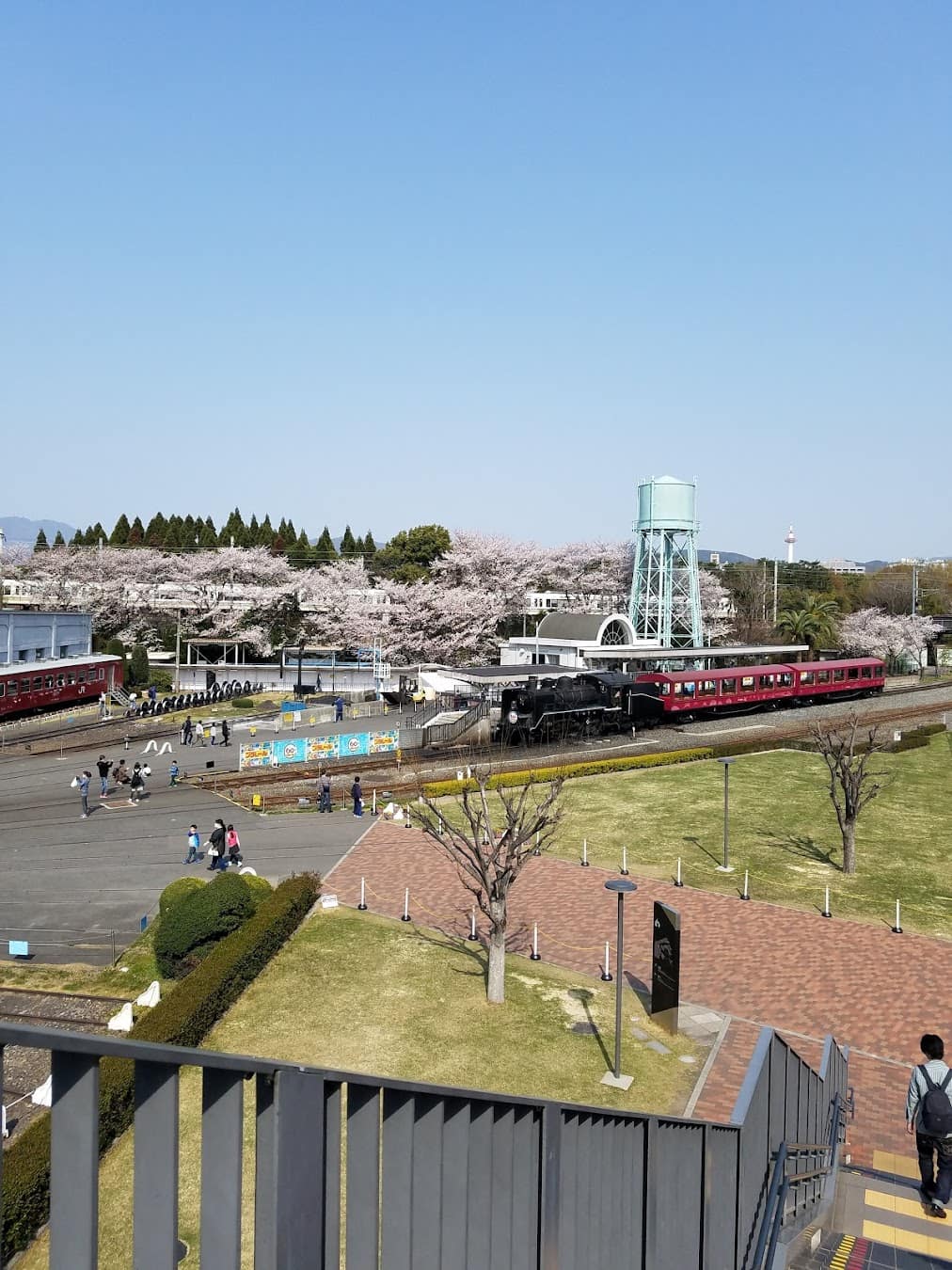
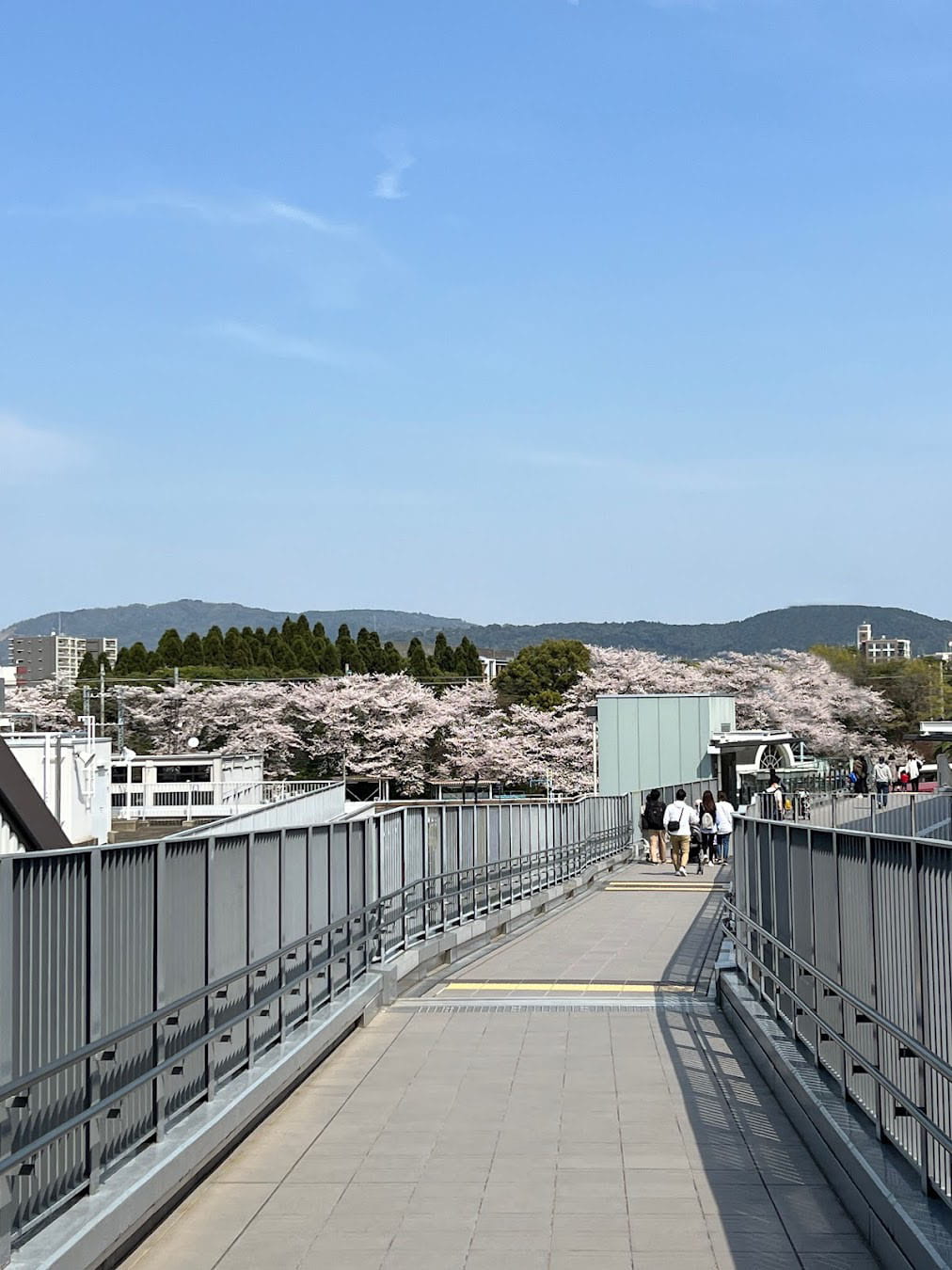

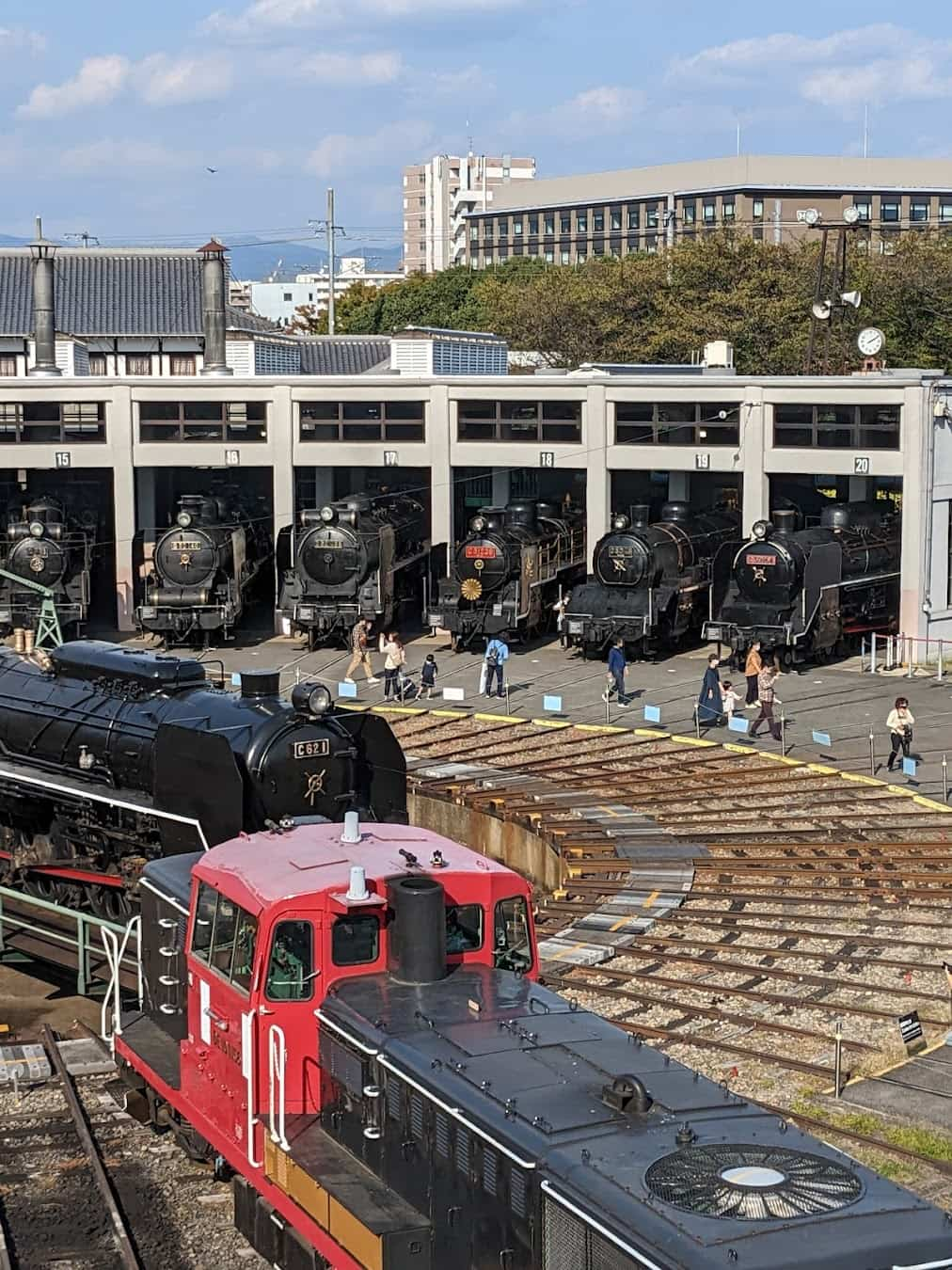
It’s packed with interactive exhibits that’ll keep the little ones entertained for hours. My favorite part? The train simulator where you can pretend to be a real conductor.
https://www.viator.com/tours/Kyoto/Kyoto-Railway-Museum-Advance-Tickets/d332-366941P70
2. Nishiki Market: A Feast for the Senses
Nishiki Market, often called “Kyoto’s Kitchen,” is a fantastic spot to explore with kids. The narrow, covered shopping street is bursting with colors, smells, and tastes that’ll excite young travelers.
I recommend trying the tako tamago (octopus stuffed with a quail egg) – it’s a hit with adventurous eaters!
https://www.viator.com/tours/Kyoto/Nishiki-Market-Breakfast-Walking-Food-Tour/d332-63670P22
3. Kyoto International Manga Museum: Comic Book Heaven
For a uniquely Japanese experience, head to the Kyoto International Manga Museum. It’s one of the most popular attractions in the cultural capital of Japan, especially for older kids and teens.
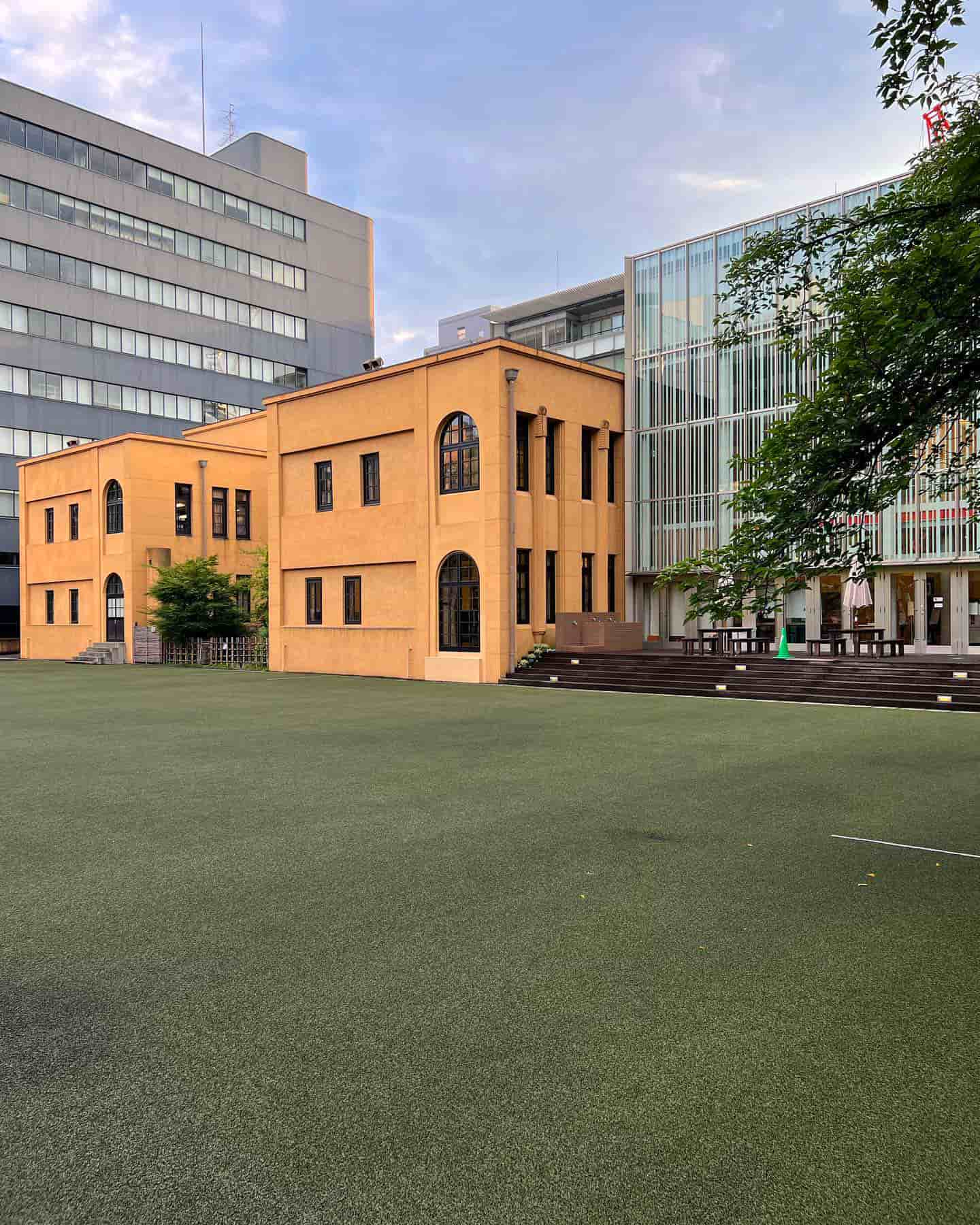
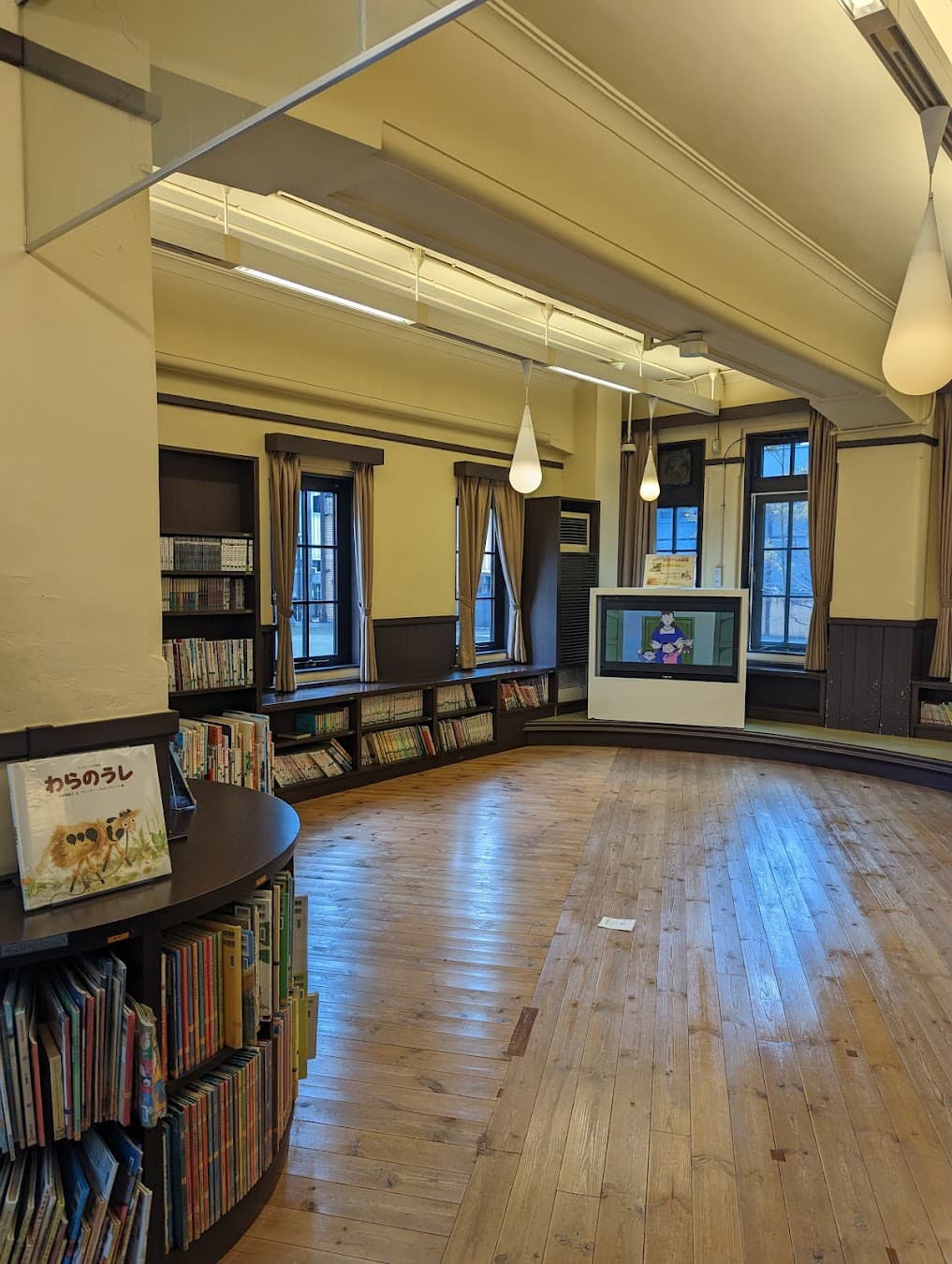

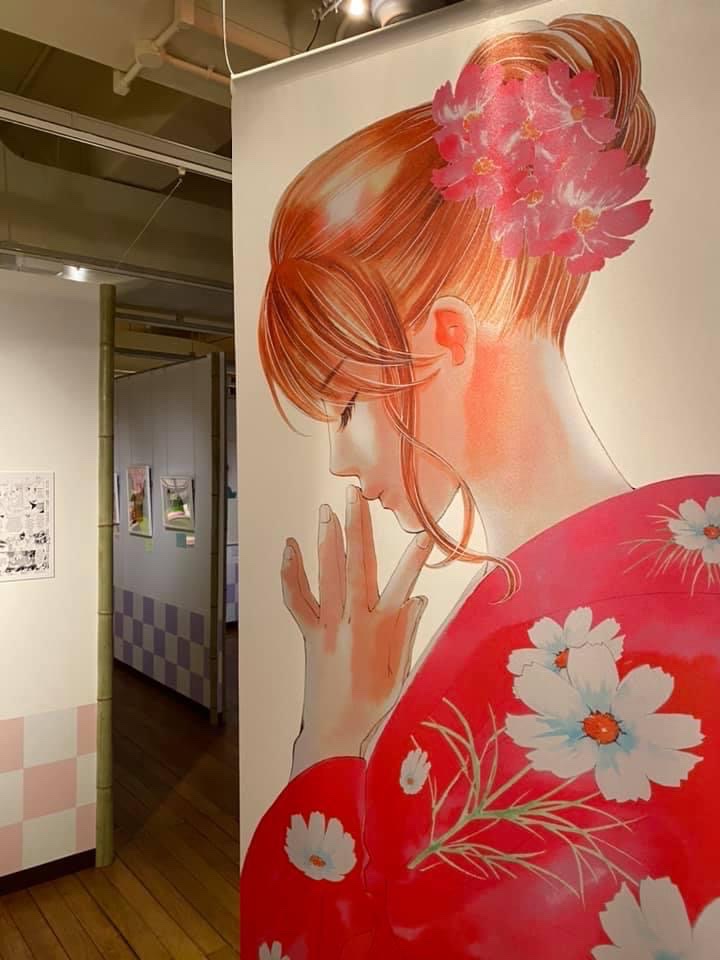
I spent hours browsing the endless shelves of manga and watching my kids try their hand at drawing workshops.
4. Arashiyama Monkey Park: Meet the Locals
Just a short train ride from central Kyoto, Arashiyama Monkey Park offers a fun day out for families.
The hike up can be a bit challenging, but the views over Kyoto and the chance to feed wild monkeys make it worthwhile. Bring water and wear comfortable shoes for the climb.
https://www.viator.com/tours/Kyoto/Arashiyama-Walking-Adventure/d332-397899P2
5. Toei Kyoto Studio Park: Step into a Samurai Drama
If your kids are fascinated by samurai and ninjas, they’ll love Toei Kyoto Studio Park. It’s a working film set where you can watch stunts, try on costumes, and even participate in a ninja training session.
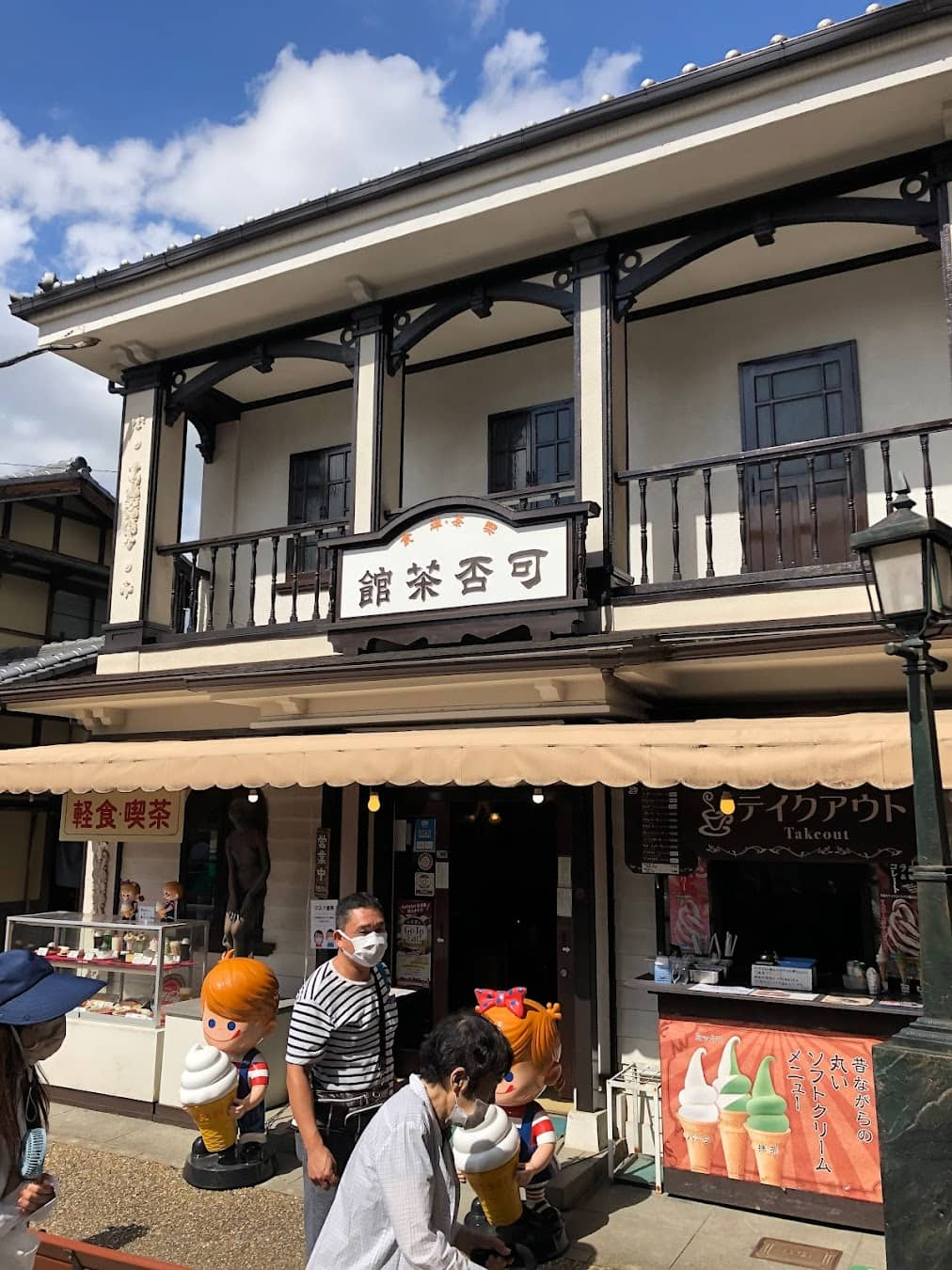
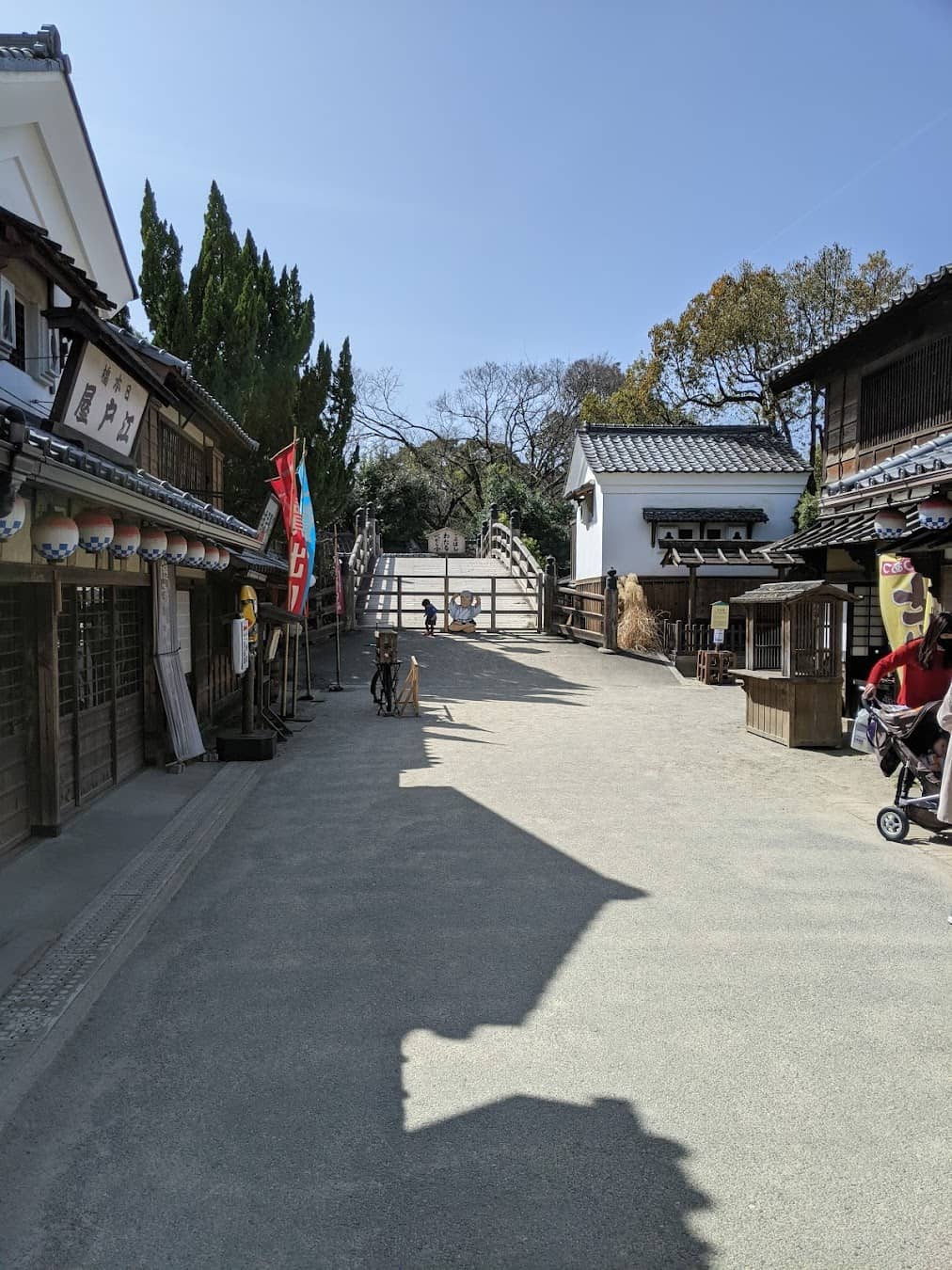
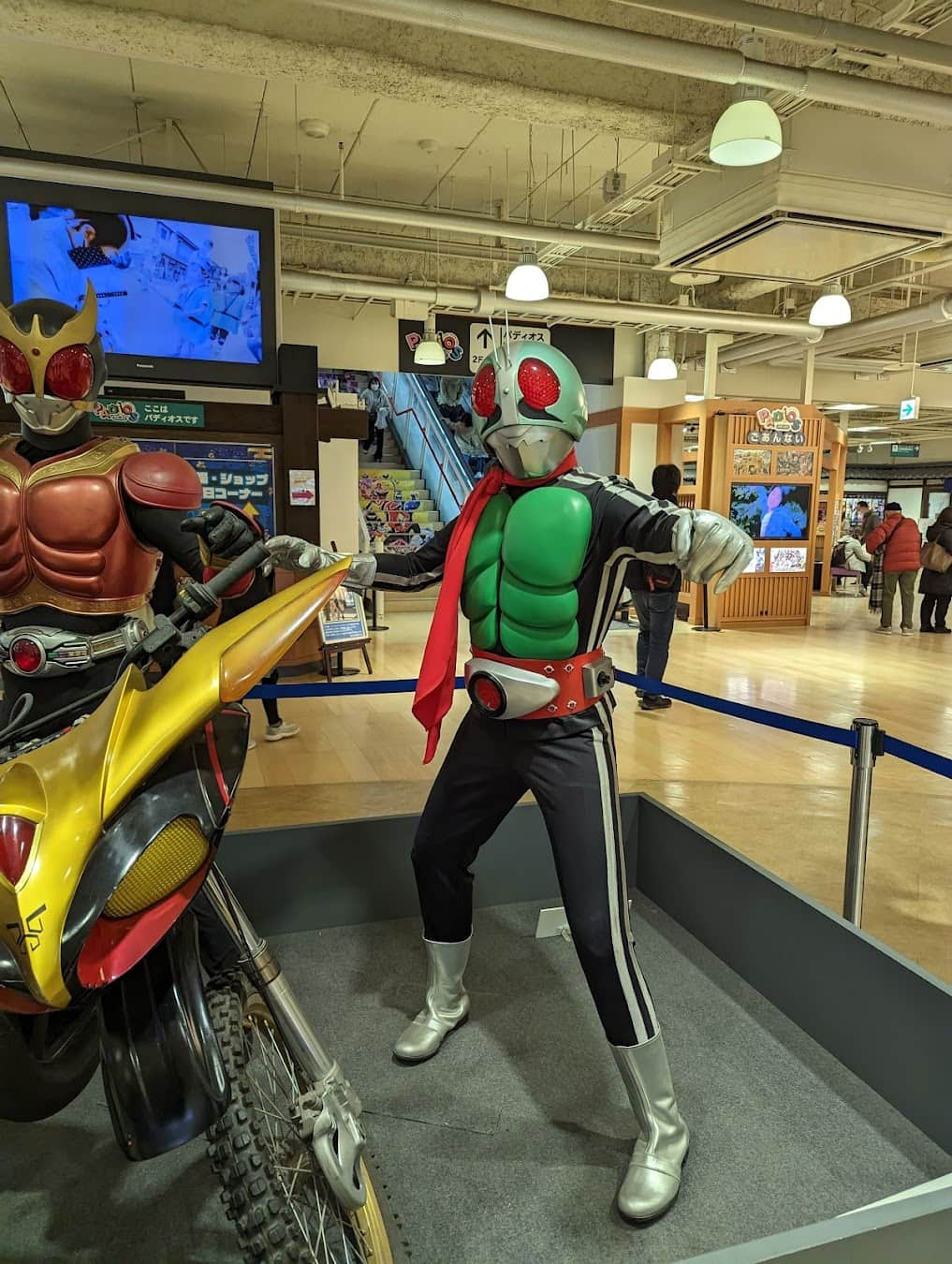

I was surprised by how much I enjoyed it too – it’s a great way to spend the day and learn about Japanese pop culture.
https://www.tiqets.com/en/kyoto-attractions-c72420/tickets-for-toei-kyoto-studio-park-p1003746/
6. Fushimi Inari Shrine: A Thousand Gates Adventure
While it might not seem kid-friendly at first glance, I found Fushimi Inari Shrine to be a hit with my little ones. The endless red torii gates create a magical tunnel that sparked their imagination.
We made a game of counting the gates and looking for the fox statues. Go early in the morning to avoid the crowds and heat.
Free Things to Do in Kyoto 💥
1. Stroll Through the Imperial Palace Park
One of the best free things to do in Kyoto is to explore the expansive grounds of the Imperial Palace Park. I love spending a lazy afternoon here, watching locals practice tai chi or admire the seasonal blooms. It’s a 2 km loop around the park, perfect for a leisurely walk or jog.
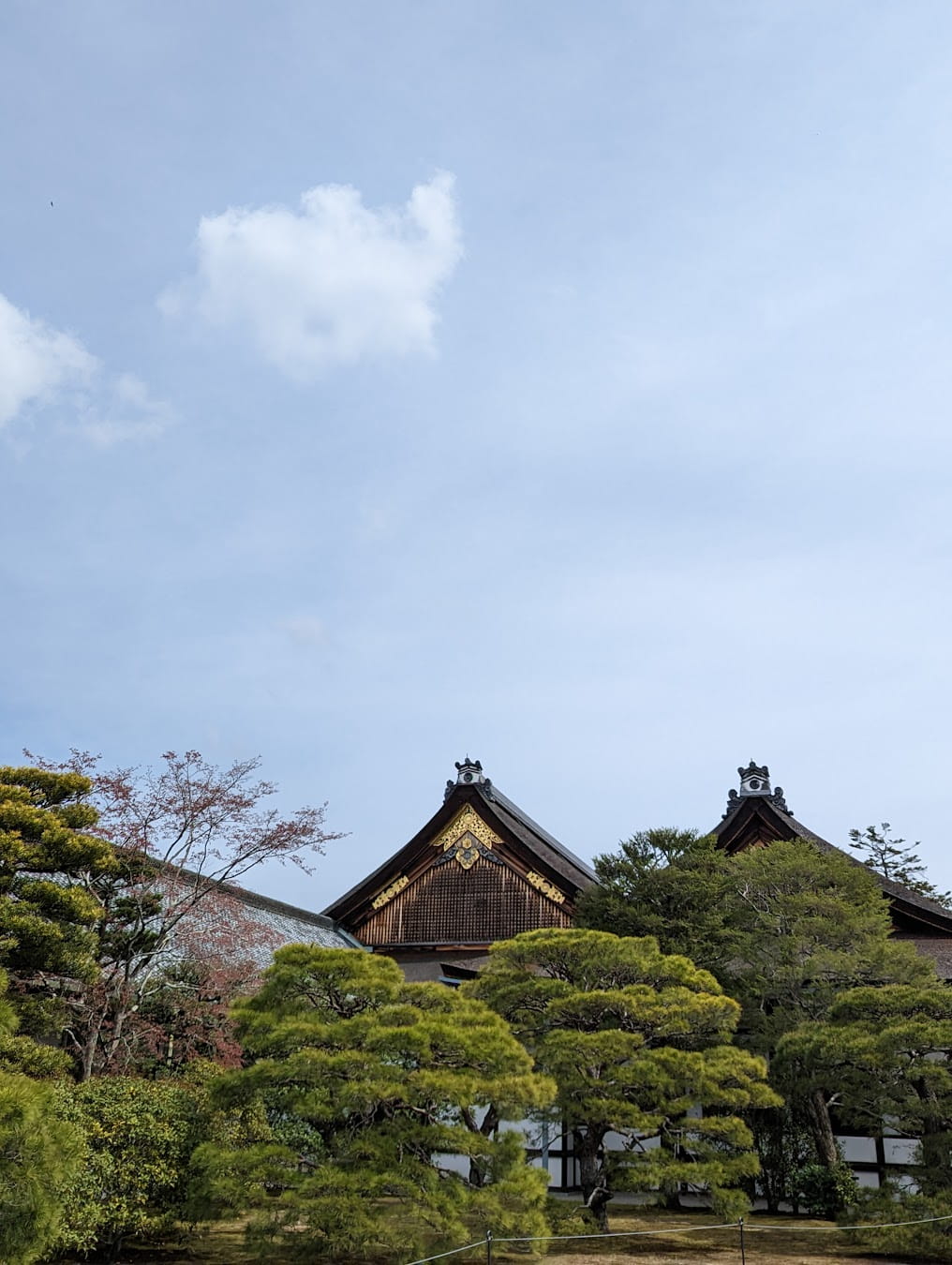
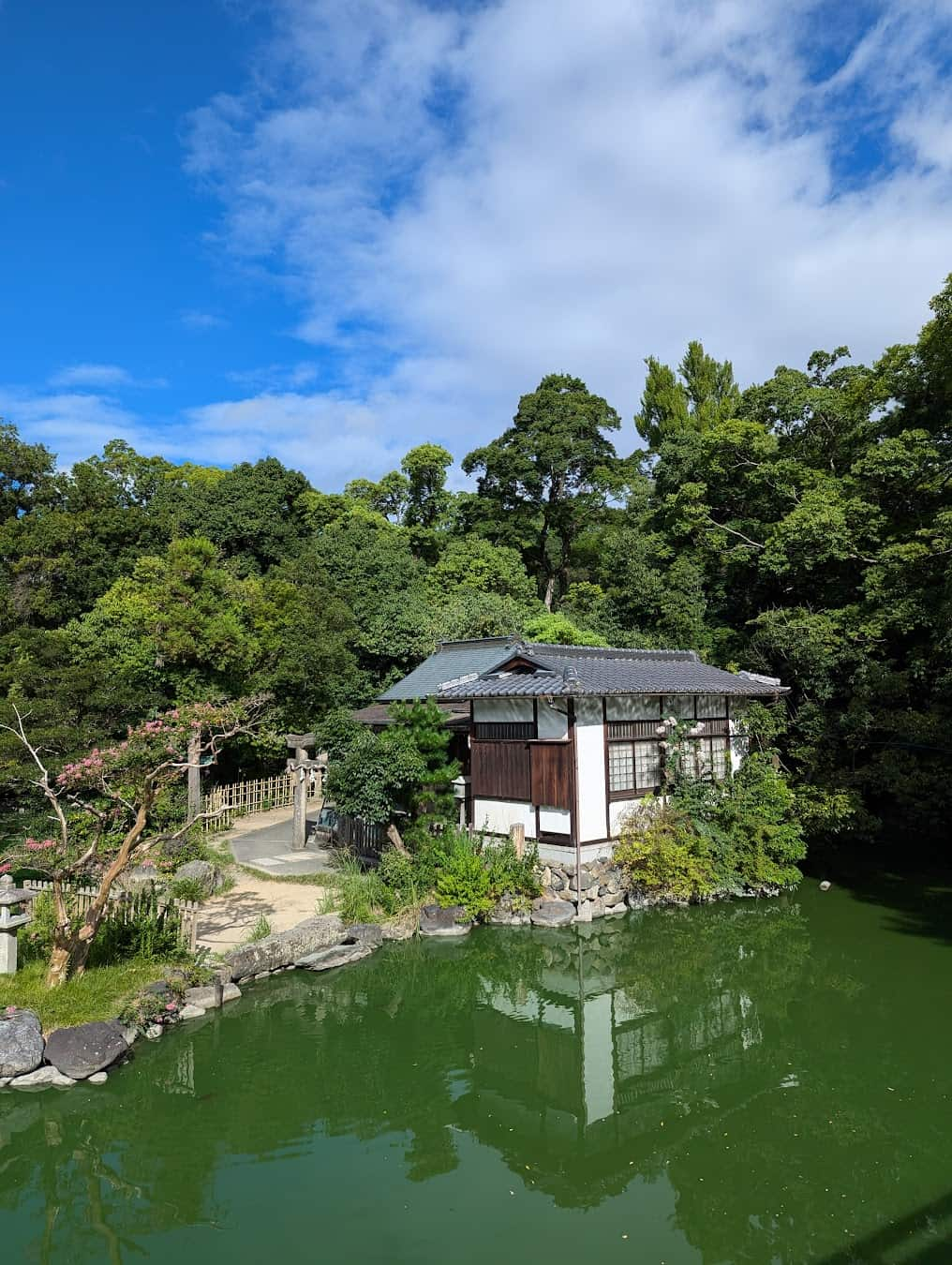
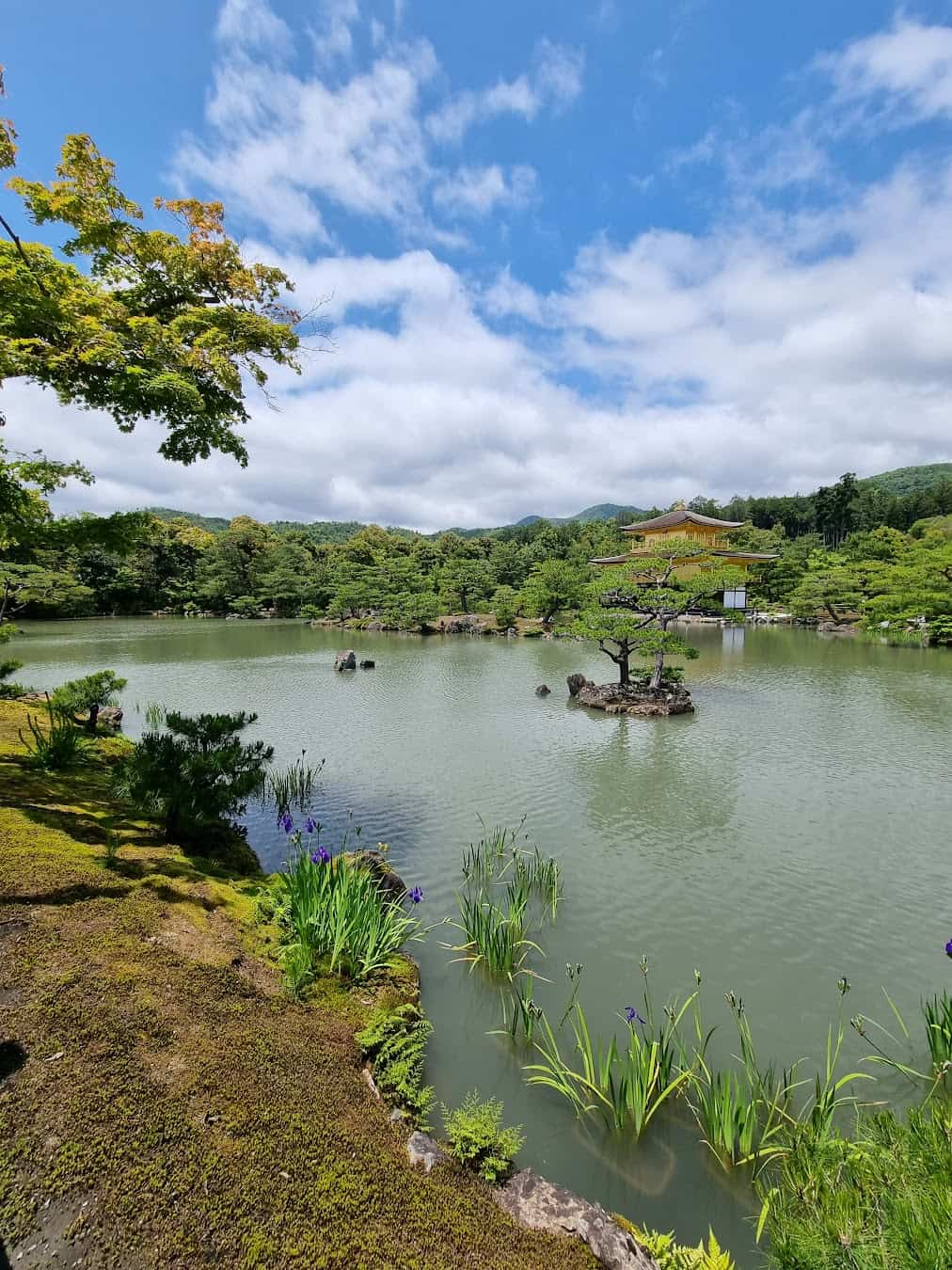
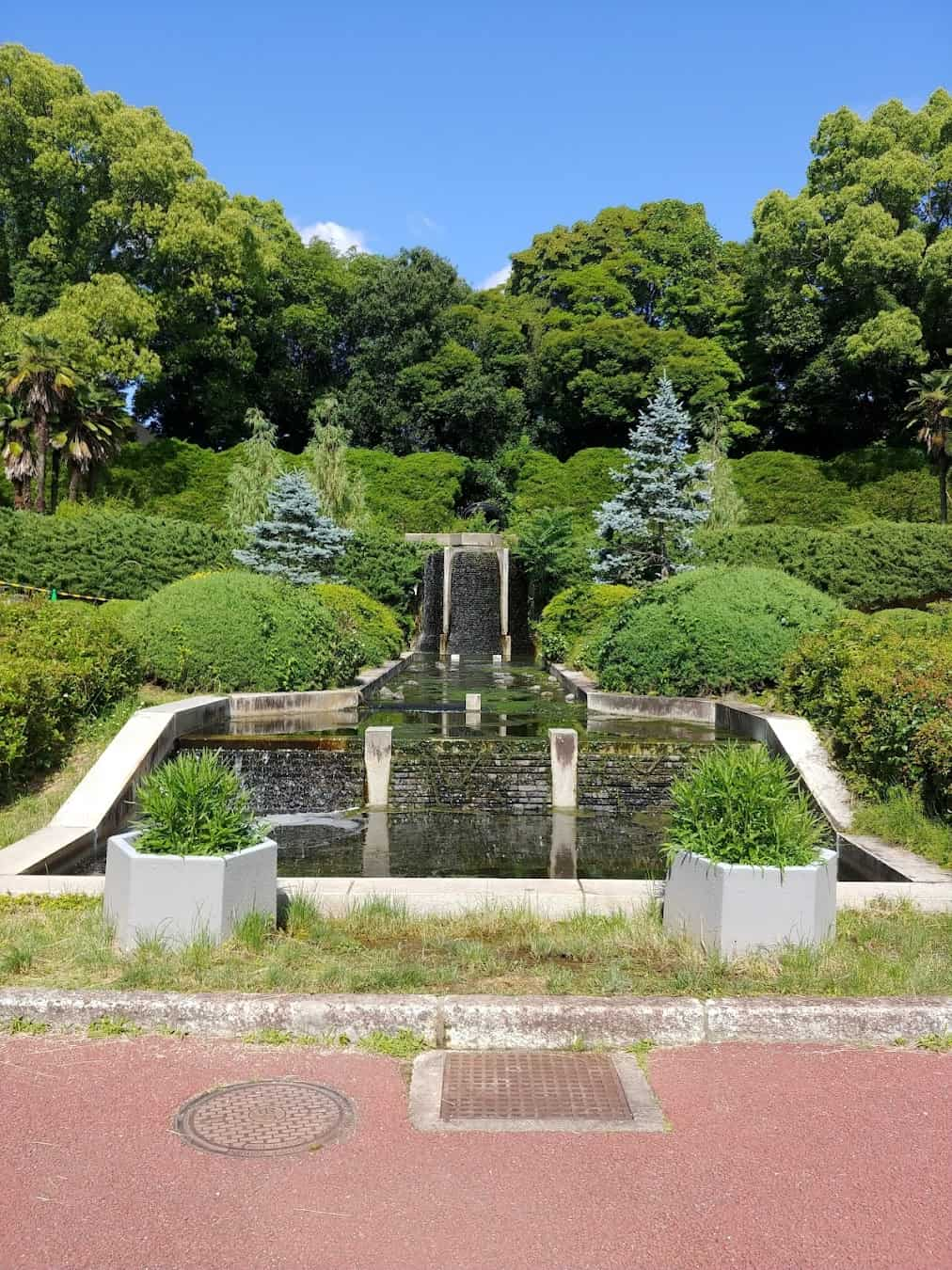
2. Visit Fushimi Inari Shrine
Although we’ve mentioned it before, it’s worth repeating that Fushimi Inari Shrine is completely free to visit. I recommend going early in the morning or late in the evening to avoid the crowds. The sight of thousands of vermilion torii gates stretching up the mountain is truly unforgettable.

3. Explore the Philosopher’s Path
This picturesque stone path along a canal in eastern Kyoto is one of my favorite places to visit. It’s especially beautiful during cherry blossom season, but charming year-round. The 2 km walk takes you past several temples and quaint cafes. Start from the Ginkaku-ji end for a slight downhill walk.
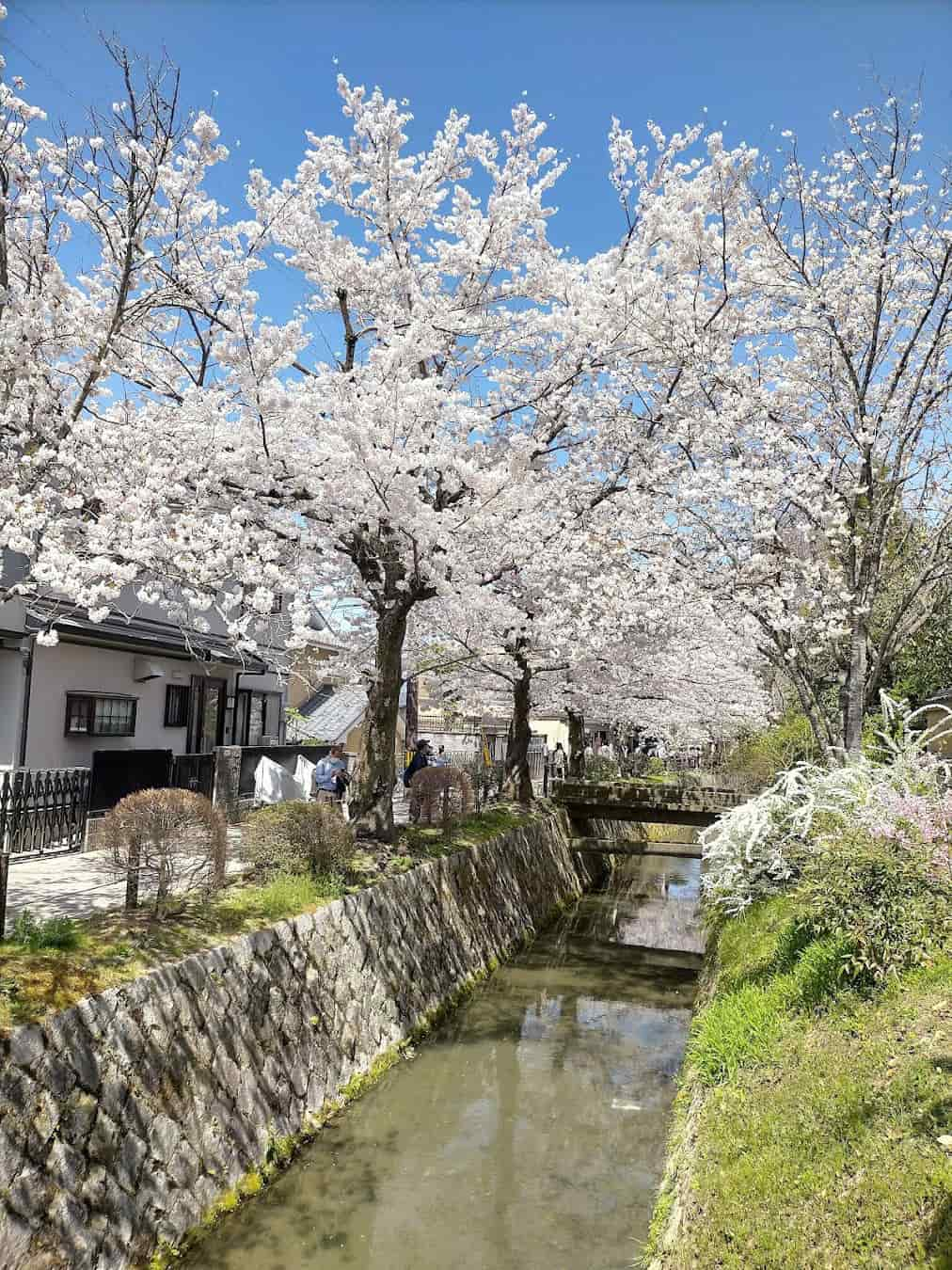
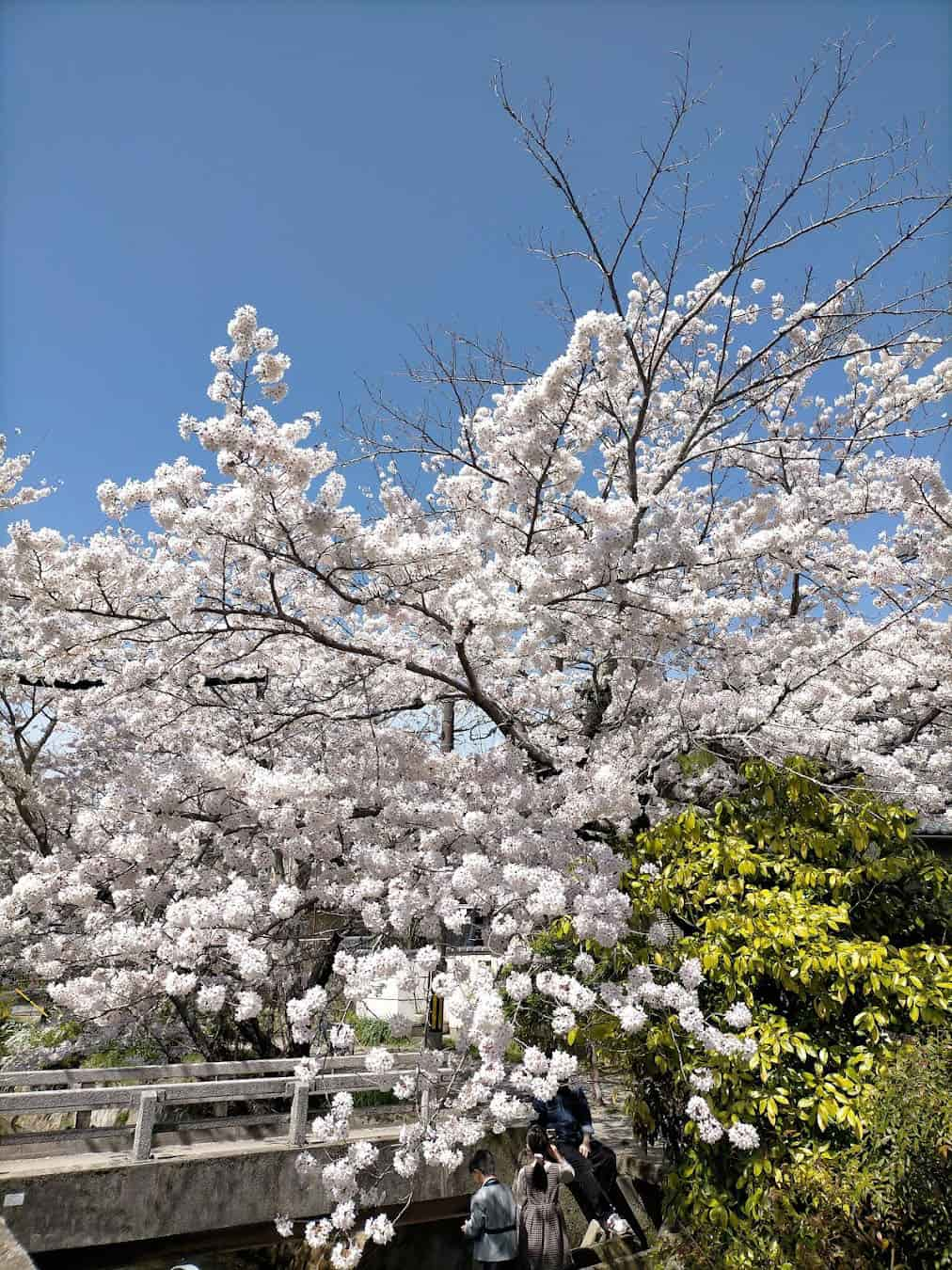
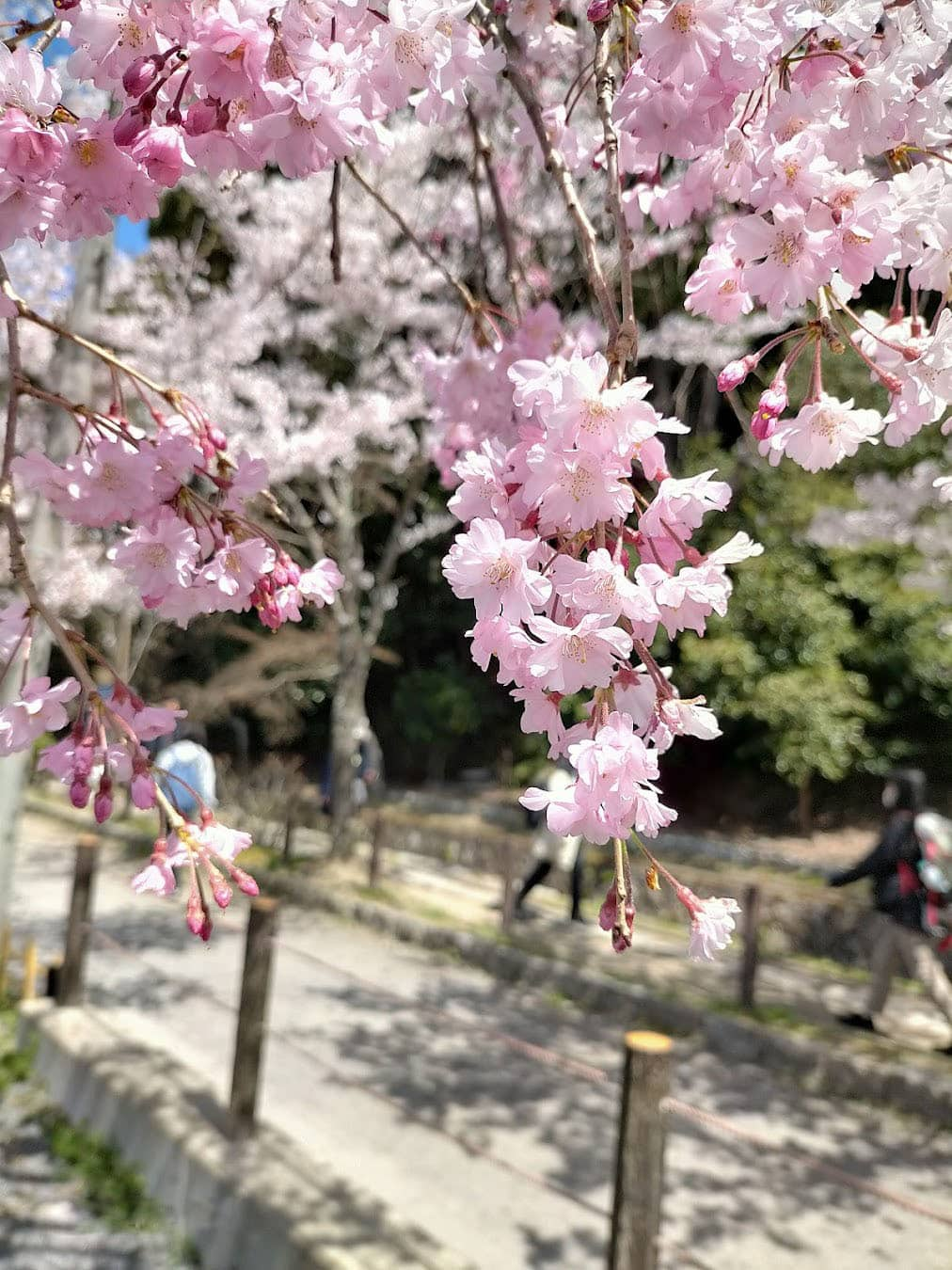
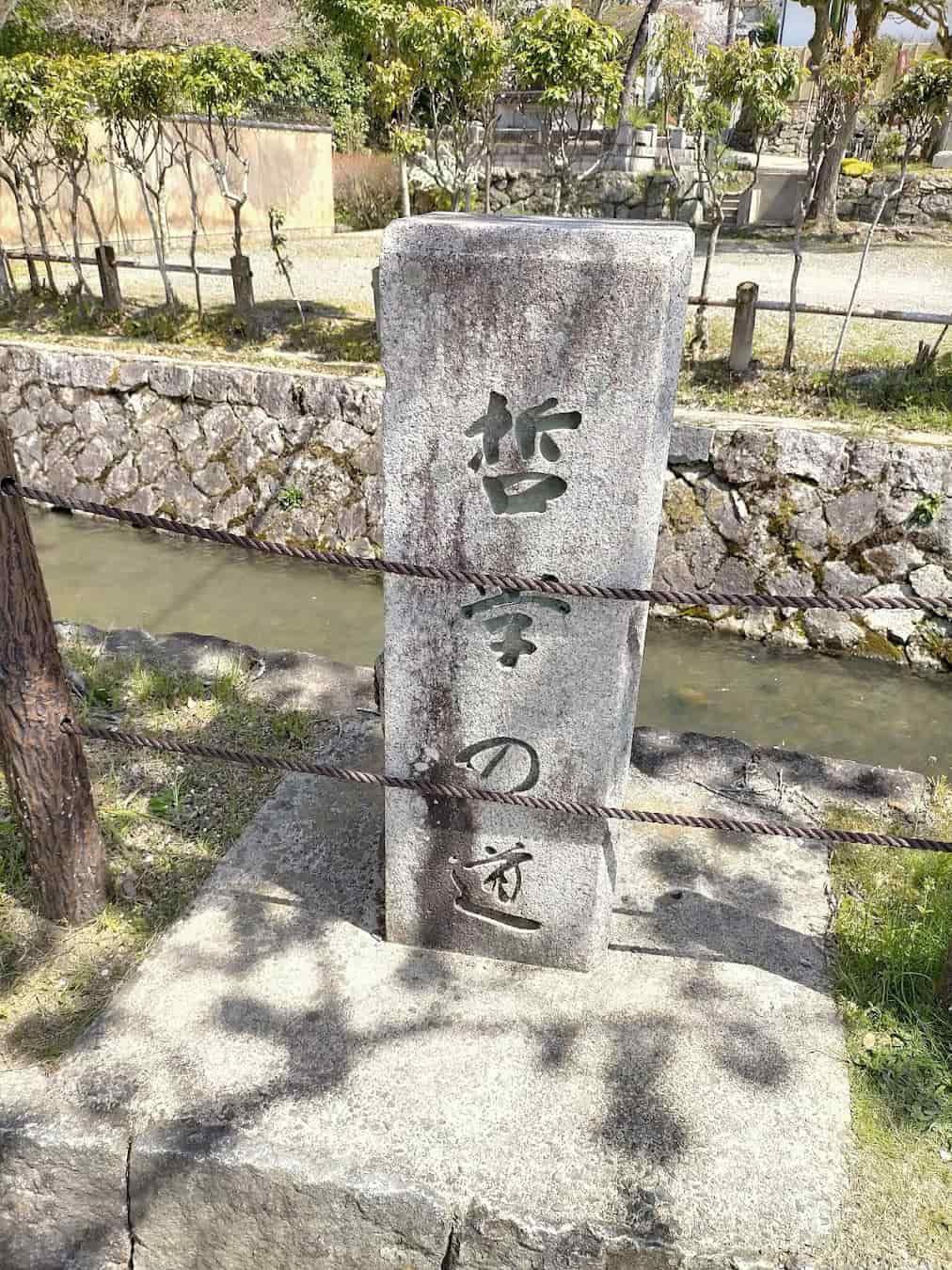
4. Wander Through Gion
Kyoto’s famous geisha district, Gion, is free to explore. I suggest visiting in the early evening when you might catch a glimpse of geiko or maiko hurrying to their appointments. The traditional architecture and atmospheric streets make for great photos.
5. Visit Nishiki Market
Although buying food here isn’t free, window shopping at Nishiki Market costs nothing. I love wandering through this covered arcade, taking in the sights, sounds, and smells of Kyoto’s culinary scene. Many vendors offer free samples, so you might even snag a tasty treat!
6. Climb Daimonji Mountain
For panoramic views over Kyoto, hike up Daimonji Mountain. It’s a bit of a climb, but the vista from the top is well worth the effort. Time your visit for sunset for a truly spectacular scene. Bring water and wear sturdy shoes for the hike.
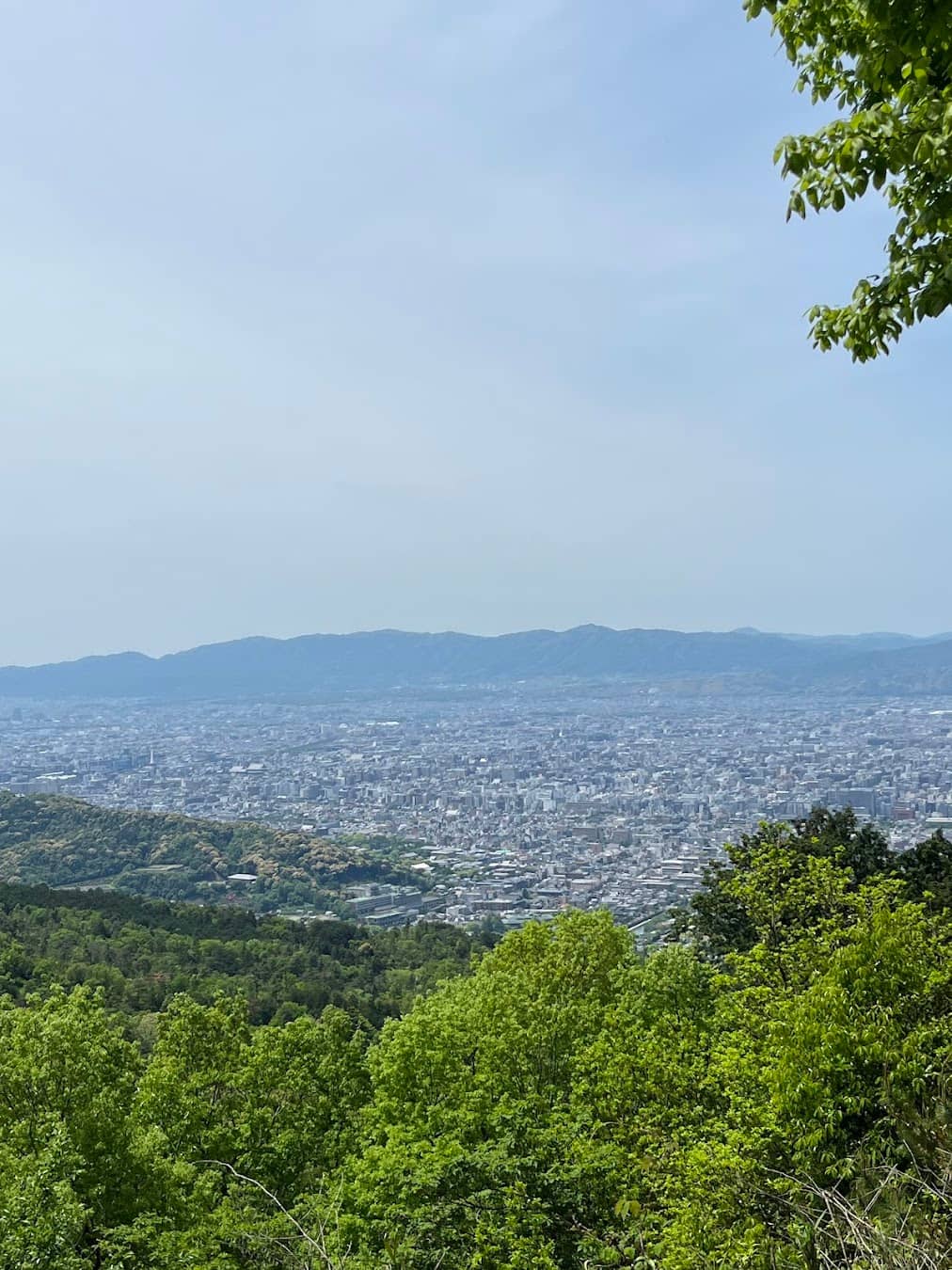


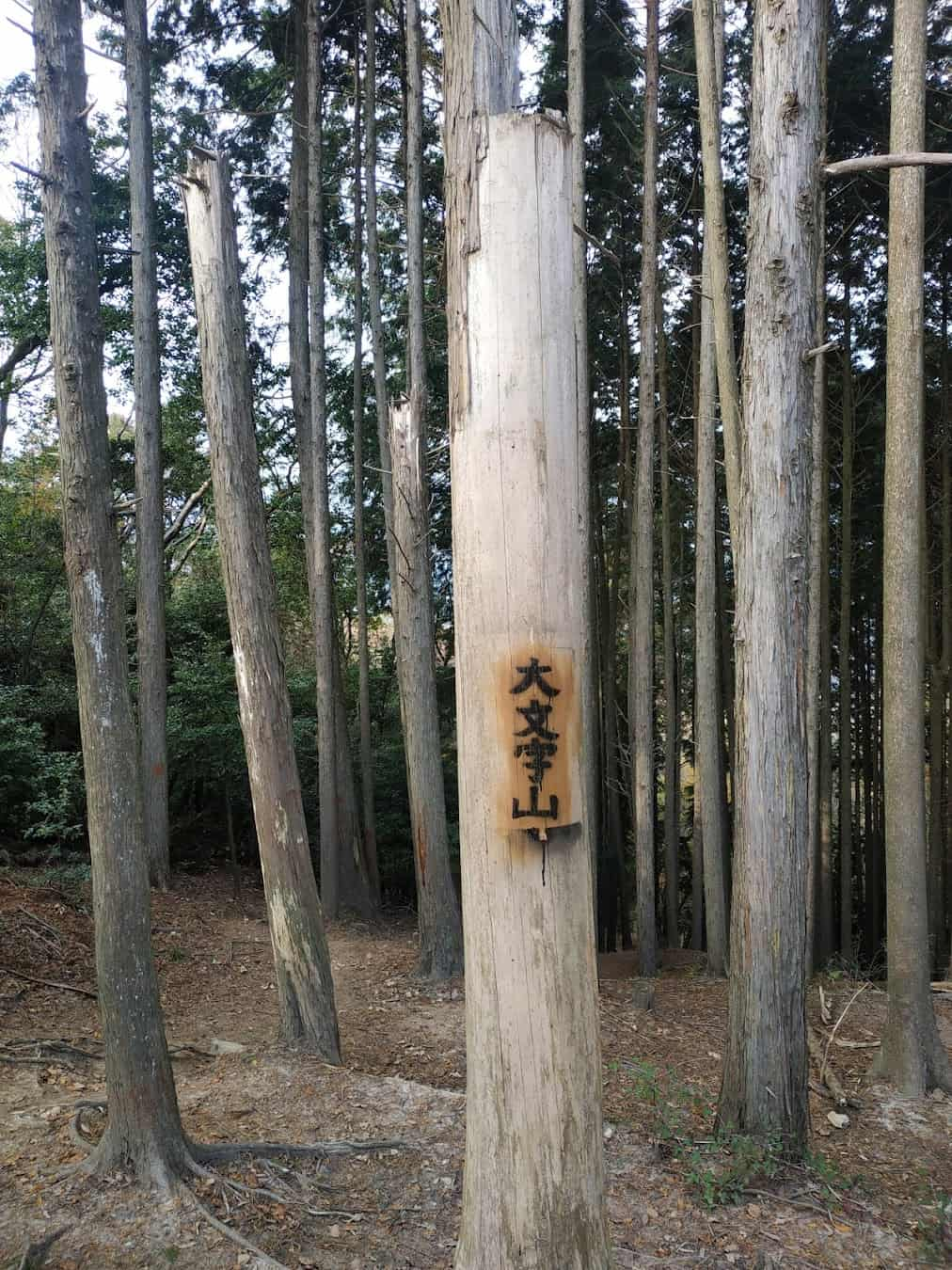
Seasonal Activities in Kyoto 🌞
Spring: Cherry Blossom Magic 🌷
If you’re visiting Kyoto in spring, you’re in for a treat. The city transforms into a pink wonderland during cherry blossom season, typically in early April. I recommend strolling along the Philosopher’s Path or picnicking under the blooms in Maruyama Park. It’s a magical experience you won’t forget.
Summer: Festivals Galore 🏖️
Summer in Kyoto is hot and humid, but it’s also packed with festivals. The Gion Matsuri in July is one of the most famous, with massive floats parading through the streets. I also love the Mitarashi Festival at Shimogamo Shrine, where you can dip your feet in the cool river and enjoy traditional snacks.
Autumn: Foliage Frenzy 🍂
Kyoto is considered one of the best places in Japan to see autumn colors. The temples and gardens throughout the city come alive with vibrant reds, oranges, and golds. My top picks for foliage viewing are Tofuku-ji Temple, Kiyomizu-dera, and the Arashiyama area. Insider Tip: Visit early in the morning to beat the crowds.
Winter: Illuminations and Quiet Charm ❄️
Although Kyoto sees fewer tourists in winter, it’s a wonderful time to visit. Many temples offer special illumination events, where the gardens are lit up with lanterns and light displays. Kiyomizu-dera and Kodai-ji are particularly stunning. Winter is also a great time to enjoy Kyoto’s hot springs and hearty seasonal cuisine.
Day Trips from Kyoto 🗺️
1. Nara: Ancient Capital and Deer Park
Just a short train ride from Kyoto, Nara is a must-visit destination. I recommend spending a full day exploring its UNESCO World Heritage sites, including Todaiji Temple with its massive bronze Buddha. Don’t miss Nara Park, where friendly deer roam freely. Insider Tip: Buy some shika senbei (deer crackers) to feed the deer, but be prepared for some enthusiastic attention!
2. Osaka: Urban Adventures and Street Food
Osaka, often called Japan’s kitchen, is a food lover’s paradise. I suggest taking a stroll down Dotonbori Street to sample local delicacies like takoyaki and okonomiyaki. For a bird’s eye view of the city, head up to the Umeda Sky Building. Time Saver: Use your Japan Rail Pass for a quick 30-minute trip from Kyoto to Osaka.
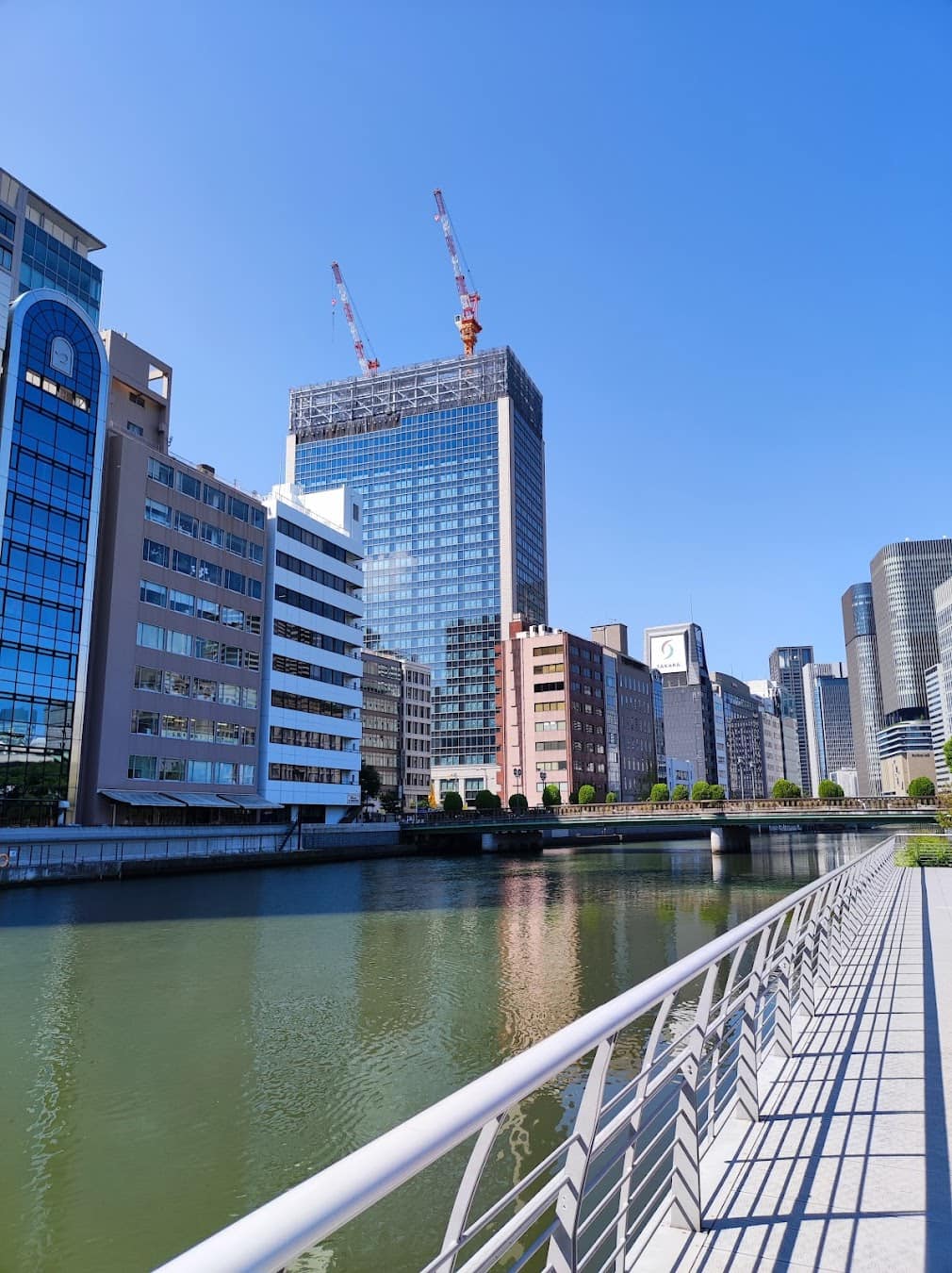

3. Uji: Green Tea Heaven
Uji, located between Kyoto and Nara, is famous for its high-quality green tea. I love visiting the tea fields and participating in traditional tea ceremonies here. Don’t miss Byodoin Temple, featured on the 10 yen coin. Top Tip: Try Uji’s specialty, matcha flavored everything – from ice cream to soba noodles!
4. Arashiyama: Bamboo Groves and Monkey Park
While technically part of Kyoto, Arashiyama feels like a day trip. The famous bamboo grove is stunning, but I also recommend visiting Iwatayama Monkey Park for panoramic views of Kyoto. Rent a bike to explore the area more efficiently. Money Saver: Many temples in Arashiyama offer combination tickets, saving you money on entrance fees.

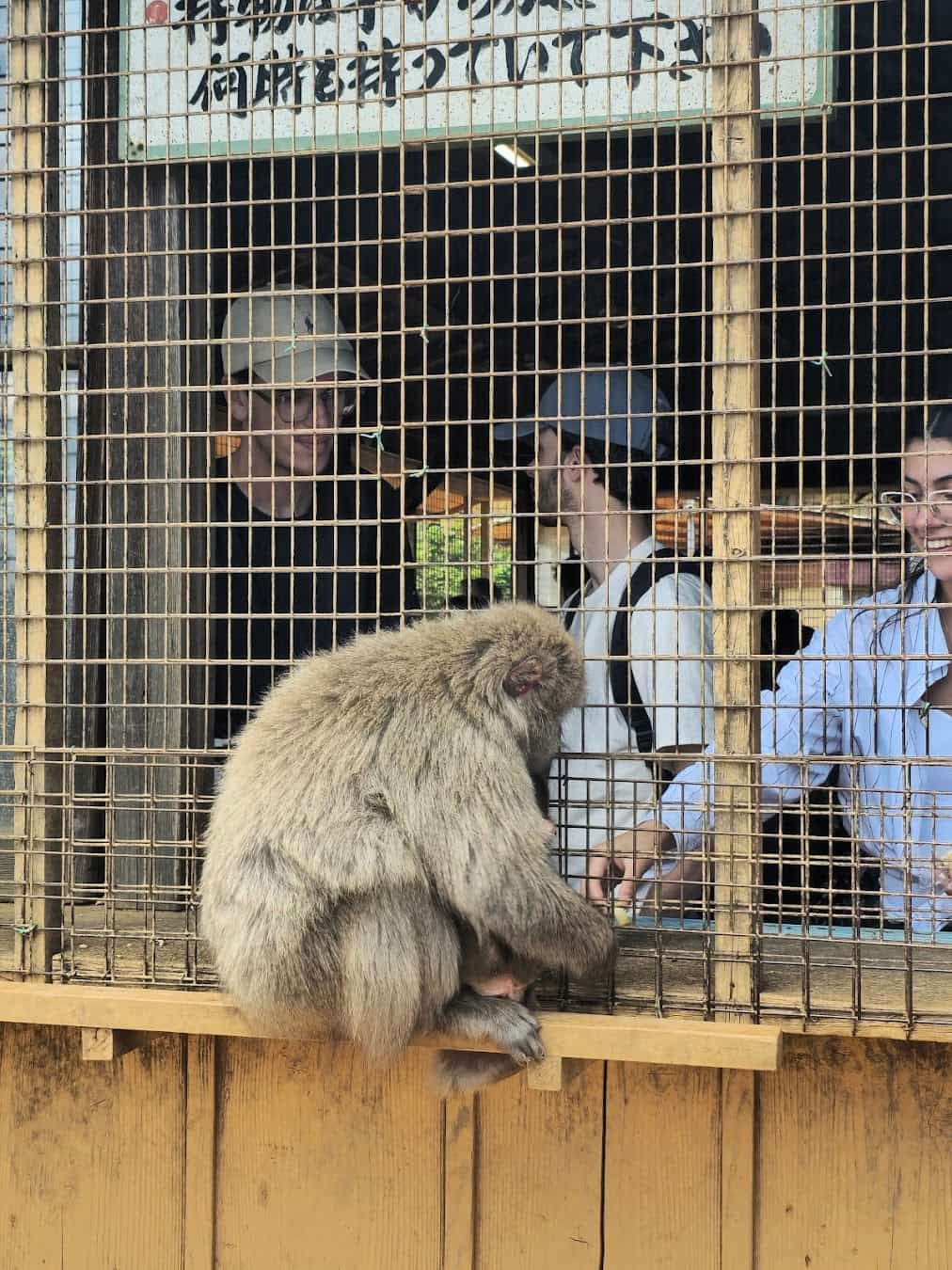
5. Himeji: Japan’s Most Beautiful Castle
If you’re a history buff, don’t miss Himeji Castle. It’s one of Japan’s few original castles and a UNESCO World Heritage site. The brilliant white exterior and complex architecture are breathtaking. I suggest joining a guided tour to learn about the castle’s ingenious defensive design.

6. Kobe: Port City Charm
Famous for its beef, Kobe offers more than just culinary delights. I love wandering through the Kitano area with its Western-style houses. For a unique experience, visit the Sake breweries in the Nada district. Insider Tip: Take the Shin-Kobe Ropeway for stunning views of the city and surrounding mountains.
FAQs about Things to Do in Kyoto ❔
What is Kyoto best known for?
Kyoto is best known for its numerous Buddhist temples, Shinto shrines, traditional gardens, geisha culture, and being Japan’s former imperial capital and current cultural capital.
How many days are needed in Kyoto?
Typically, 3-4 days are sufficient for most travelers to explore Kyoto’s main attractions. Some sources suggest that 5 days is an ideal amount of time to fully experience the city.
Why is historic Kyoto famous?
Historic Kyoto is famous for its well-preserved cultural heritage, including 17 UNESCO World Heritage Sites, ancient castles, historical streets, and traditional Japanese architecture.
Things to do in Kyoto with family?
While the search results don’t specifically mention family activities, families can enjoy visiting temples and shrines, exploring traditional gardens, experiencing tea ceremonies, and visiting cultural museums. The Kyoto Railway Museum and Kyoto Aquarium are also popular family-friendly attractions.
